by GardenLover | Sep 29, 2016 | Trendspotting
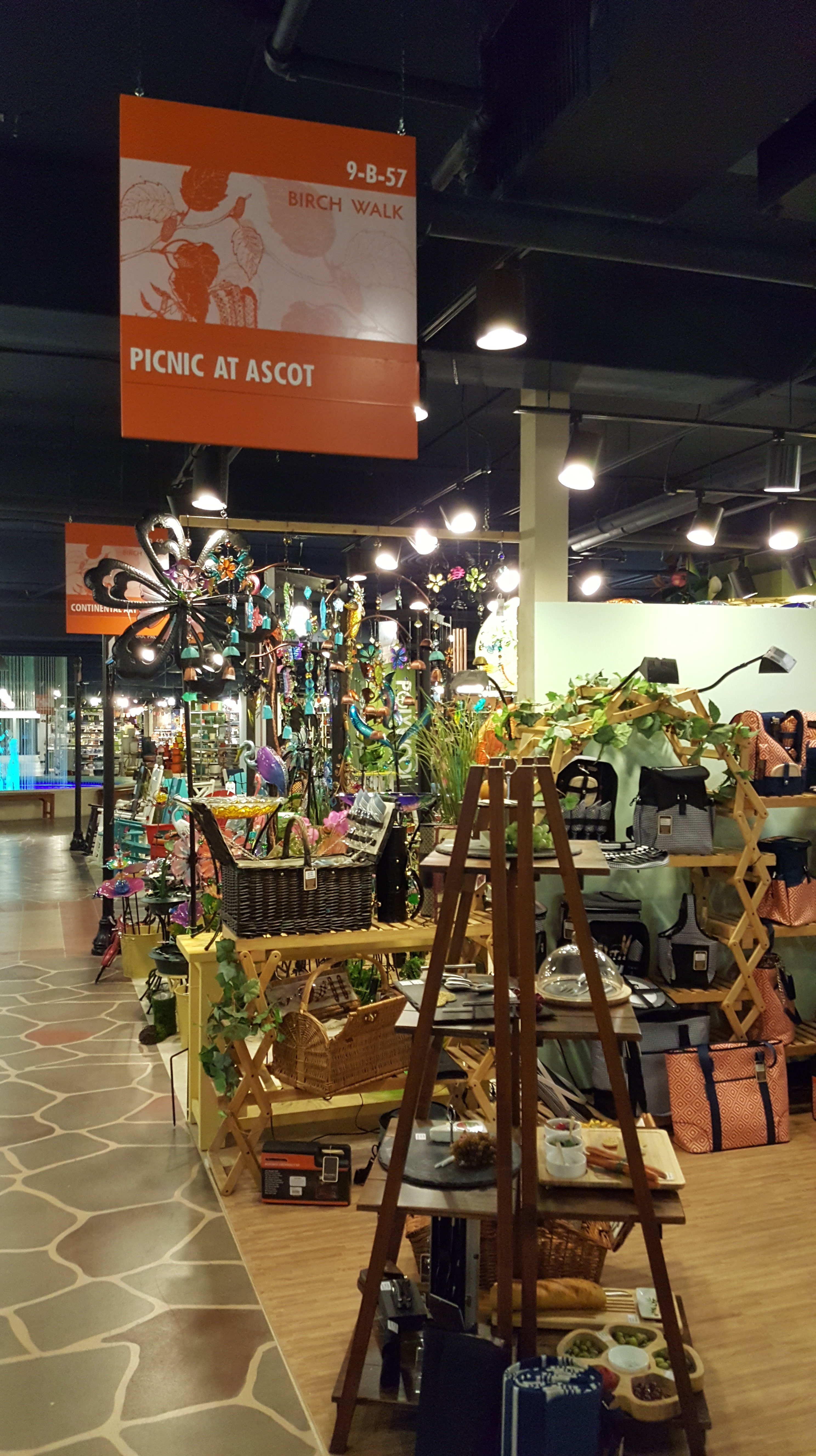 By Teresa Woodard
By Teresa Woodard
Heartland Gardening headed to the International Gift and Home Furnishings Market at AmericasMart Atlanta to uncover trends in outdoor furnishings. Here are a few to inspire your outdoor spaces.
1) Upgraded Recycled Furniture – One furniture manufacturer is transforming landfill waste into attractive, all-weather furniture.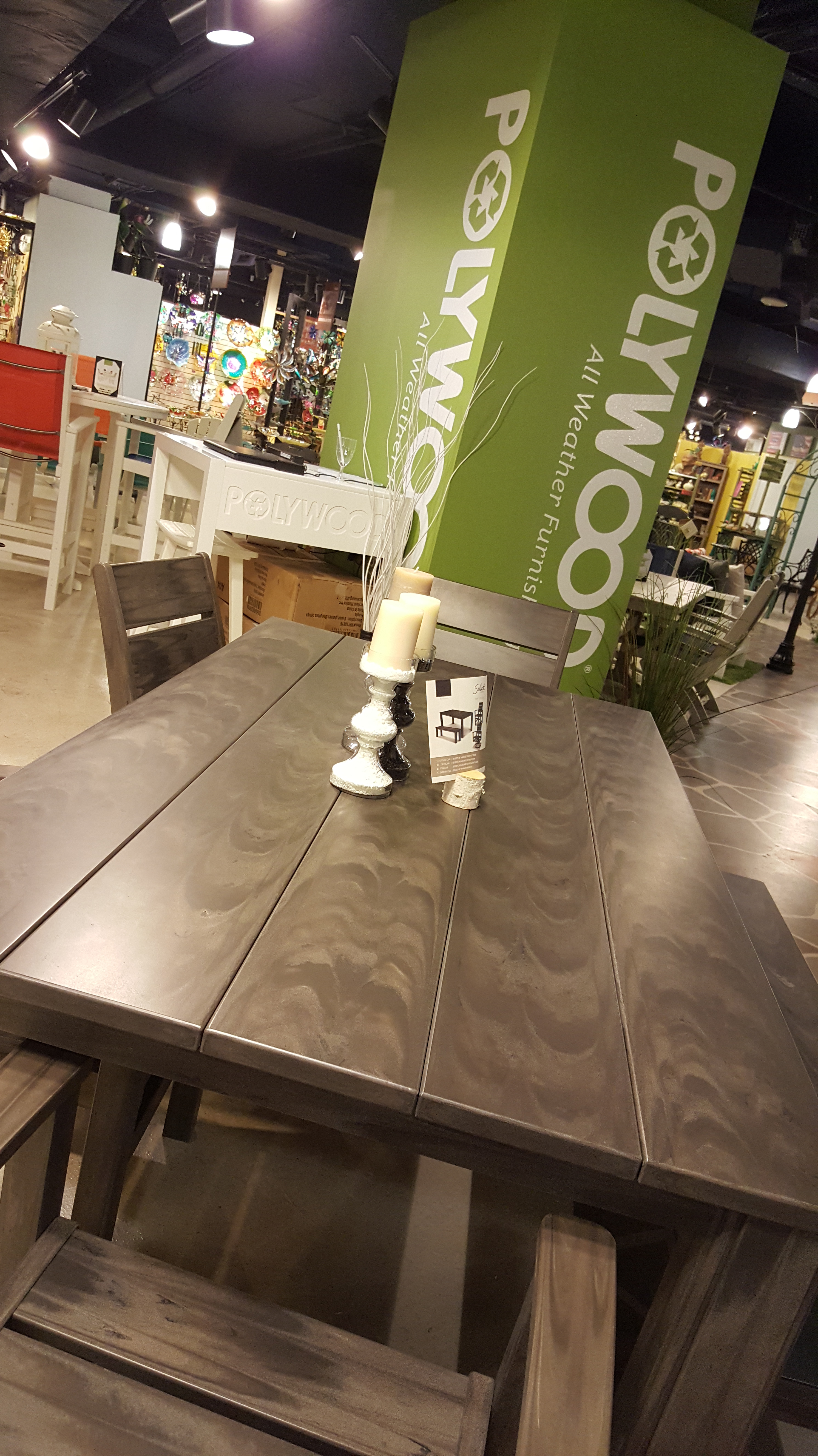
2) Retro Camp Gear – The growing fireplace craze is generating renewed interest in camp tools like pie irons, marshmallow sticks and popcorn poppers.
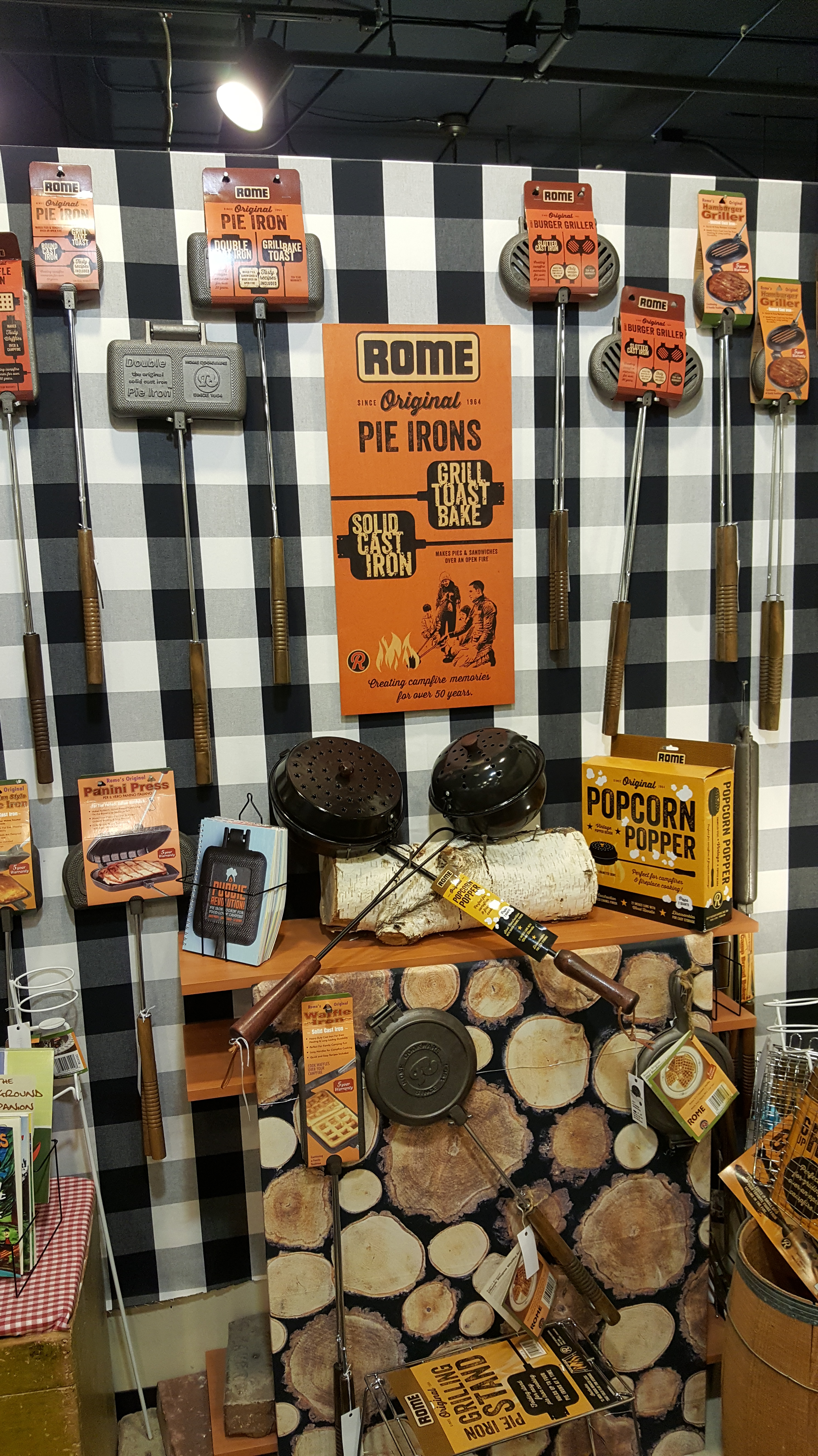
3) Cutting-edge Metal Furnishings – The laser-cut trend of the fashion industry is now entering the outdoor furnishings industry with metal benches cut in intricate patterns.

4) New Heights for Miniatures –The miniature craze remains strong with holiday additions and whimsical nature-inspired abodes.
5) Parisian Bistro-Weave –The classic French bistro chairs of the 19th century cafes are popping up inside kitchens and outside on patios. Available in a variety of colors and patterns, they easily mix with rustic or sophisticated pieces.
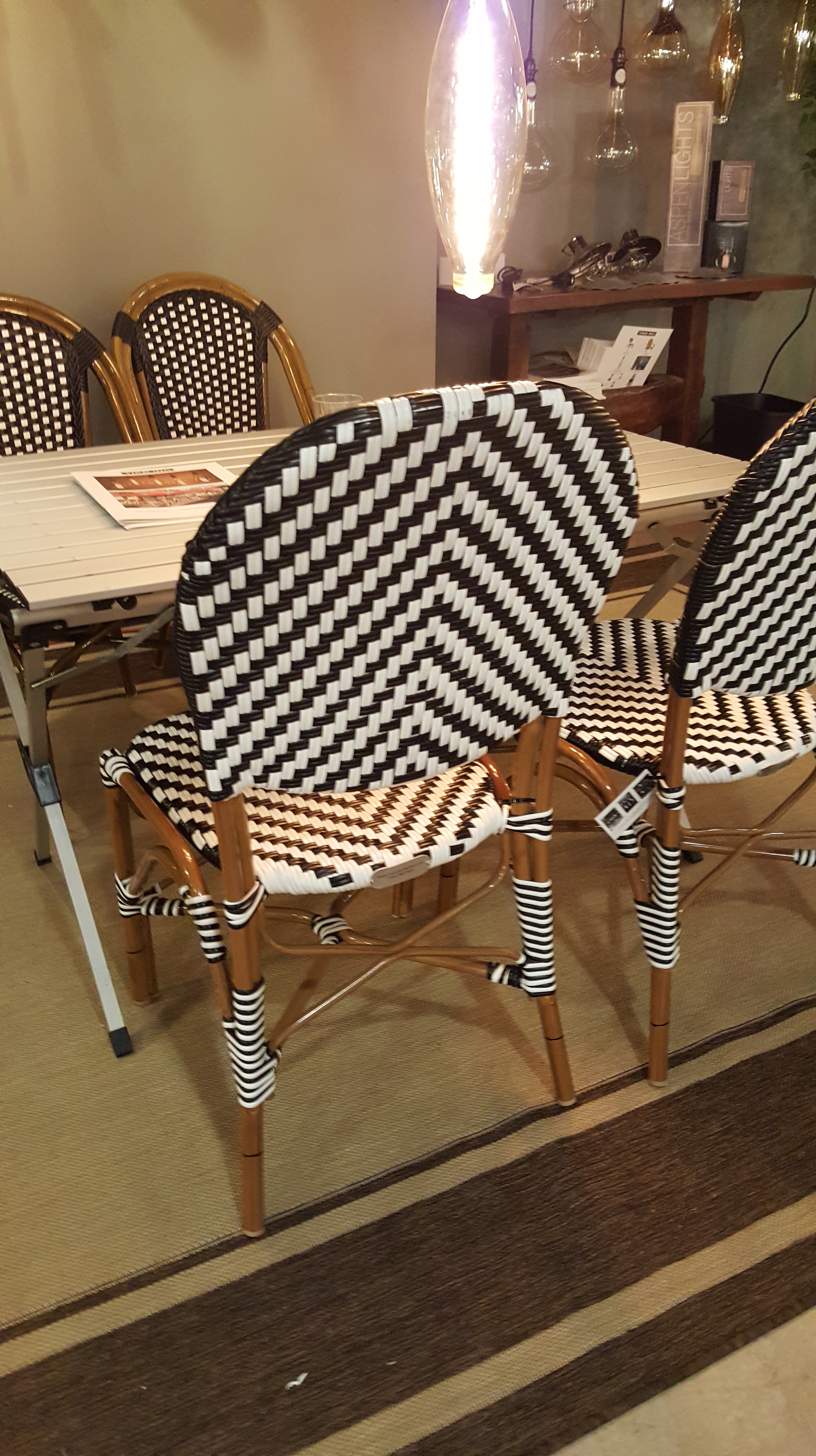
6) Tiki Fun – The Tiki culture, more of 1930s Hollywood than true Polynesia, is enjoying a revival in today’s backyards as homeowners create tropical backyard vacation destinations.
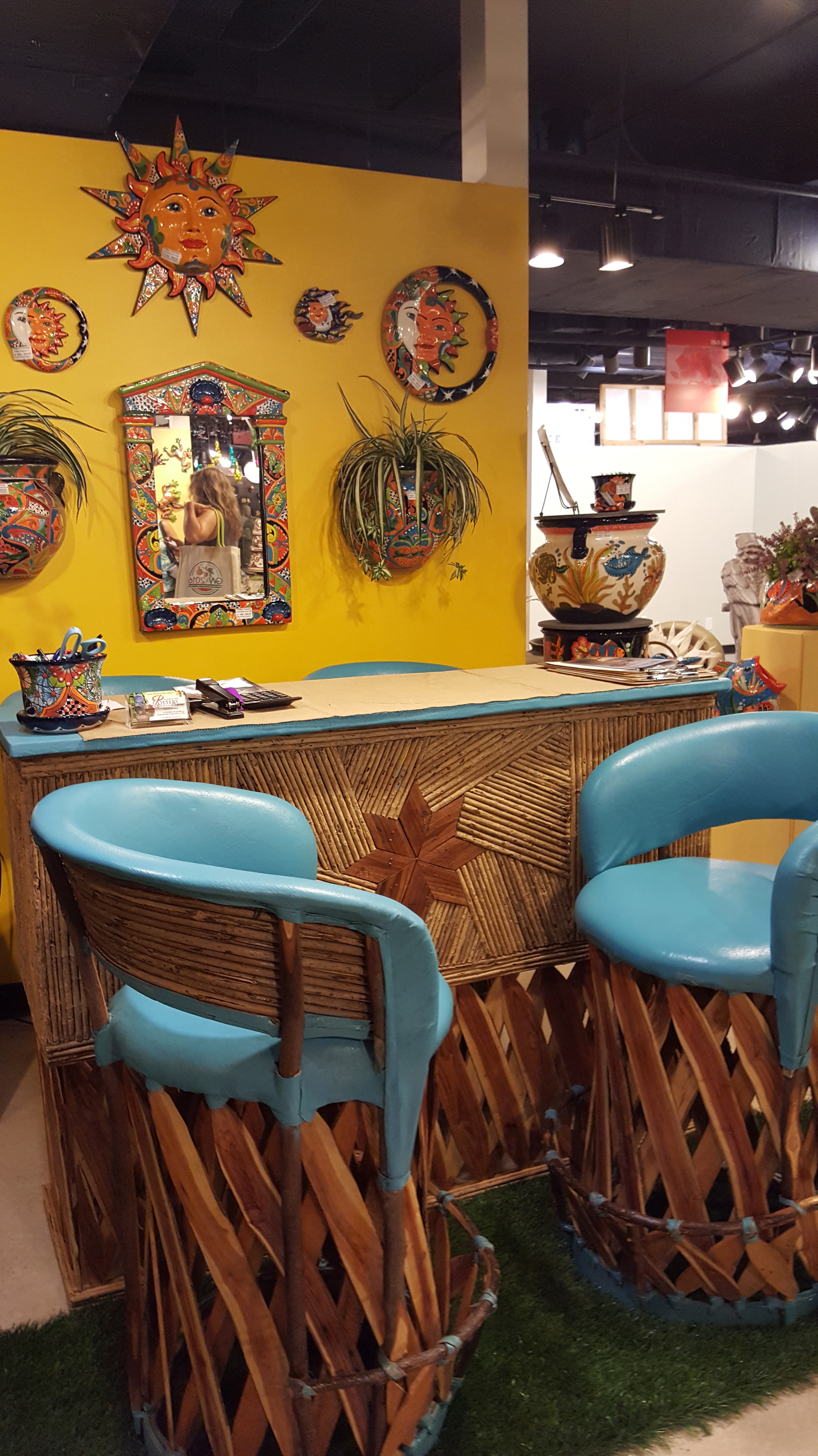
7) Modern Zen – Stone sculptures make striking centerpieces in minimalist and meditative gardens.
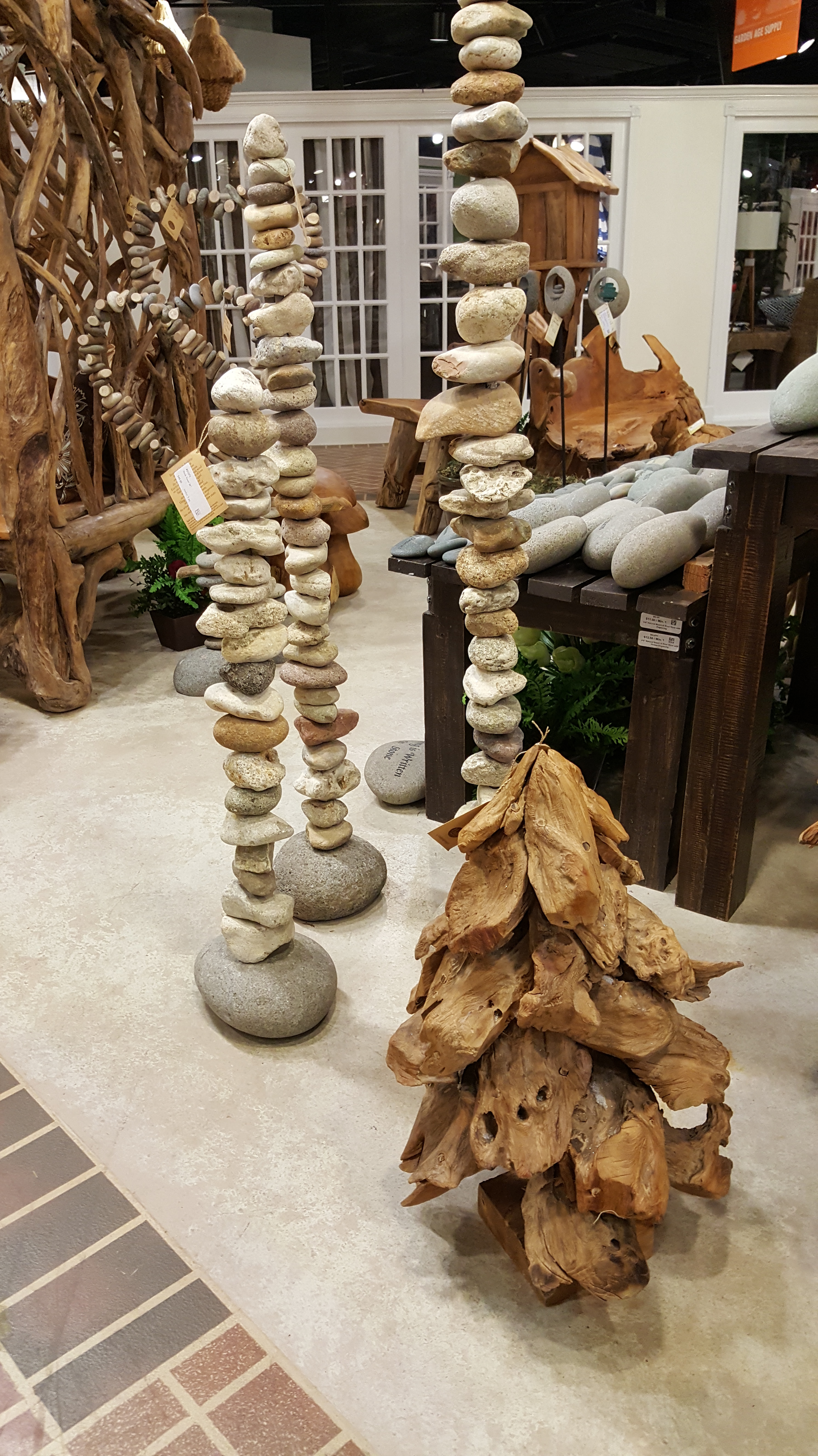
8) Statement Containers – Today’s containers go luxe in grand scale, jewel-tone colors and stone and metallic finishes.
9) Stacked stone fountains – These smaller bubbling water features offer the alluring sound and wildlife water source without the stagnant water of traditional bird baths or the maintenance hassles of larger water features.
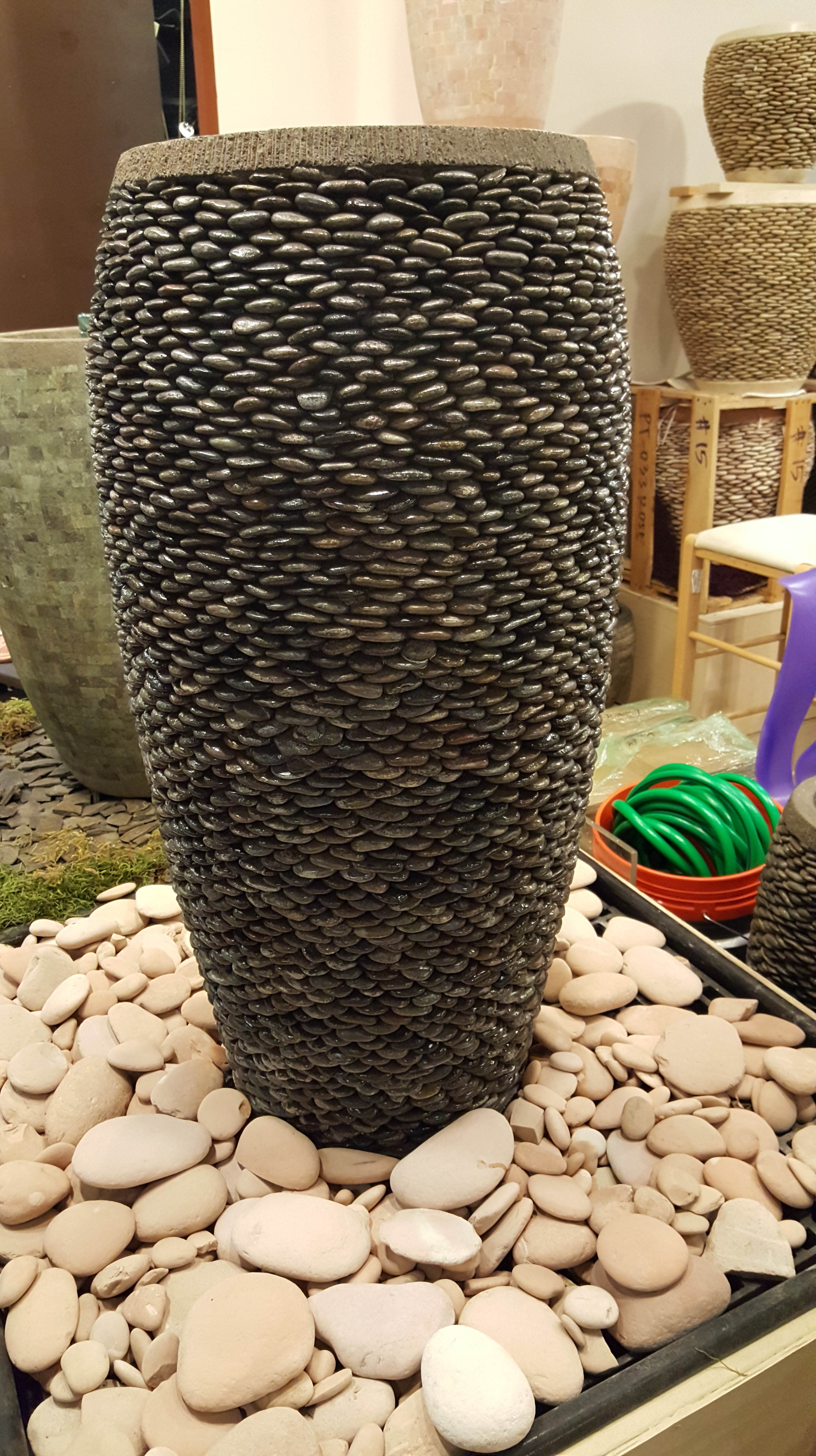
10) Salvaged wood furnishings – Look for painted pieces to add some colorful funk to your backyard.
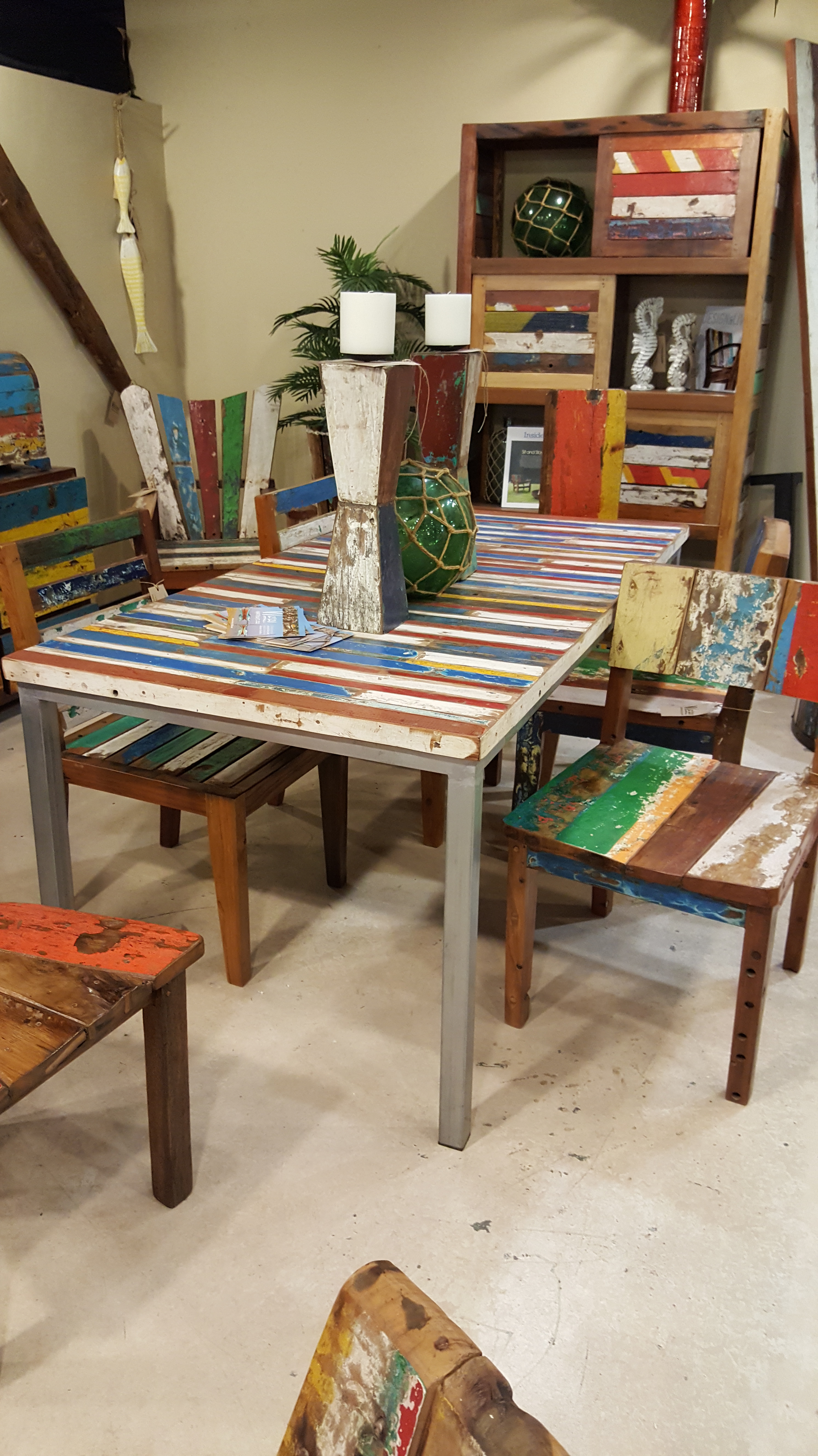
by GardenLover | Sep 9, 2016 | Favorite Flora, Trendspotting
Professional Conferences and Trade Shows = More Plants, People and Gardens
By Debra Knapke
I have been attending the Annual Symposium of the Perennial Plant Association since 1992. This conference is held in different locations in the United States and Canada. It combines education sessions and tours geared toward designers, growers and retailers for whom herbaceous perennials are a part of their business focus. I have visited many prestigious Botanical Gardens and Arboretums and countless private gardens that are not often open to the public. This year, I travelled to Minneapolis, and this was the best yet (I say this, every year).
Below is a very small sample (out of 110 images) of what I experienced in early August.
Plants, Plants and more Plants
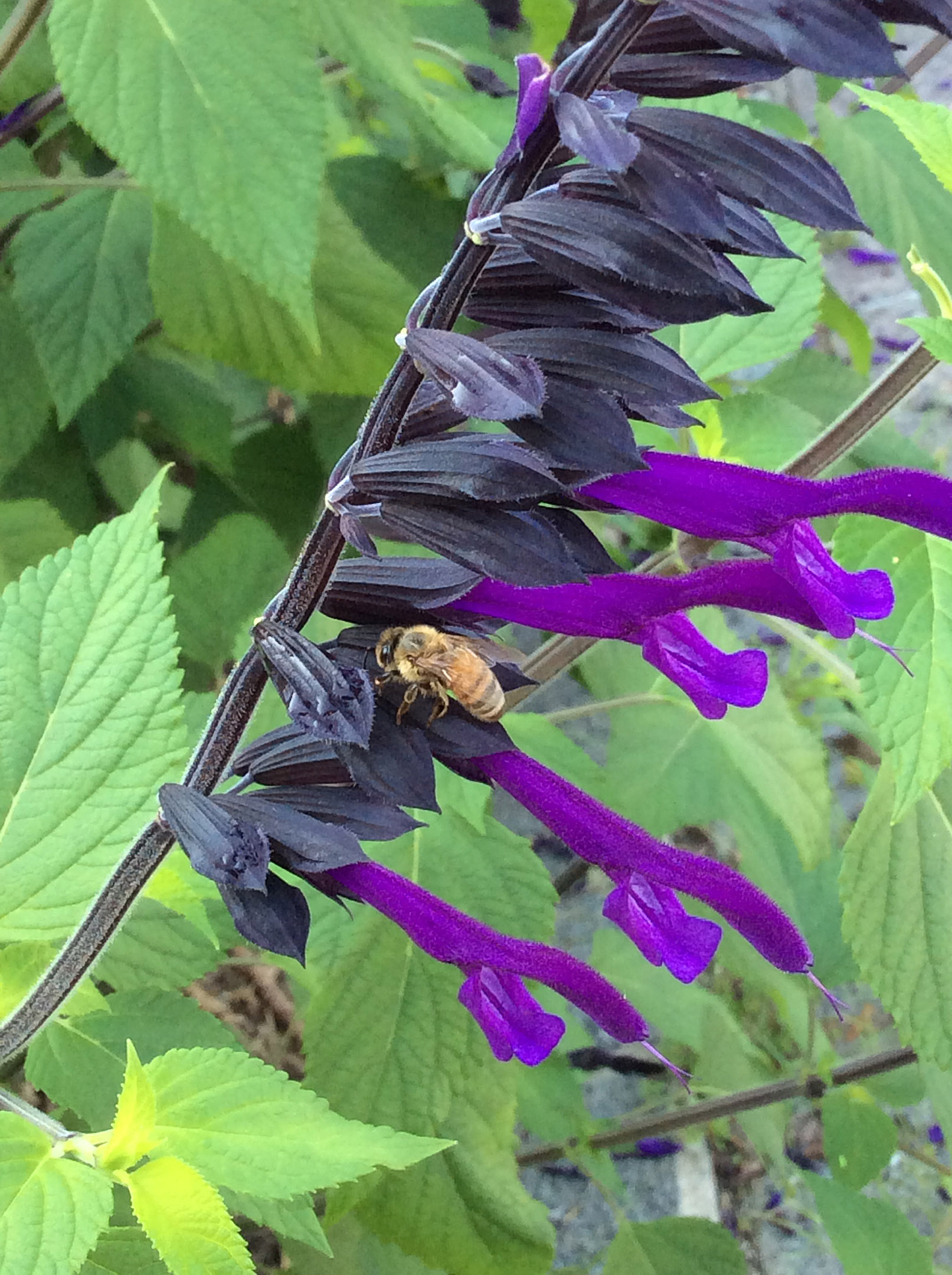 Sages are among my favorite plants: gorgeous flowers, hummingbird and other pollinator attractors, herbal uses, and easy to grow. Above is one of the Brazilian sage species (Salvia guaranitica ‘Amistadt’). Its electric purple blooms call you from across the garden. An older sibling (below) is Black and Blue sage (Salvia guaranitica ‘Black and Blue’). When you grow this sage in your garden be prepared to be strafed by hummingbirds if you happen to be weeding when they wish to feed.
Sages are among my favorite plants: gorgeous flowers, hummingbird and other pollinator attractors, herbal uses, and easy to grow. Above is one of the Brazilian sage species (Salvia guaranitica ‘Amistadt’). Its electric purple blooms call you from across the garden. An older sibling (below) is Black and Blue sage (Salvia guaranitica ‘Black and Blue’). When you grow this sage in your garden be prepared to be strafed by hummingbirds if you happen to be weeding when they wish to feed.
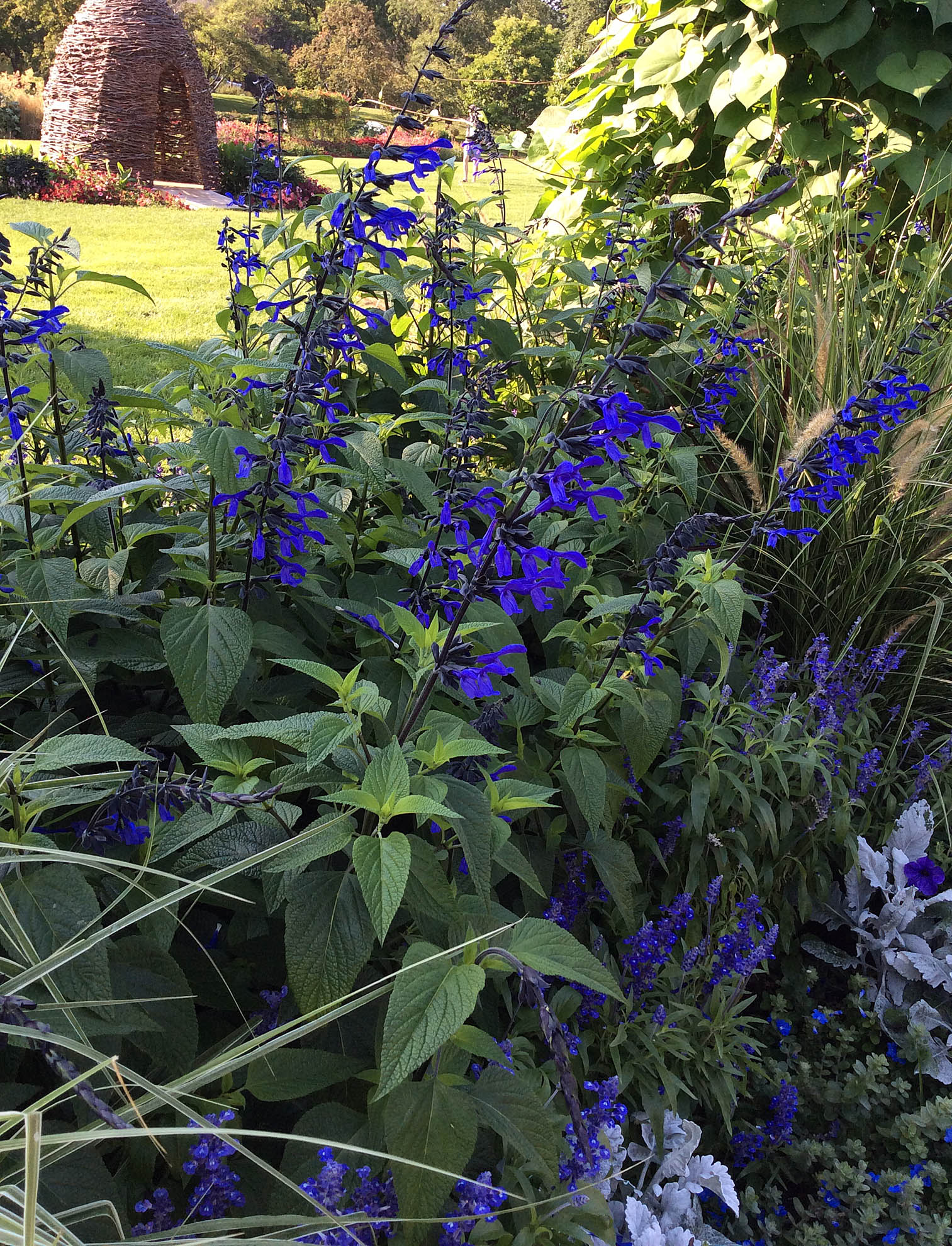
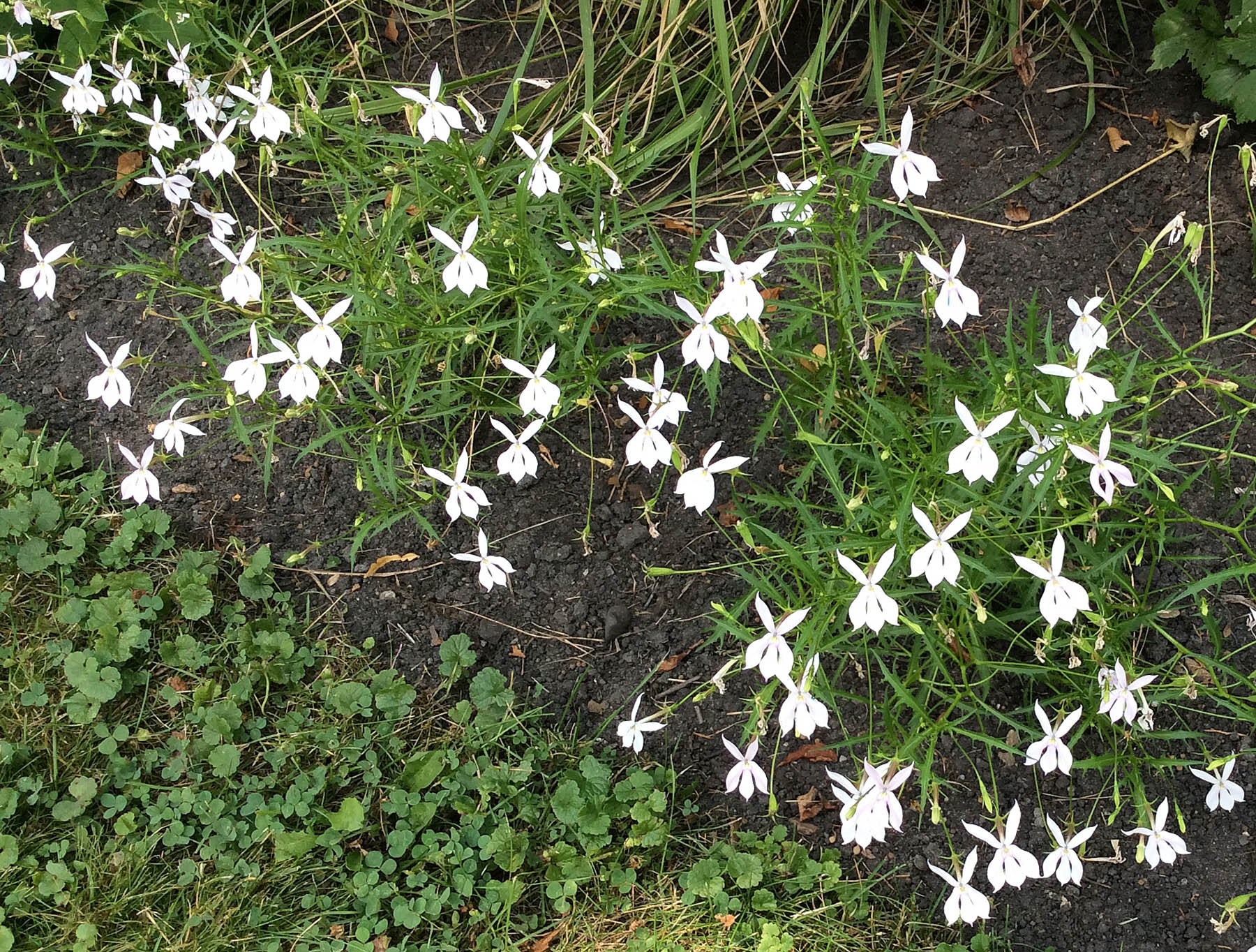 From time the time, the experts are stumped. This lovely little annual had many of us asking: “What is this?” When we found a docent who had the plant list and learned that we were looking at a large-flowered laurentia (Isotoma axillaris ‘Avant Garde White’), there were more than a few sheepish expressions. The flowers were approximately 1.5” in diameter – they are usually much smaller – and they danced in the breeze. And, another plant goes on the list for next year!
From time the time, the experts are stumped. This lovely little annual had many of us asking: “What is this?” When we found a docent who had the plant list and learned that we were looking at a large-flowered laurentia (Isotoma axillaris ‘Avant Garde White’), there were more than a few sheepish expressions. The flowers were approximately 1.5” in diameter – they are usually much smaller – and they danced in the breeze. And, another plant goes on the list for next year!
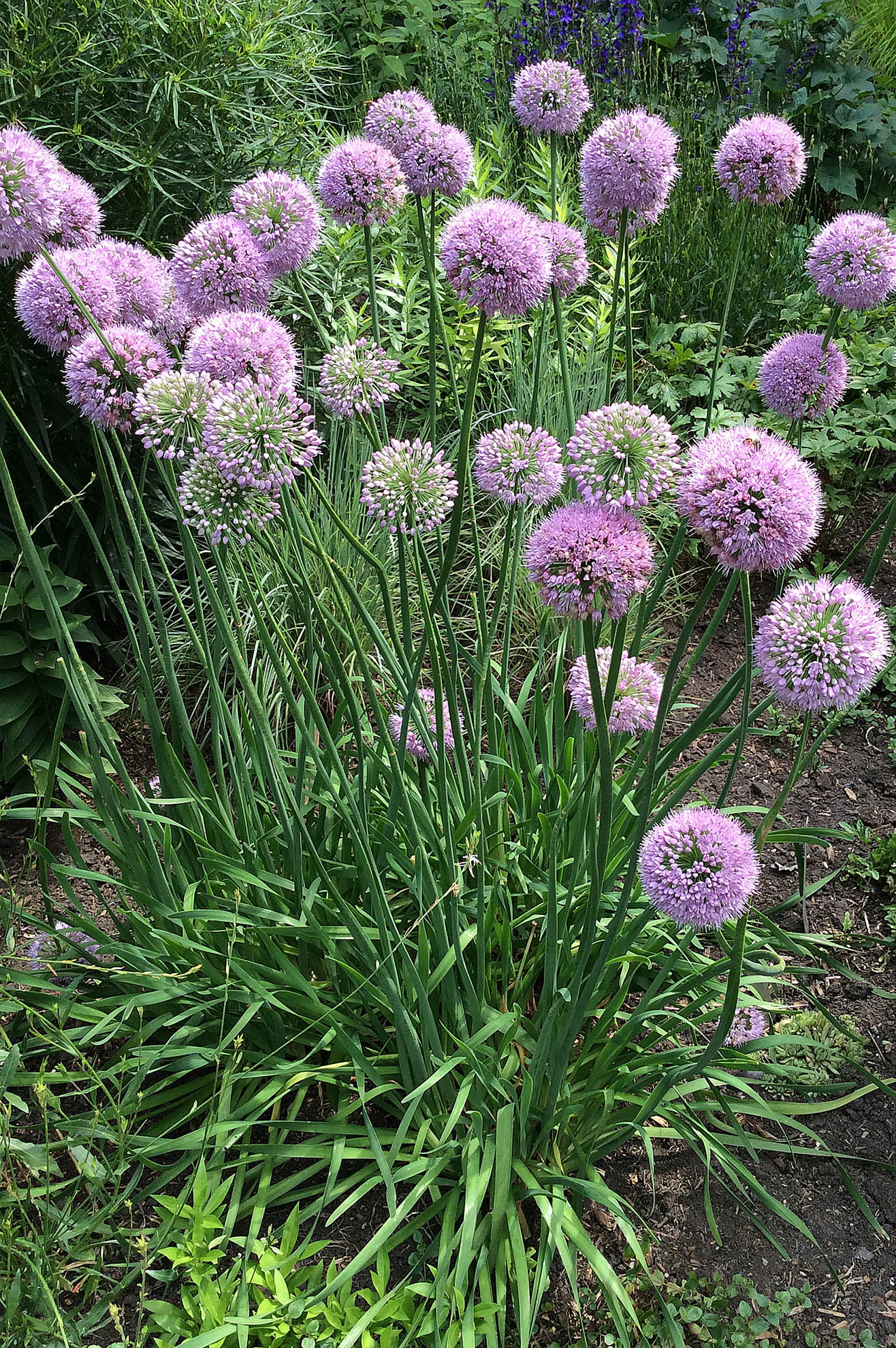 Alliums are another useful plant in the garden. One downside is their excessive seeding. After three to four years, you may have only alliums in your garden. Enter some of the new hybrids that make few to no fertile seeds. Pink Planet allium (above) is one of those new hybrids; Millennium is another – Millennium allium is now in my garden. I will let you know about its fecundity.
Alliums are another useful plant in the garden. One downside is their excessive seeding. After three to four years, you may have only alliums in your garden. Enter some of the new hybrids that make few to no fertile seeds. Pink Planet allium (above) is one of those new hybrids; Millennium is another – Millennium allium is now in my garden. I will let you know about its fecundity.
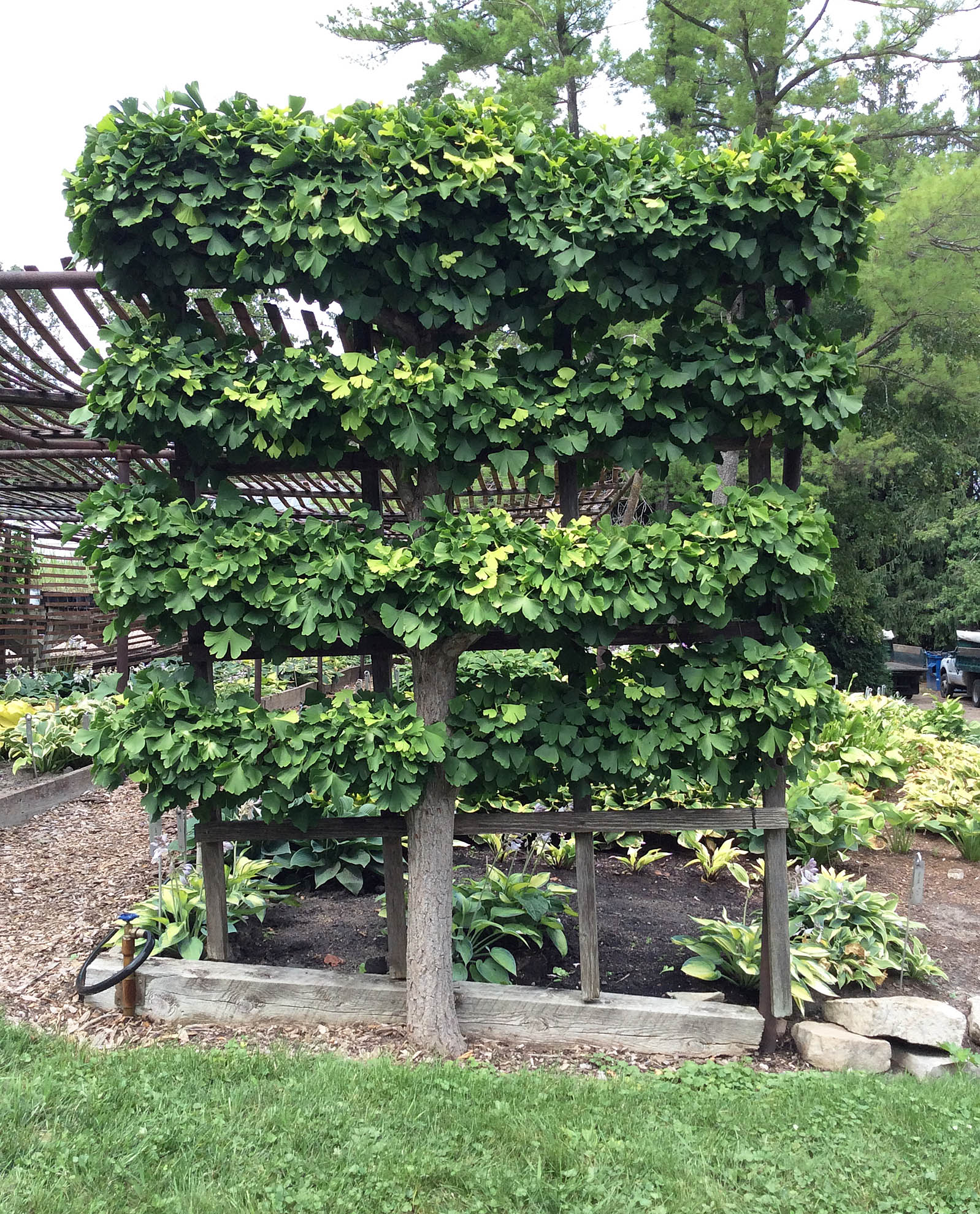 At Kelly and Kelly Nursery, we saw what patience and vision can achieve. Need a fence? Create a ginkgo espalier. If you start this project now, you can have this in 10 to 15 years, or so.
At Kelly and Kelly Nursery, we saw what patience and vision can achieve. Need a fence? Create a ginkgo espalier. If you start this project now, you can have this in 10 to 15 years, or so.
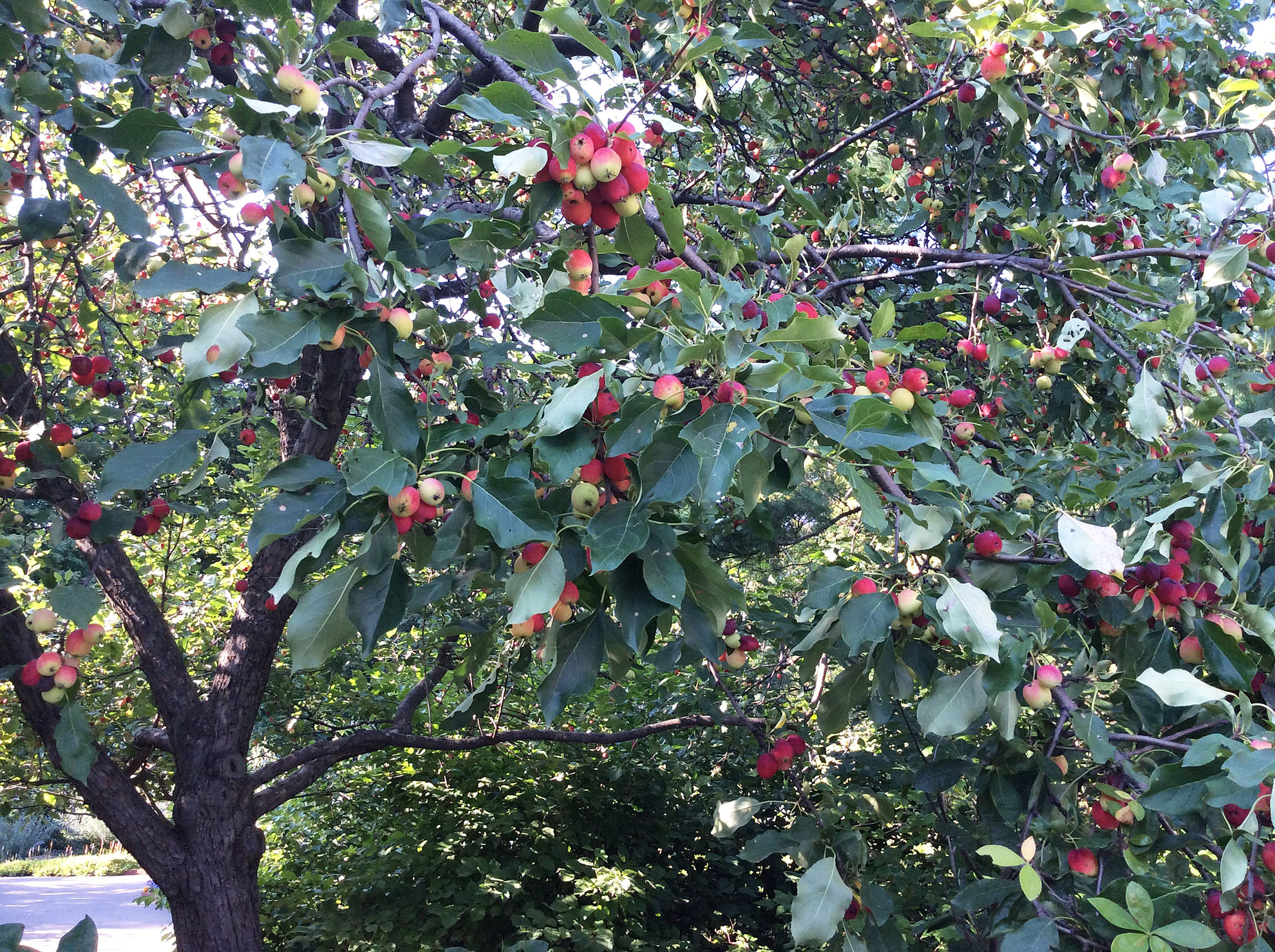 I would be remiss if I didn’t include a picture from the edible garden at the Minnesota Landscape Arboretum. If you are looking for the tastiest crabapple for jams and jellies then Dolgo crabapple (Malus ‘Dolgo’) is your tree. What is the only difference between a crabapple and an apple? The diameter of a crabapple is two inches or less; an apple is larger than two inches.
I would be remiss if I didn’t include a picture from the edible garden at the Minnesota Landscape Arboretum. If you are looking for the tastiest crabapple for jams and jellies then Dolgo crabapple (Malus ‘Dolgo’) is your tree. What is the only difference between a crabapple and an apple? The diameter of a crabapple is two inches or less; an apple is larger than two inches.
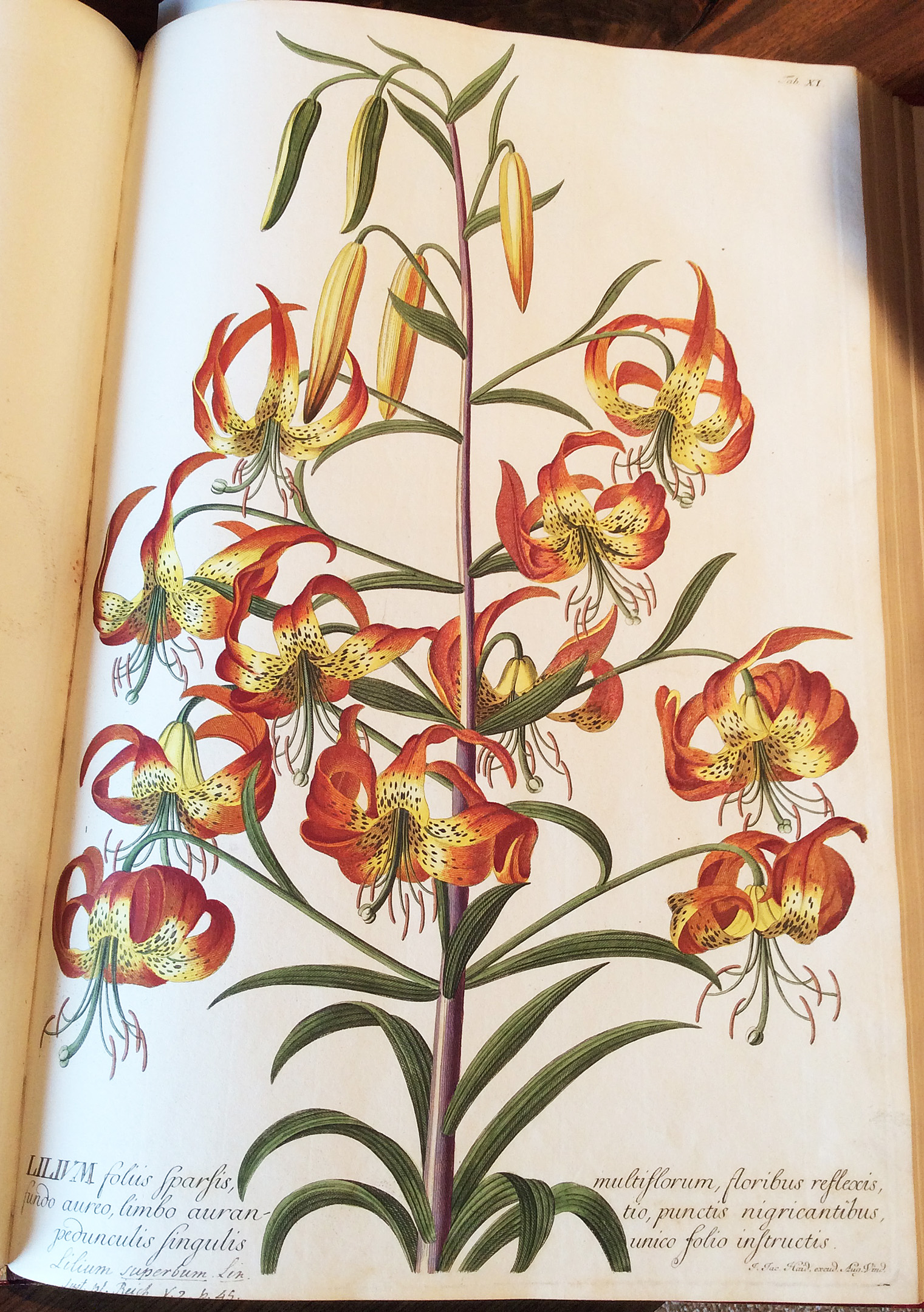 Not all of the plants we see are in pots or gardens. The Minnesota Landscape Arboretum has an extensive collection of rare books in its library. This gorgeous lily was hand-colored and sold in limited folios to those who could afford books back in 1542 — 50 years after Columbus sailed the ocean blue. (De Historia Stirpium, Leonhart Fuchs, 1542)
Not all of the plants we see are in pots or gardens. The Minnesota Landscape Arboretum has an extensive collection of rare books in its library. This gorgeous lily was hand-colored and sold in limited folios to those who could afford books back in 1542 — 50 years after Columbus sailed the ocean blue. (De Historia Stirpium, Leonhart Fuchs, 1542)
Design!
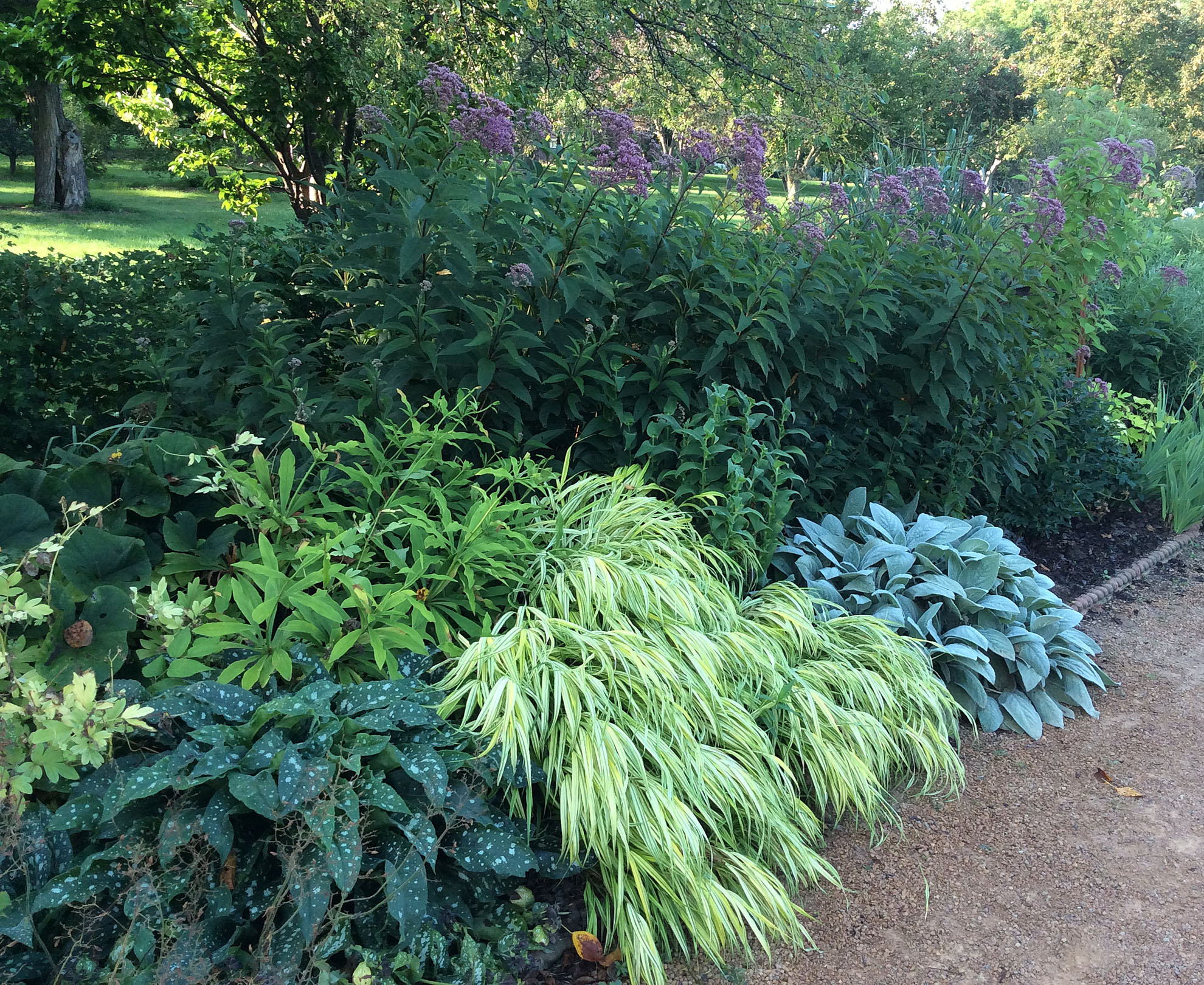 Plants are the designer’s medium. We use the tools of line, form, texture and color to create borders, beds and vignettes. We make places of order, activity, privacy and repose. Here is a border that is peaceful and textural in nature.
Plants are the designer’s medium. We use the tools of line, form, texture and color to create borders, beds and vignettes. We make places of order, activity, privacy and repose. Here is a border that is peaceful and textural in nature.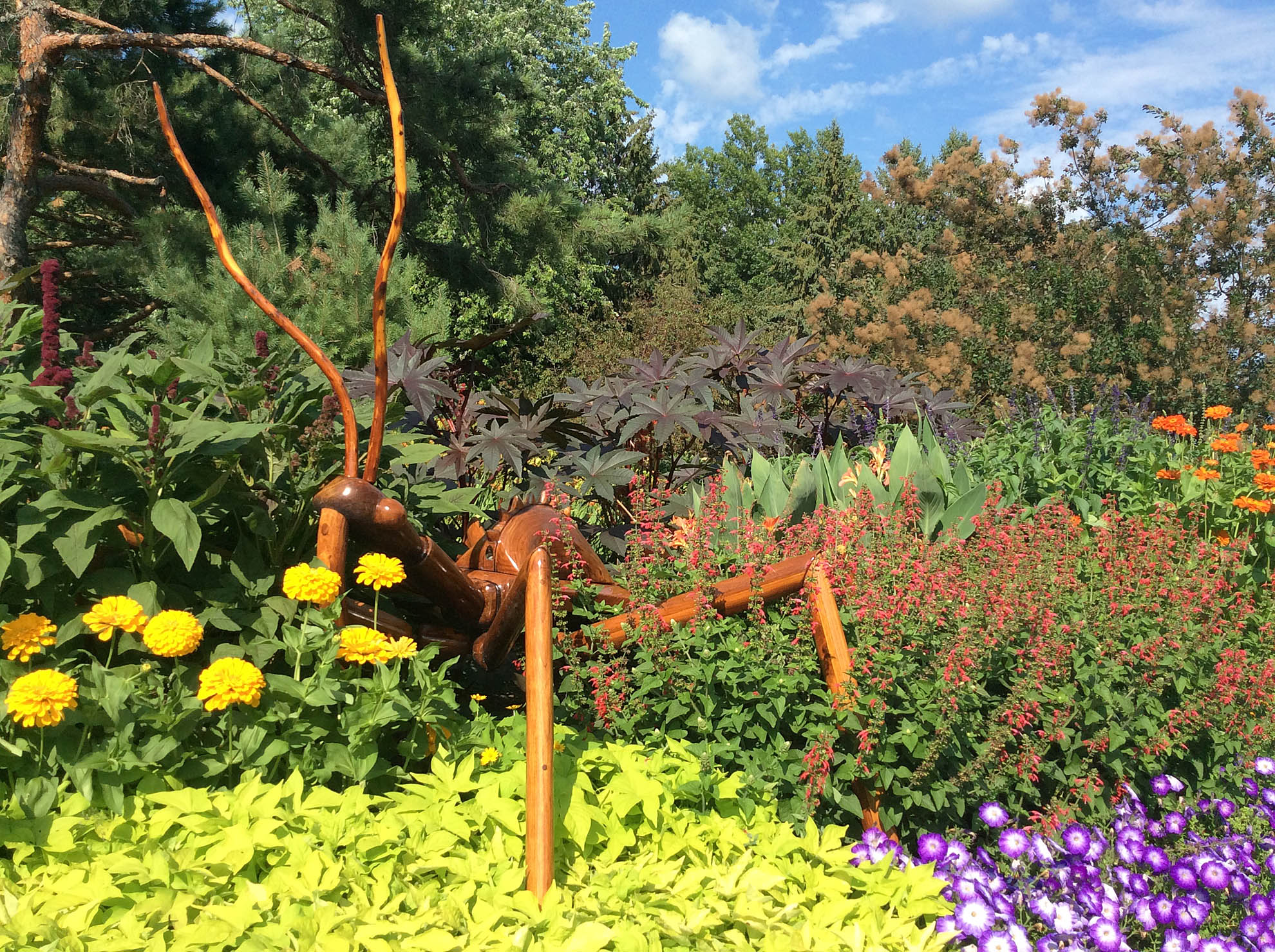
… while this border is a riot of hot colors. It also happens to be complimented by a “Big Bug” assassin bug.
Speaking of insects: bee hotels have been making appearances in all the best gardens. I’ve seen recommendations for creating tubes from paper or thin cardboard. If you look closely, you can see that all of the materials in the houses are from the garden: small drilled branches and herbaceous plant stems that are usually relegated to the compost pile. Here are two versions — a multi-level hotel and a simple bee hostal.
Coda
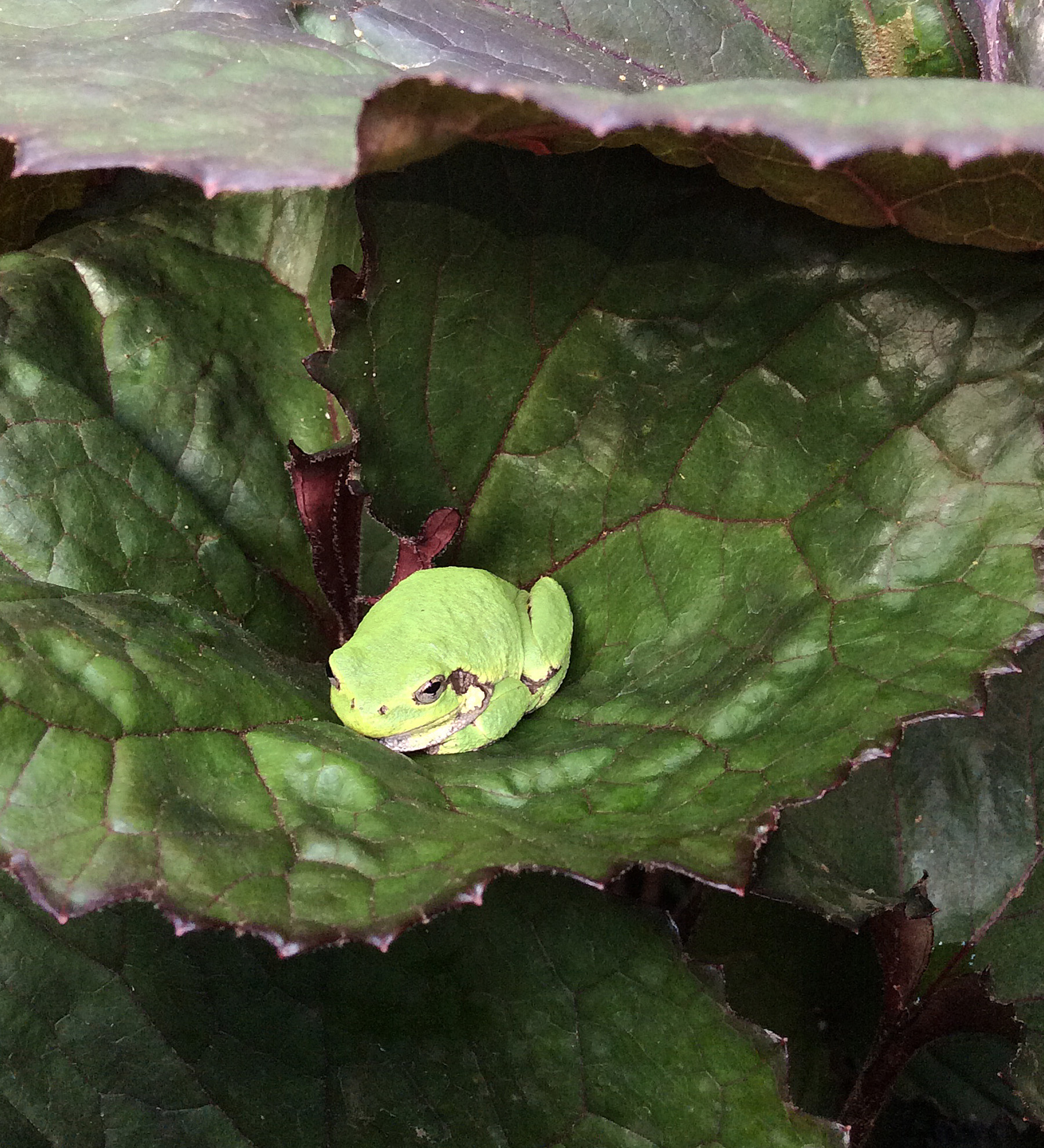 Being a plant addict is not a hopeless condition. There are times when something other than a plant grabs my attention. This green tree frog nestled in a ligularia leaf may have been one of the most photographed garden visitors on the garden tour. Of course we were discussing the perfect color harmony of the reddish-brown markings on the frog with the veins on the leaf. Get a bunch of designers together and what do you get? Endless discussions of color, form and texture in the garden!
Being a plant addict is not a hopeless condition. There are times when something other than a plant grabs my attention. This green tree frog nestled in a ligularia leaf may have been one of the most photographed garden visitors on the garden tour. Of course we were discussing the perfect color harmony of the reddish-brown markings on the frog with the veins on the leaf. Get a bunch of designers together and what do you get? Endless discussions of color, form and texture in the garden!
Wishing you a beautiful fall!
by GardenLover | Aug 19, 2016 | Garden profile, Trendspotting
Twelve Ideas You’ll Dig
By Teresa Woodard
Throughout the heartland this summer, private gardeners have graciously opened their garden gates for public garden tours. Whether it’s a pocket garden, estate landscape or suburban backyards, I always find plenty of inspiration. I jot down notes on new plants to try, clever plant combinations and innovative design details to borrow.
Here are a dozen of my favorites.
1) Design a seating area around a container water garden. It’s a conservation piece, easier to install than an in-ground water feature and adds to the view from indoors.
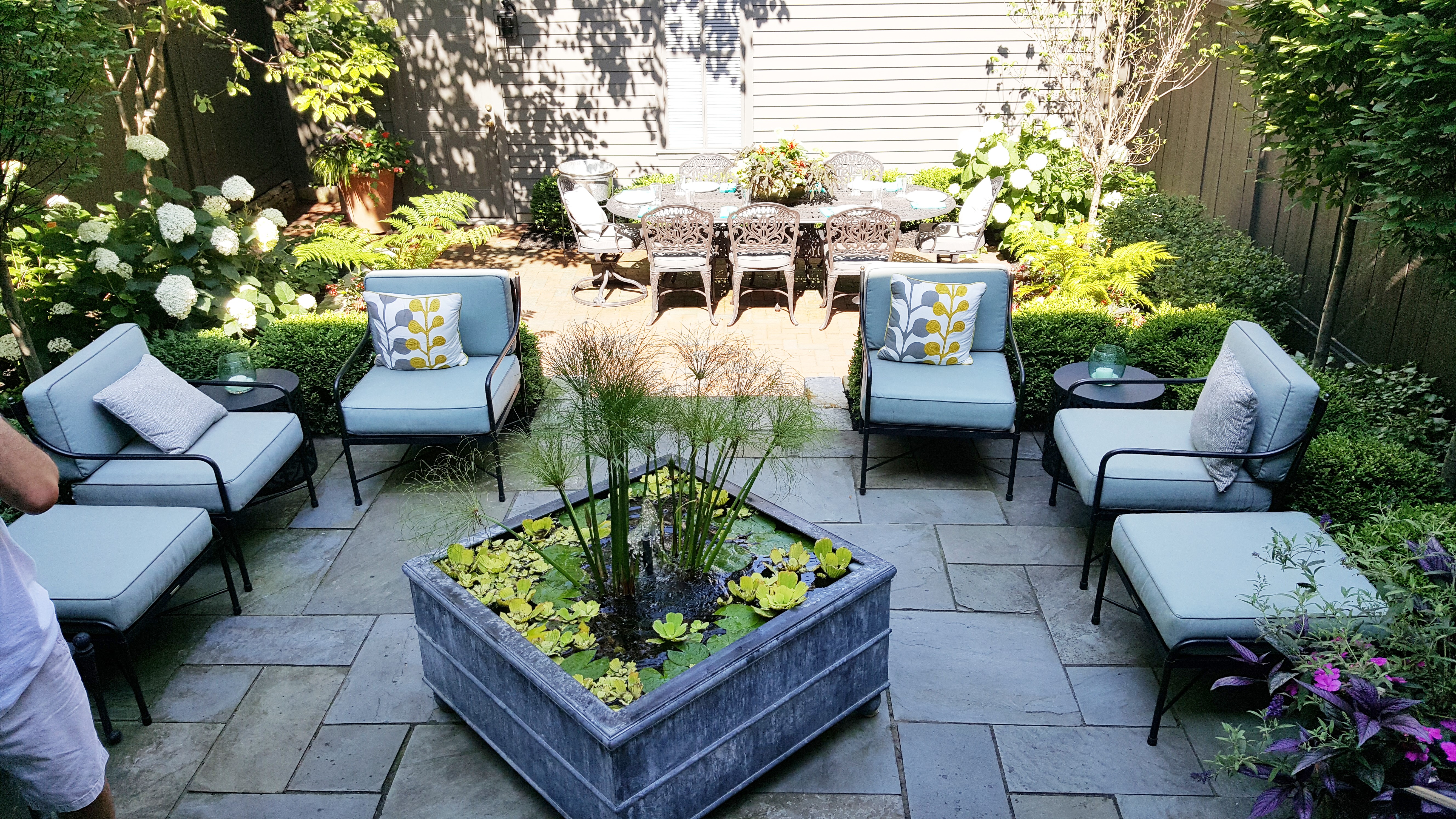
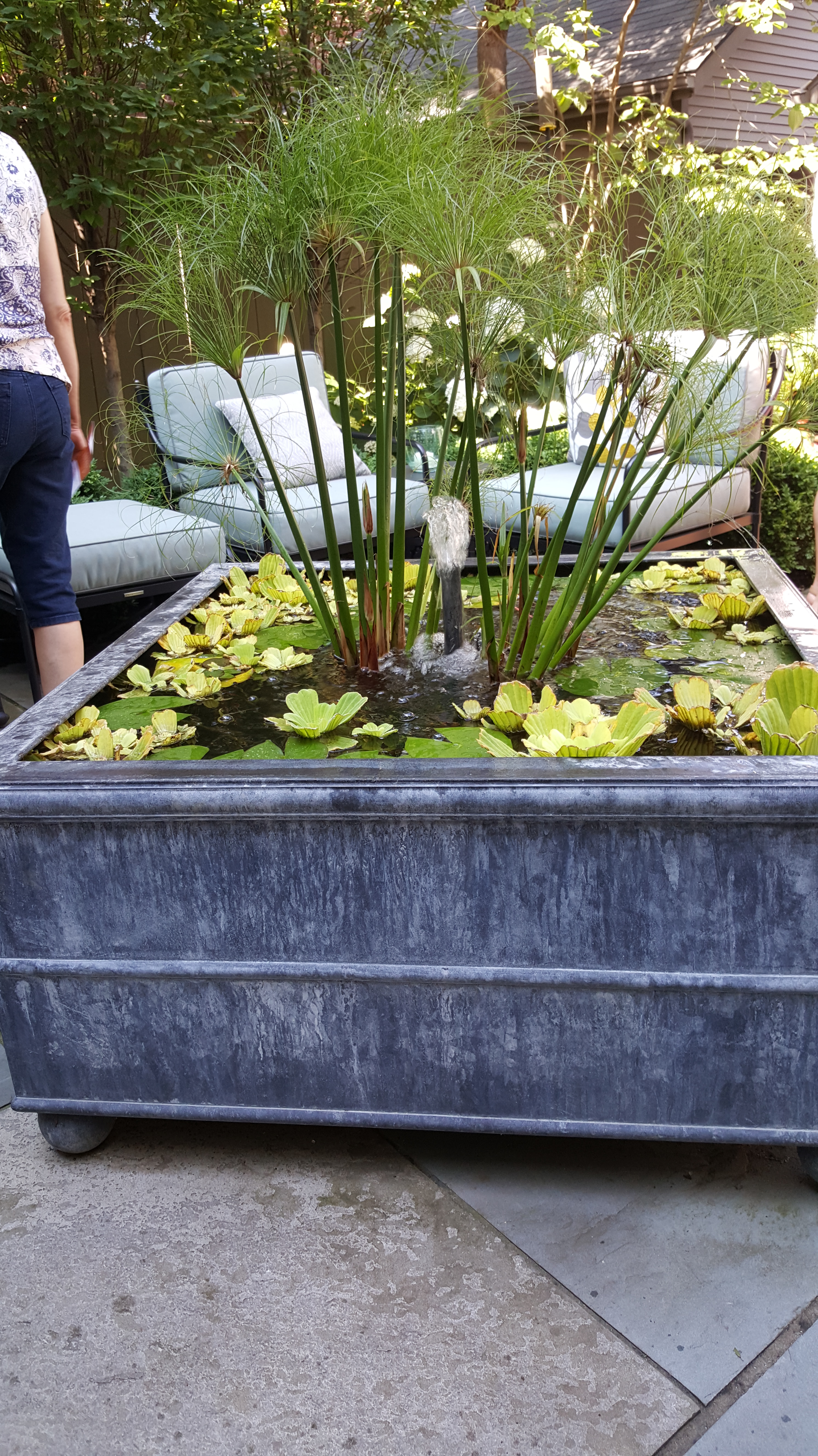 2) Look for a spot to plant an allee of trees like this one of hornbeams.
2) Look for a spot to plant an allee of trees like this one of hornbeams.
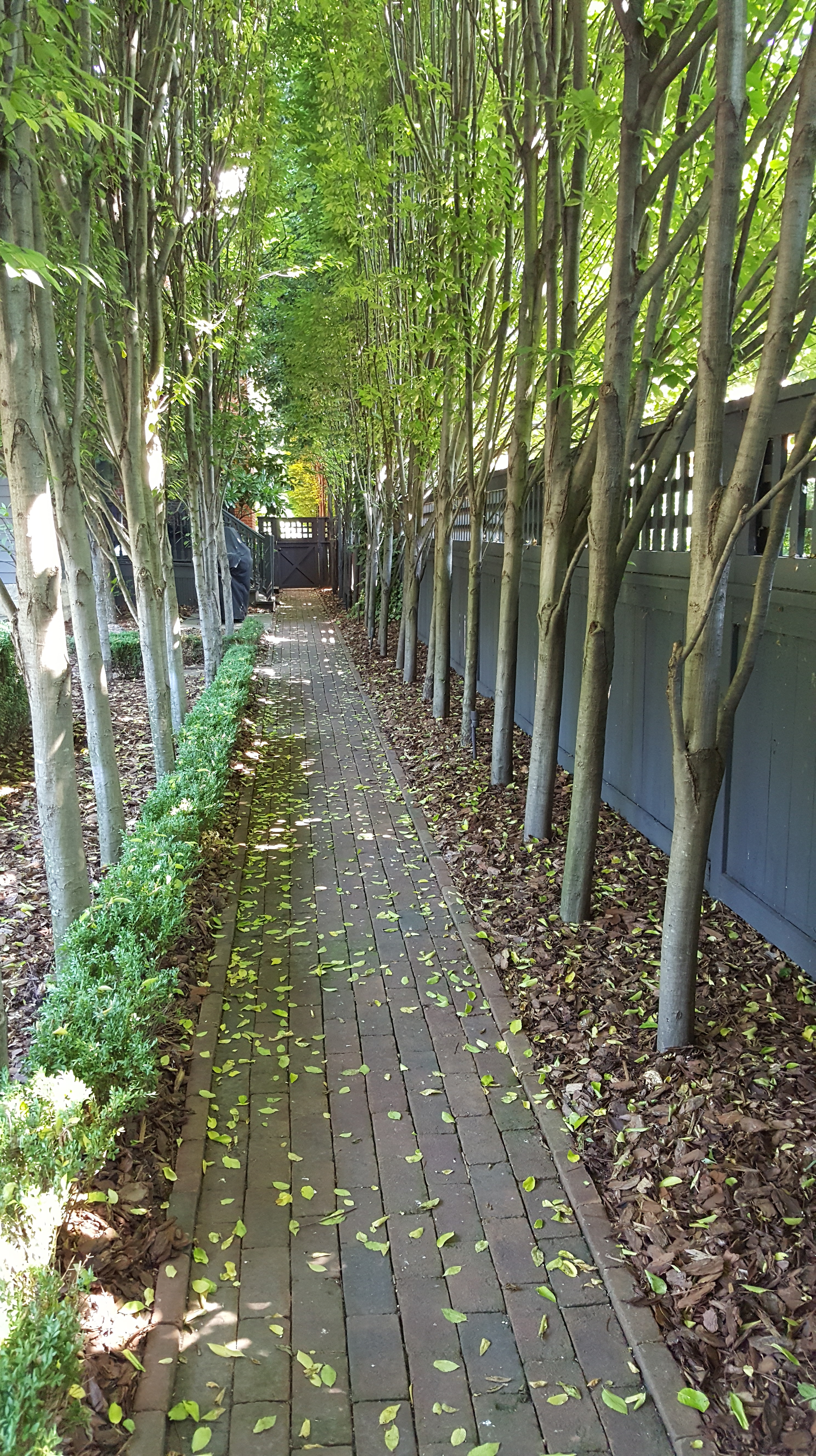
3) Vertical gardening: Whether its a wall with fabric pockets, cement blocks or pots on a fence, these vertical gardening options offer a new way to garden up and maximize tight spaces.
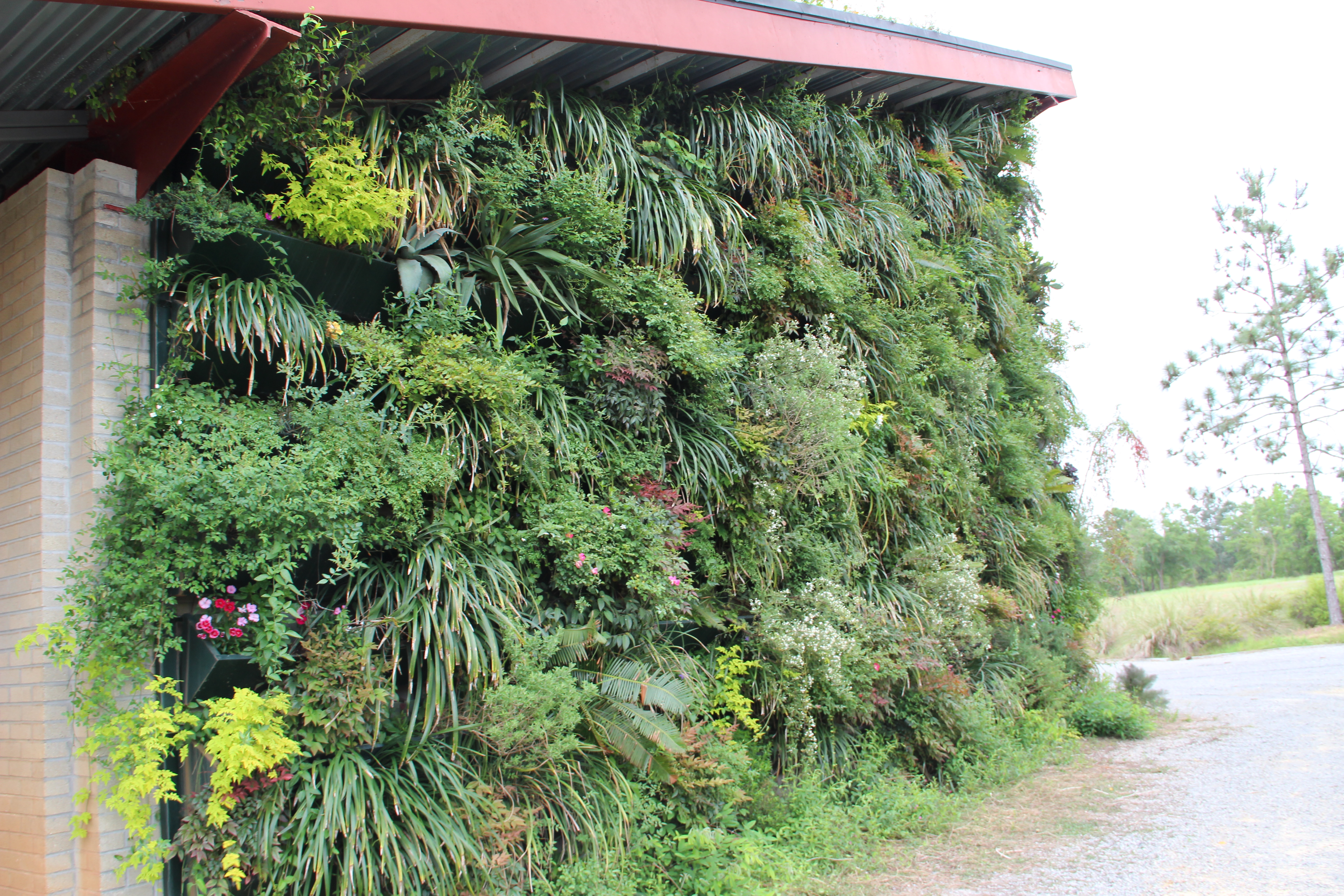
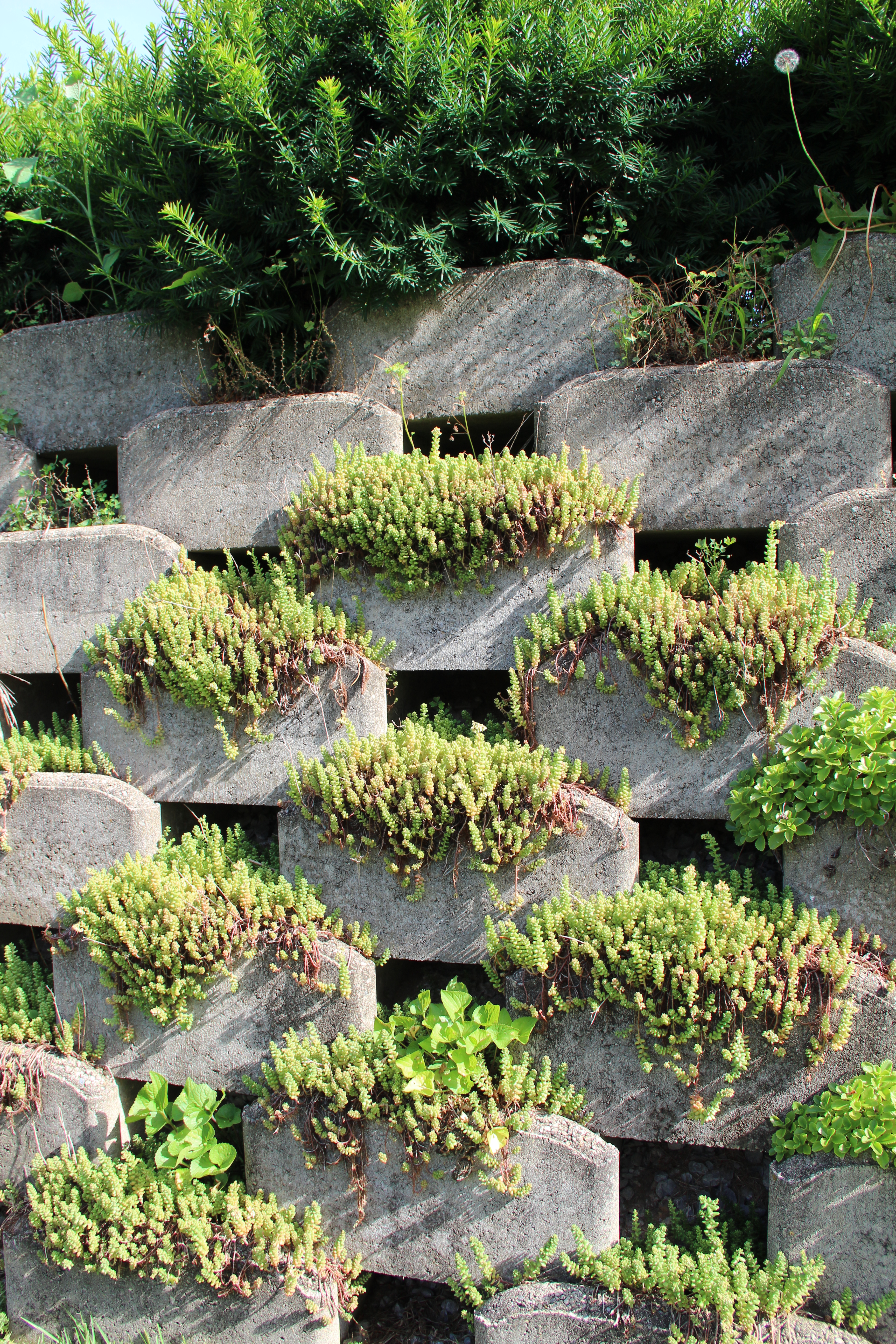
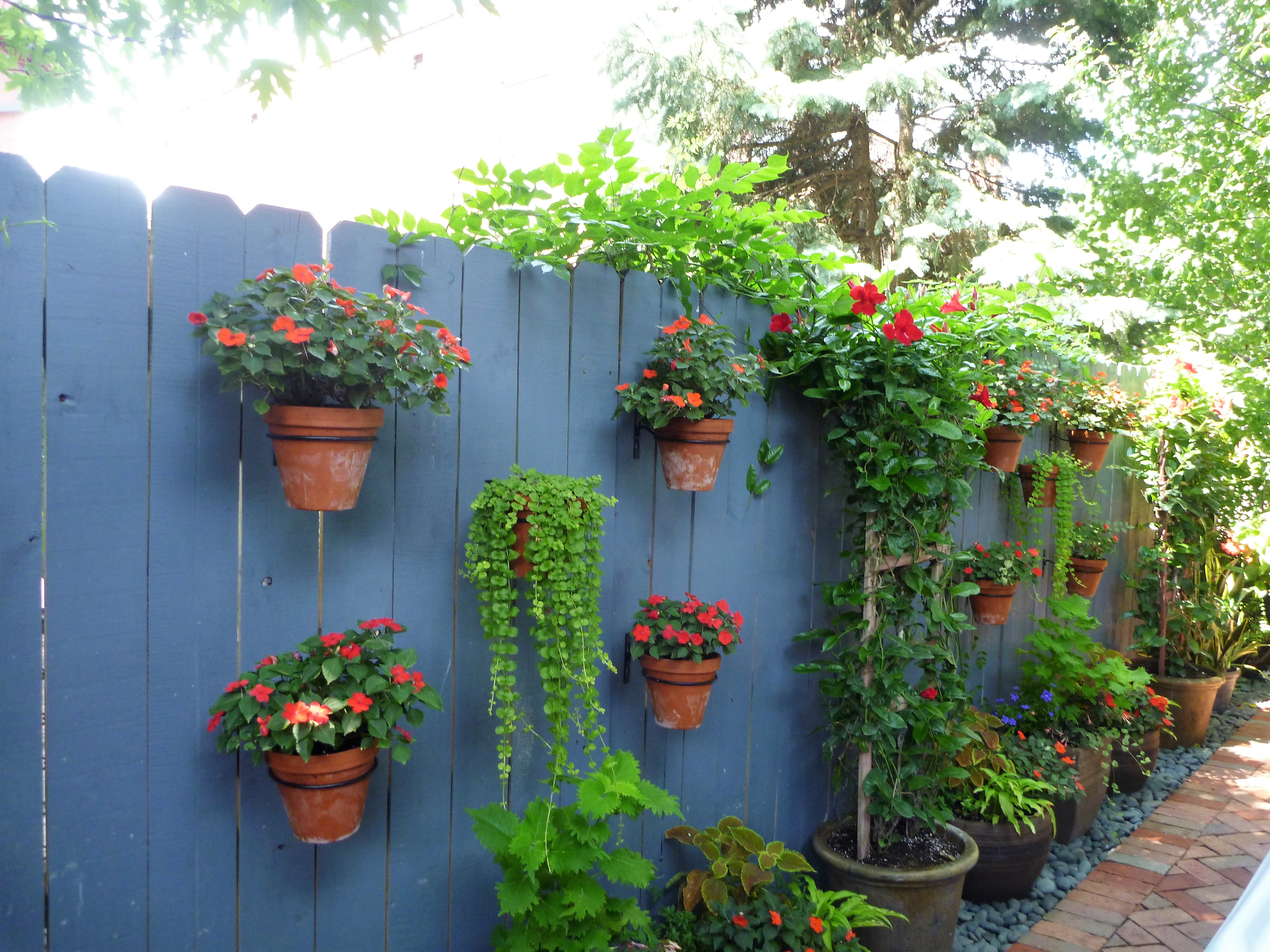
4) Underplant shade tree and garden bench with liriope. The plant blooms purple flowers in the spring and offers an attractive groundcover to thwart weeds. Simply weed-wack the liriope in the late fall or early spring.
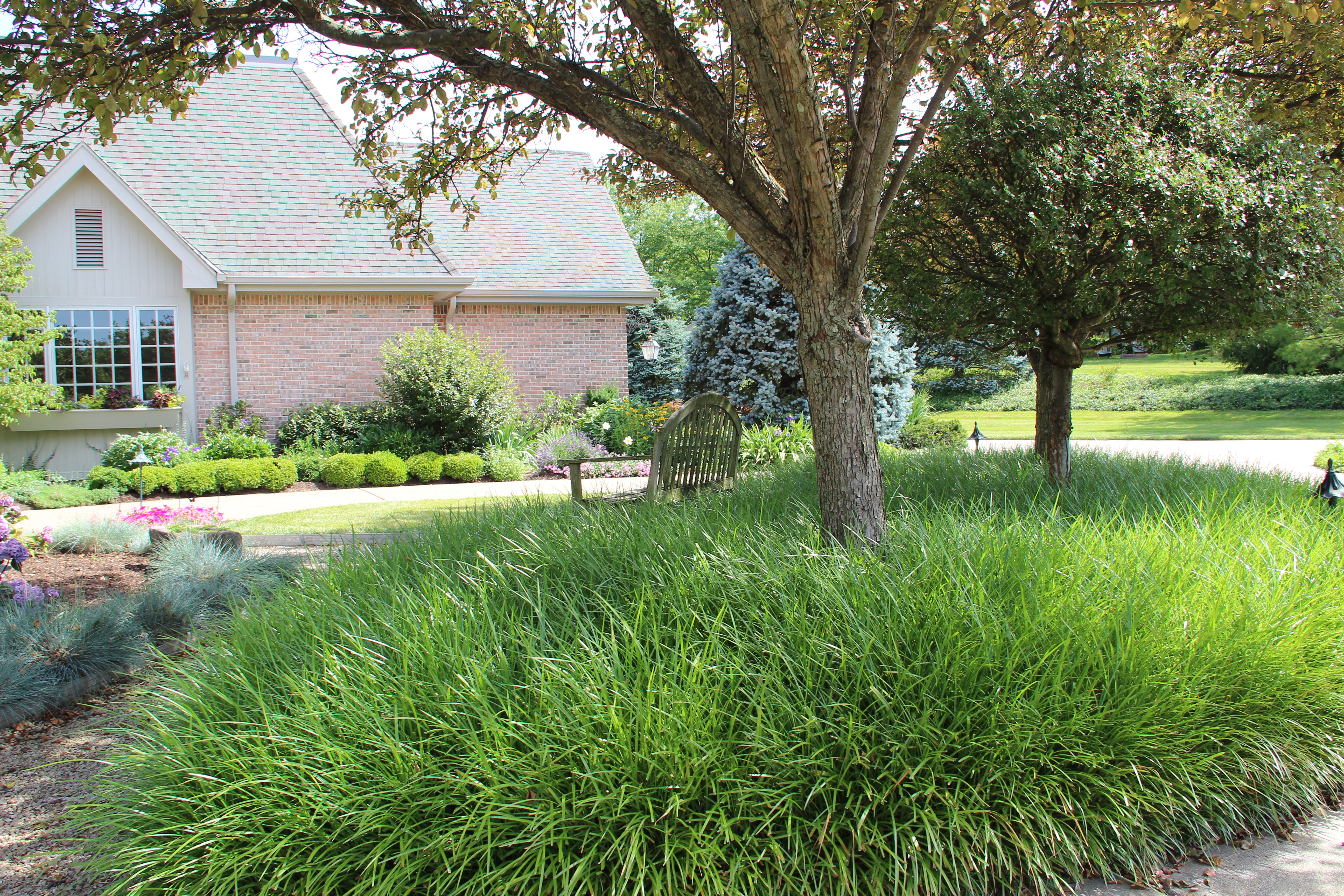
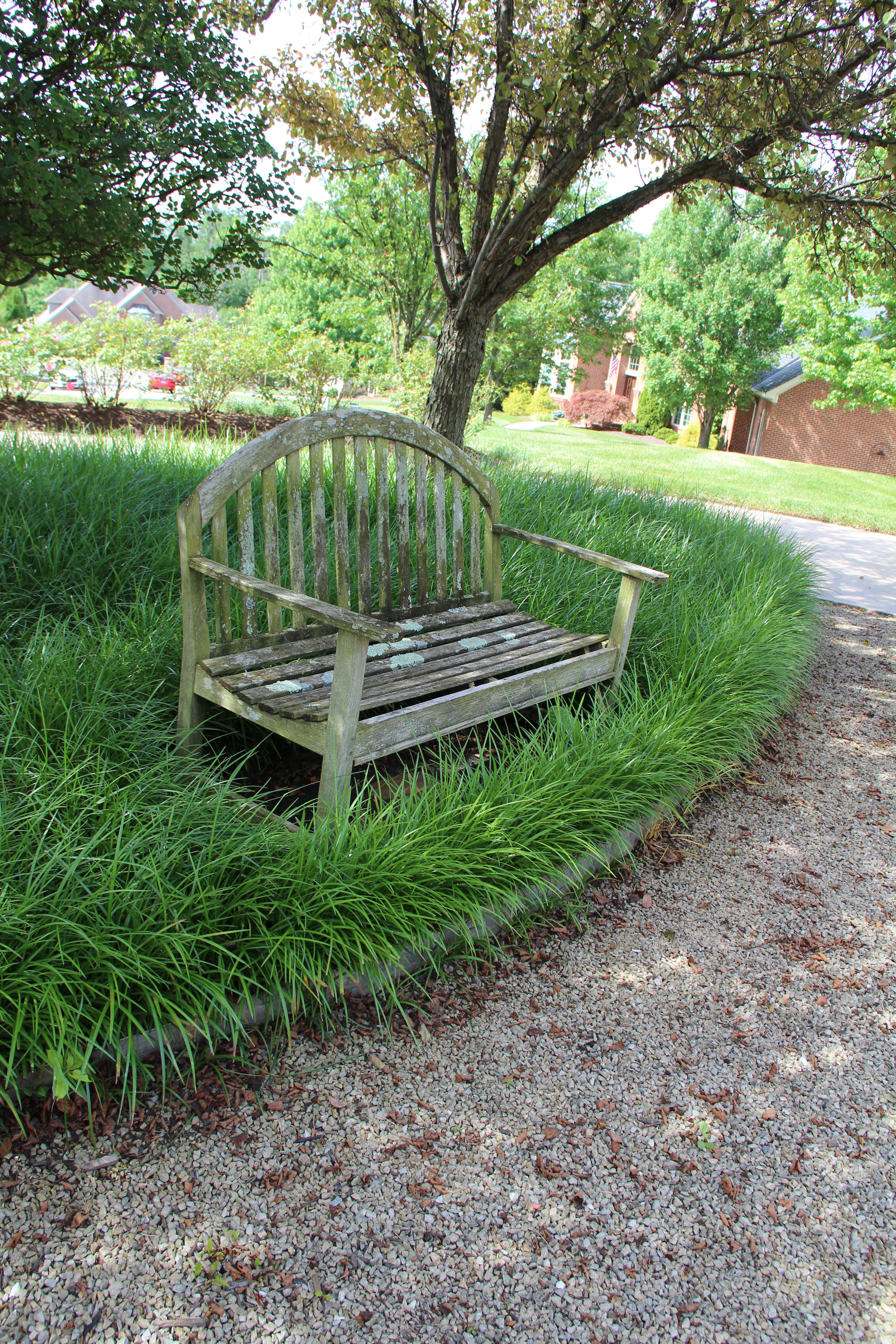
5) Support the craft brew craze and plant some hops.
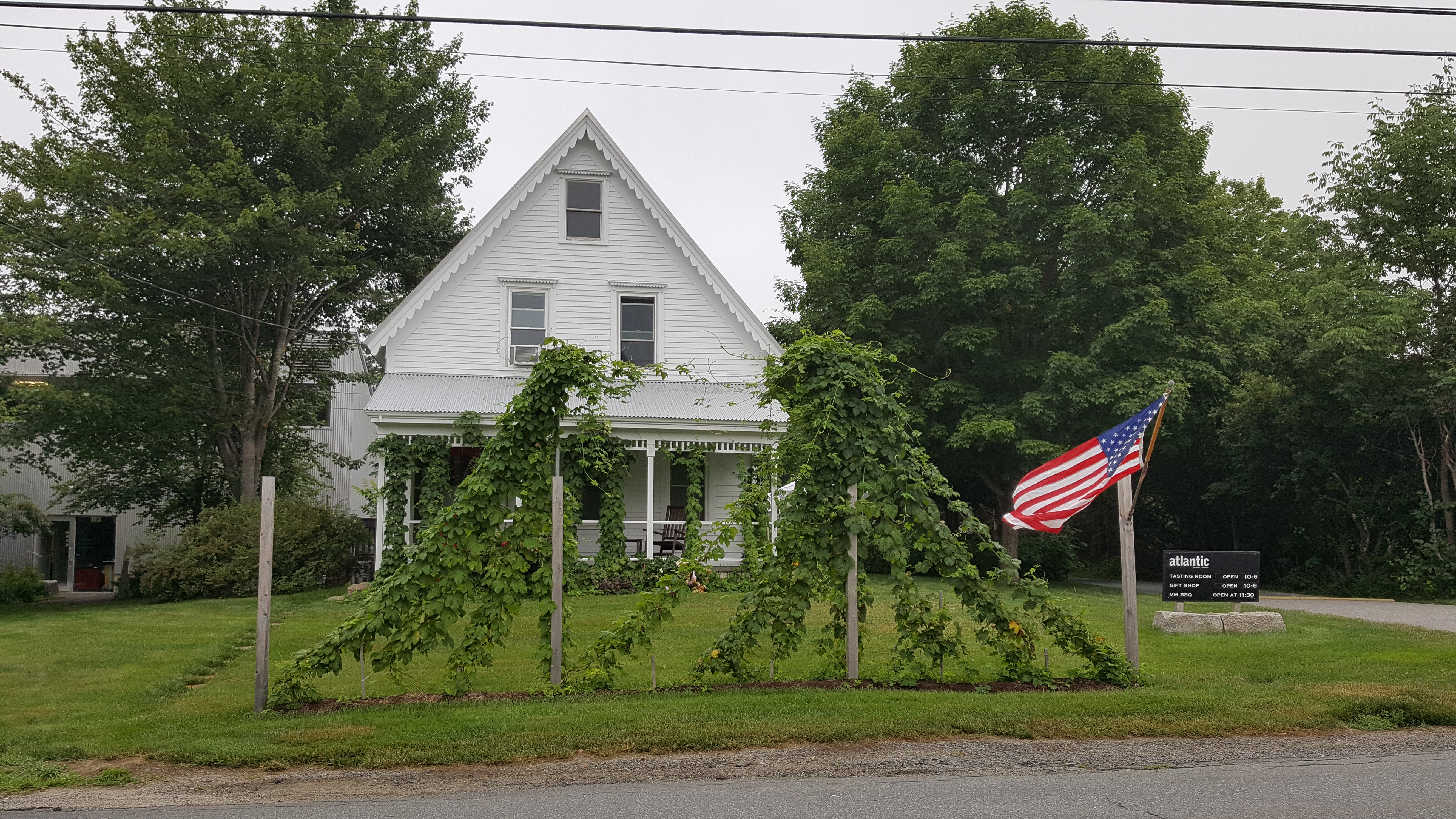
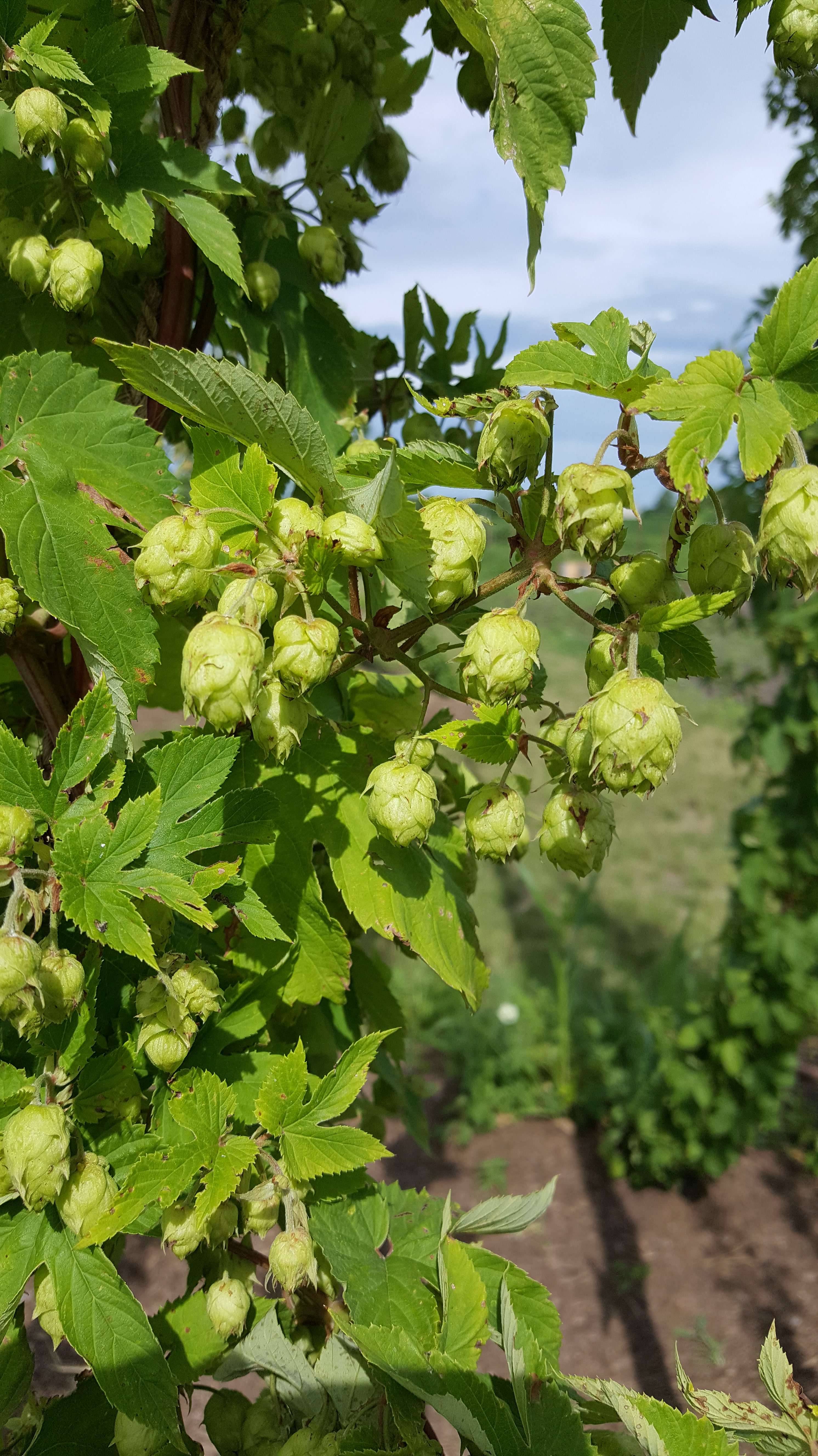
6) Be more creative and try the unexpected.
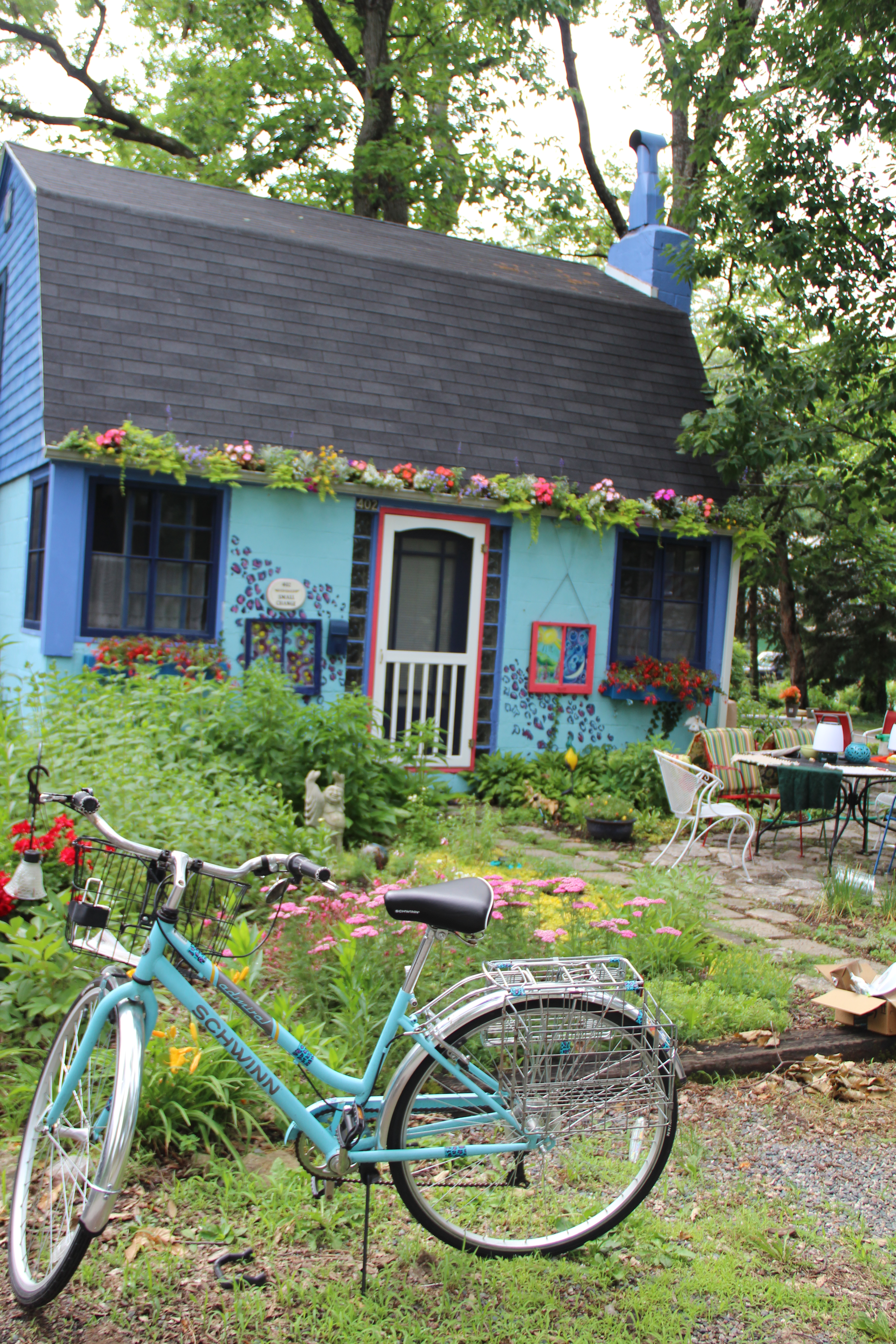
7) Spray paint salvaged finds blue then add them to an all-green landscape bed like this one filled with hostas.
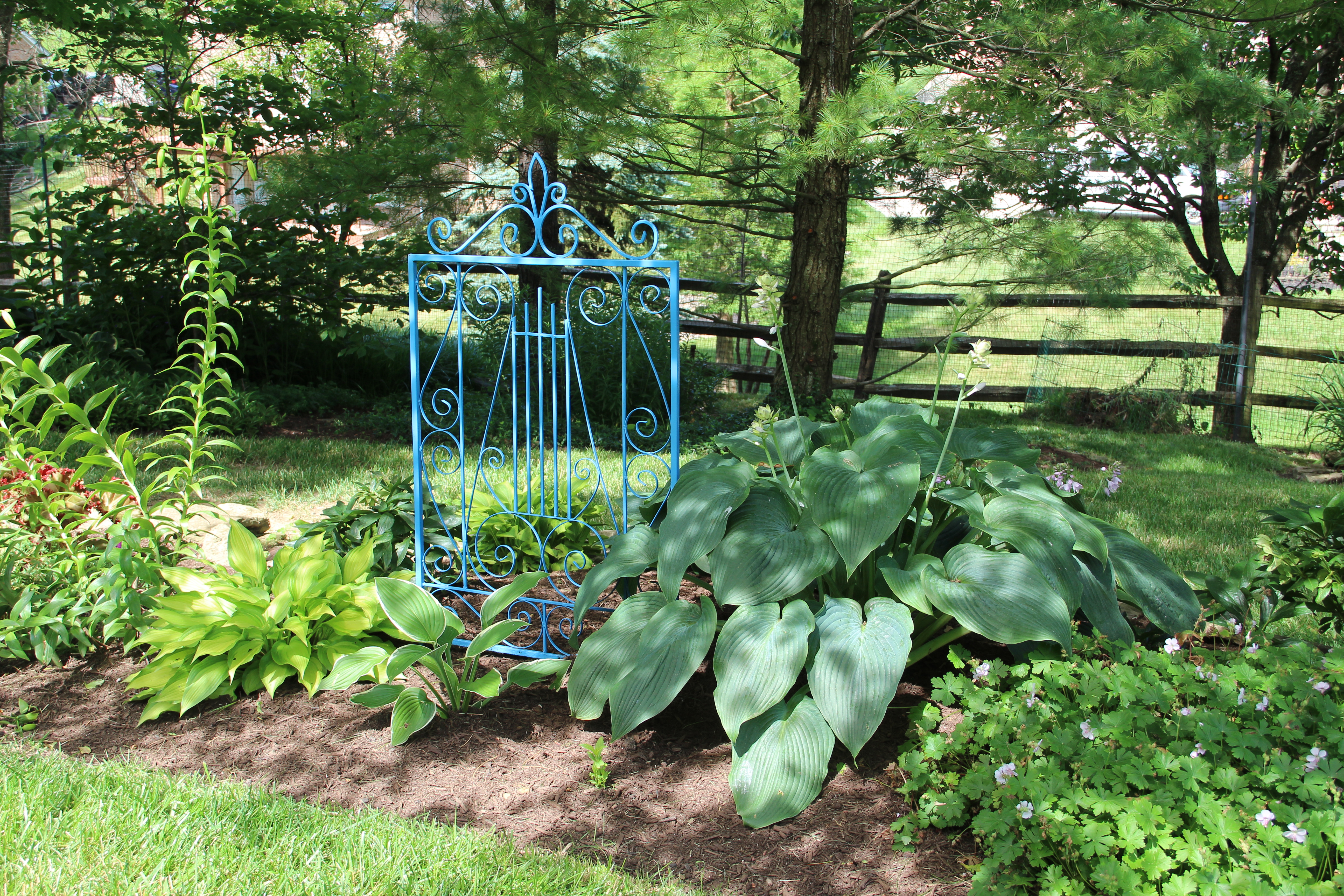
8) Add this native Queen of the Prairie to a moist spot in the yard. I love its showy June blooms.
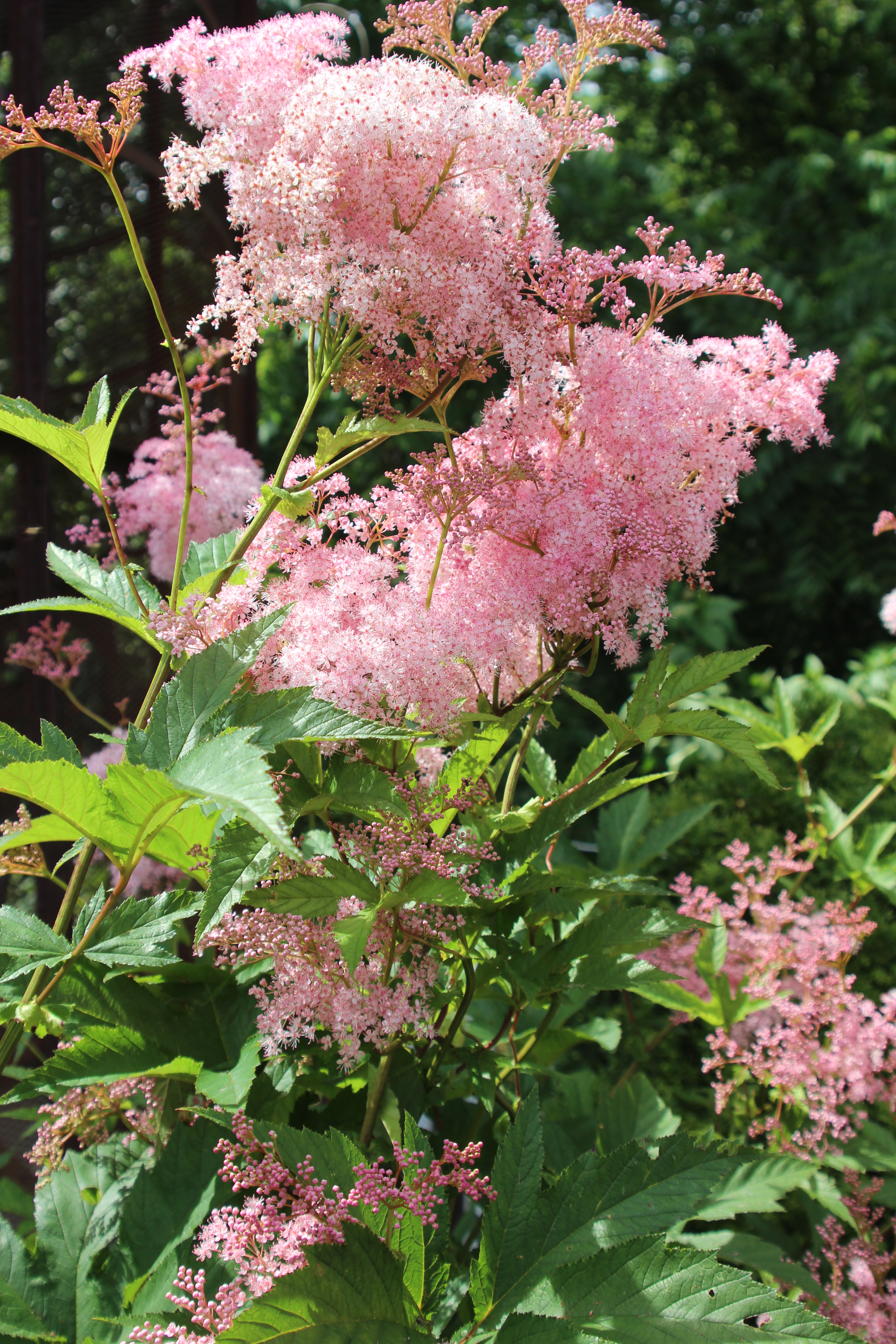
9) Go beyond the conventional turf.
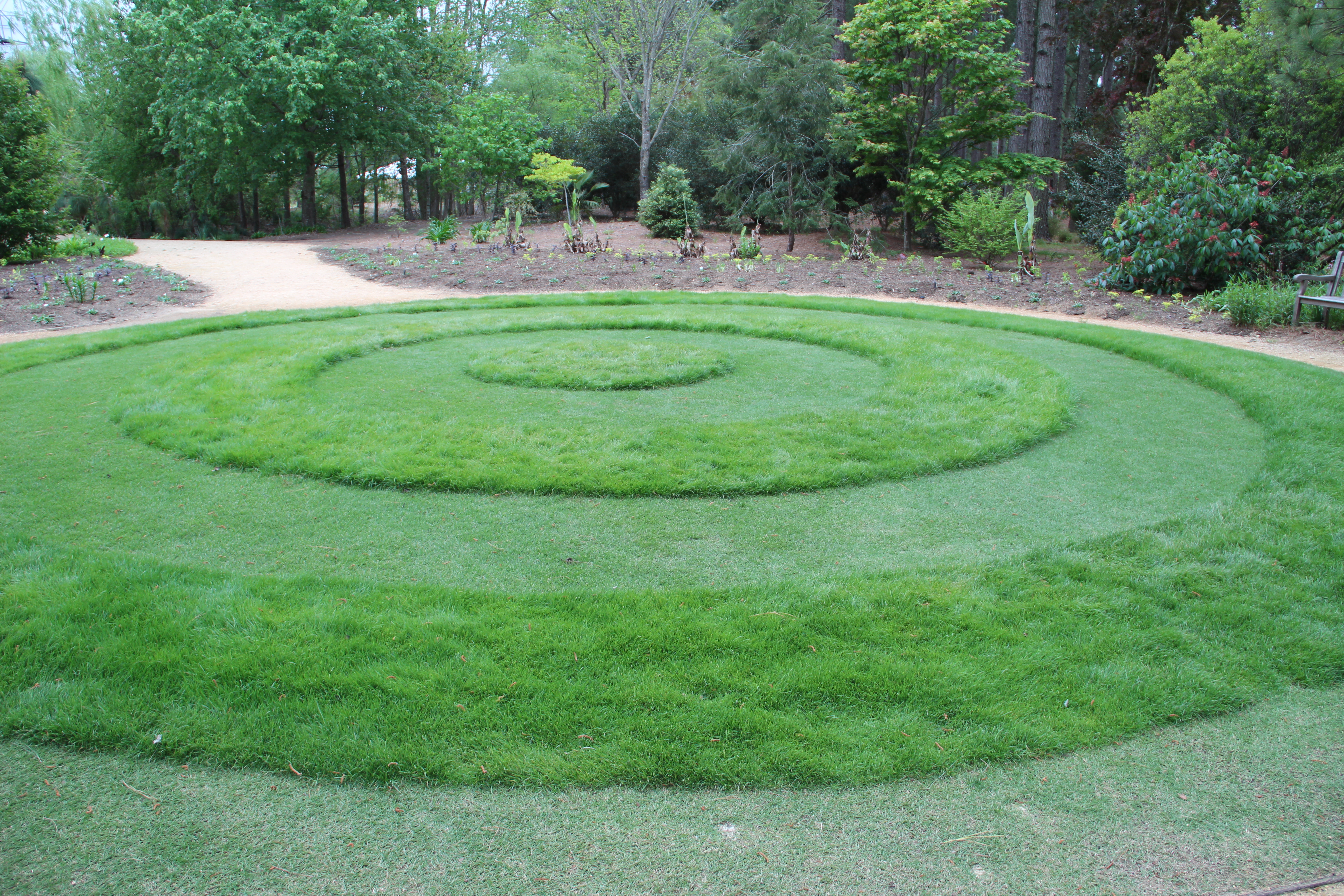
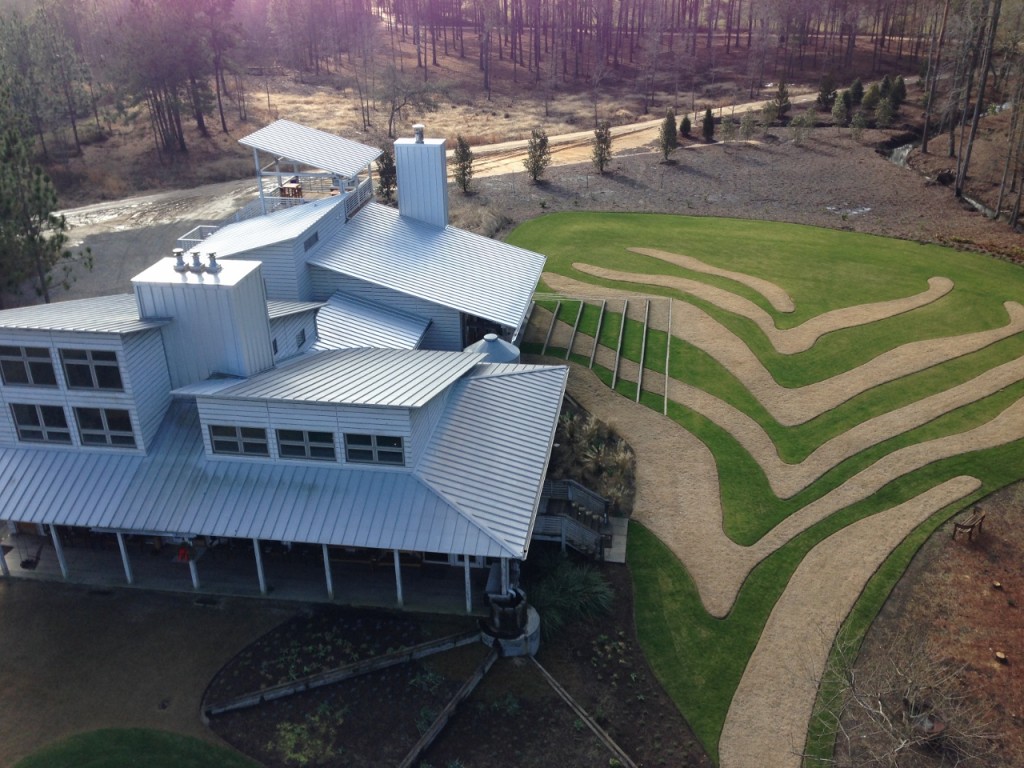
10) Find a spot for water-loving spring primrose.
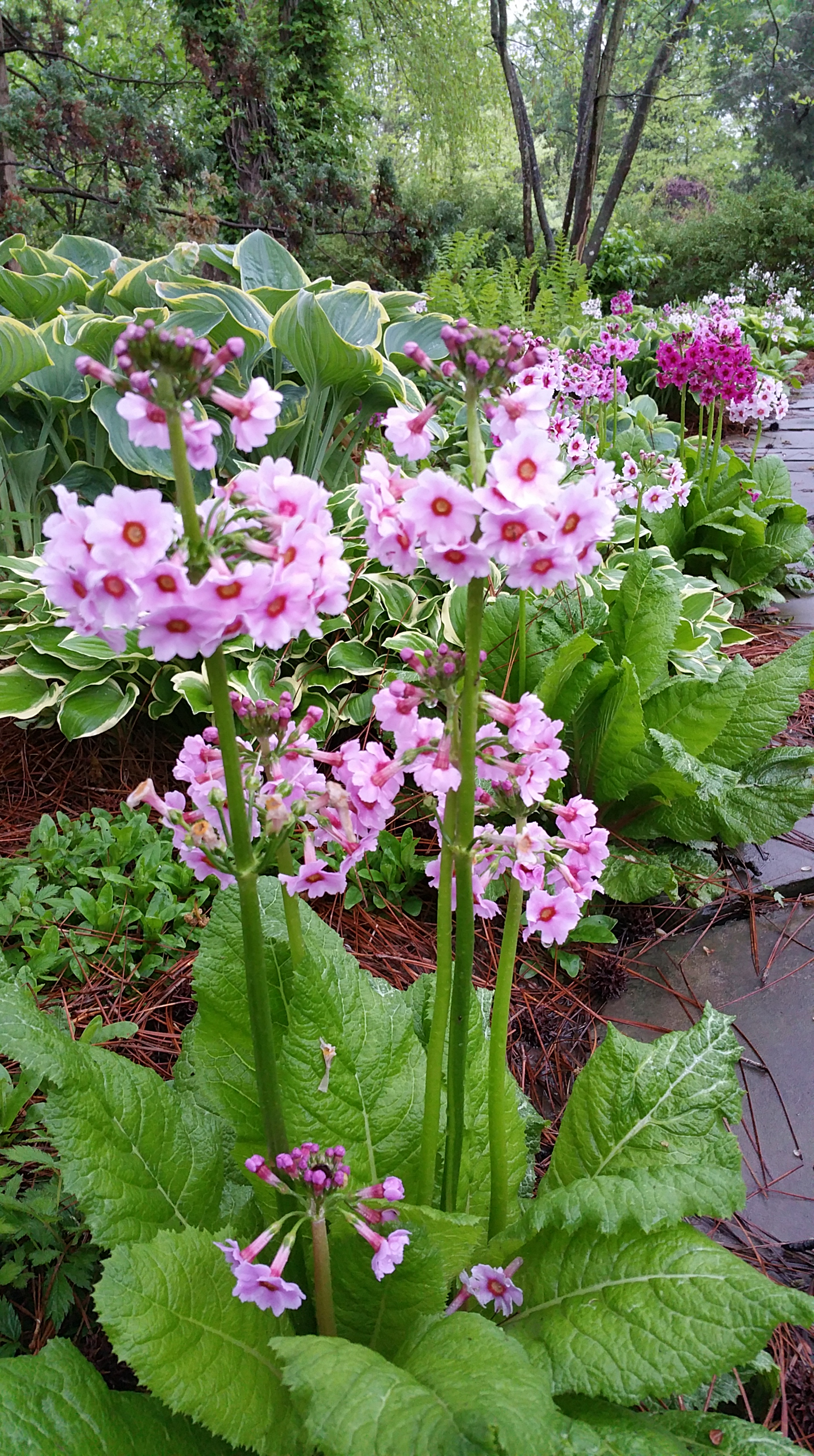
11) Incorporate more annuals. They add seasonal color and fill bare spots in the landscape.
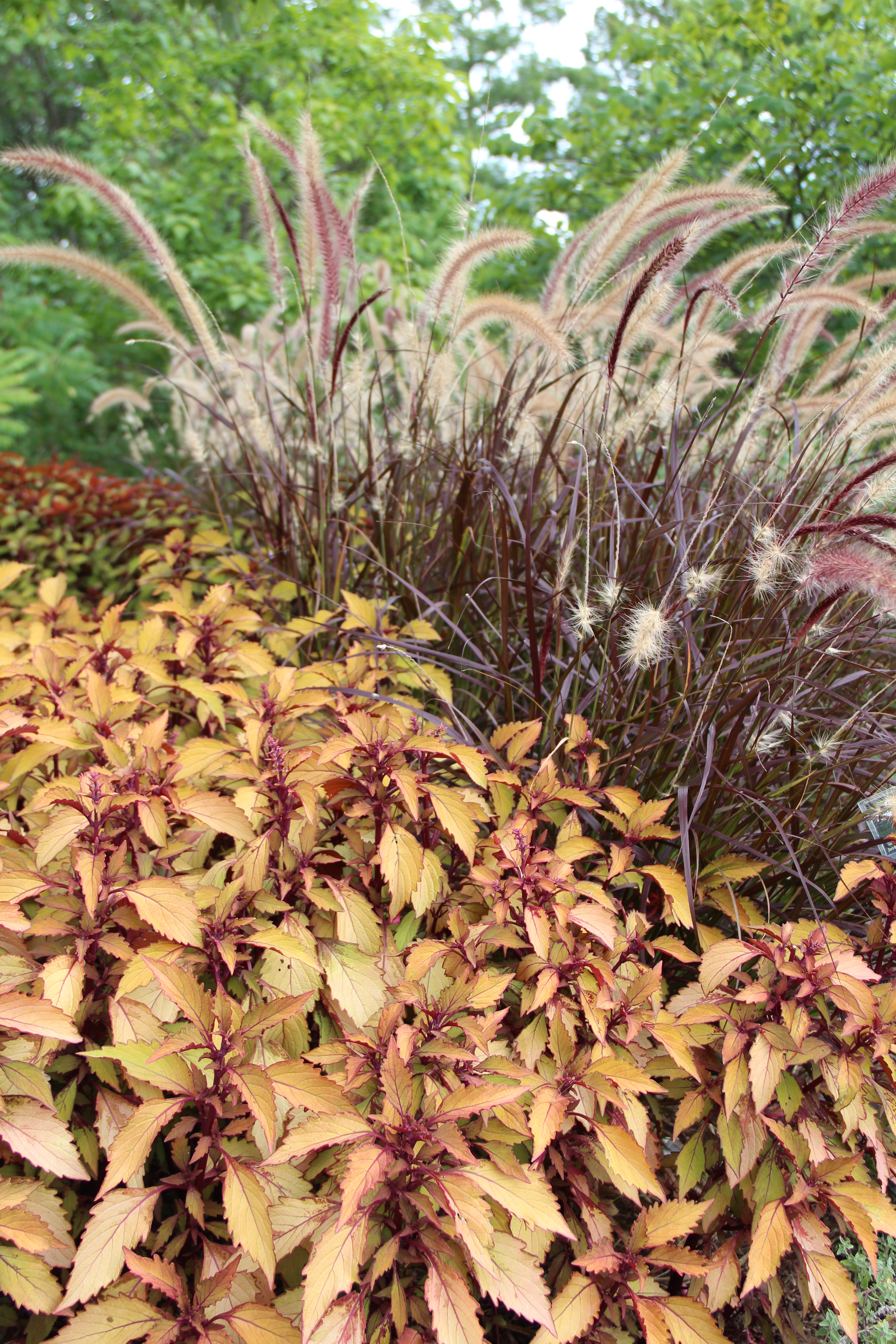
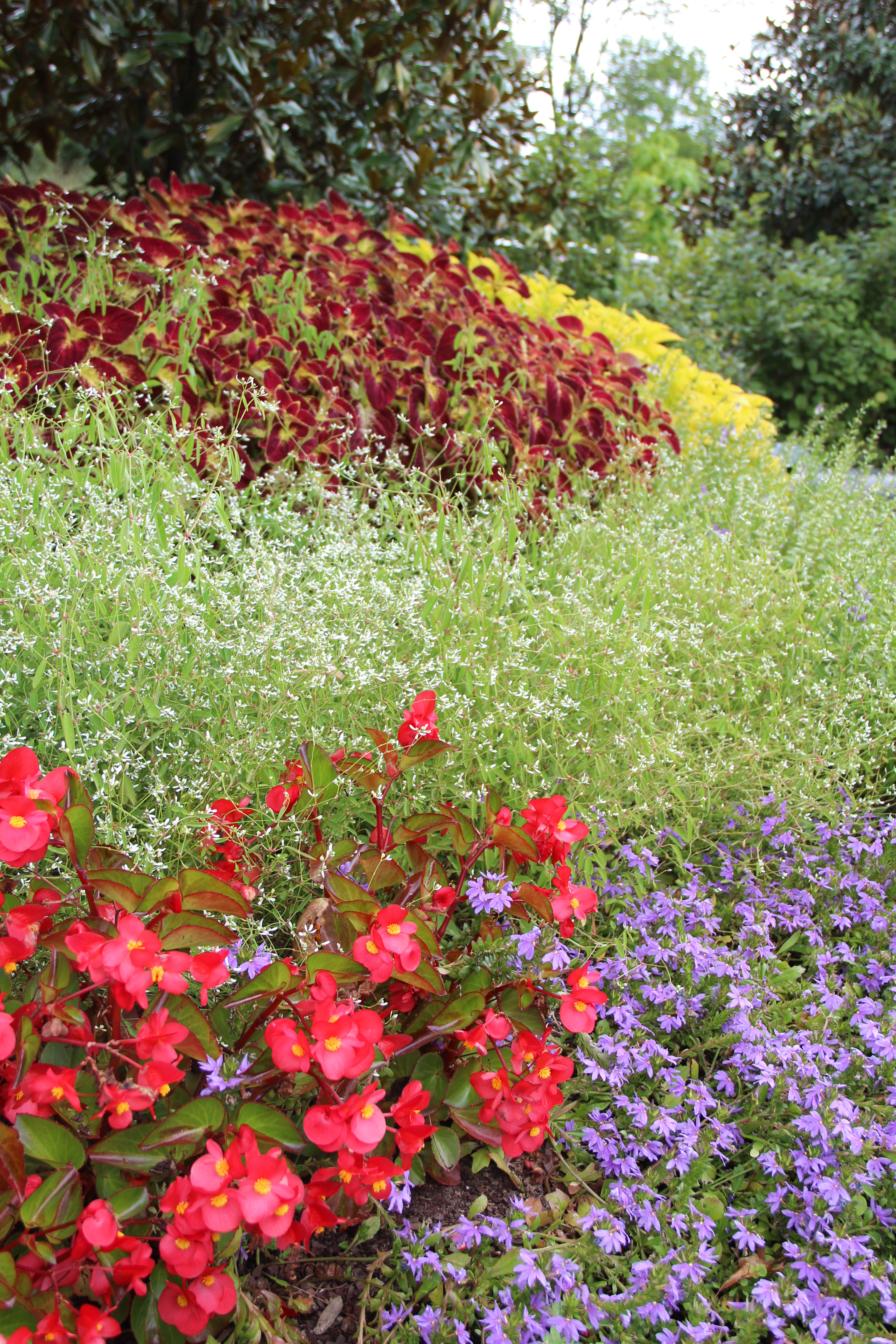 12) Create a small bog garden and fill it with pitcher plants like these.
12) Create a small bog garden and fill it with pitcher plants like these.
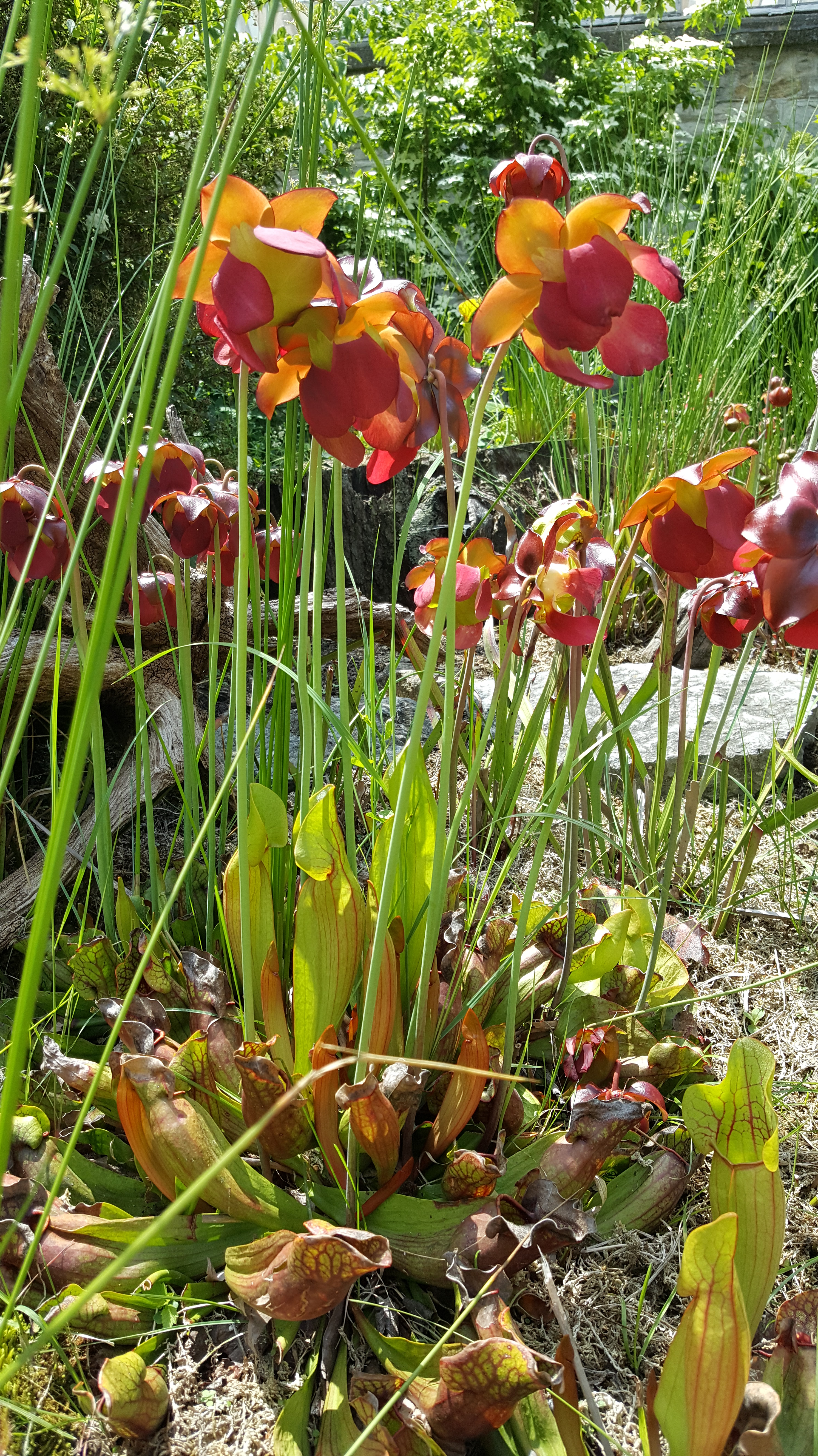
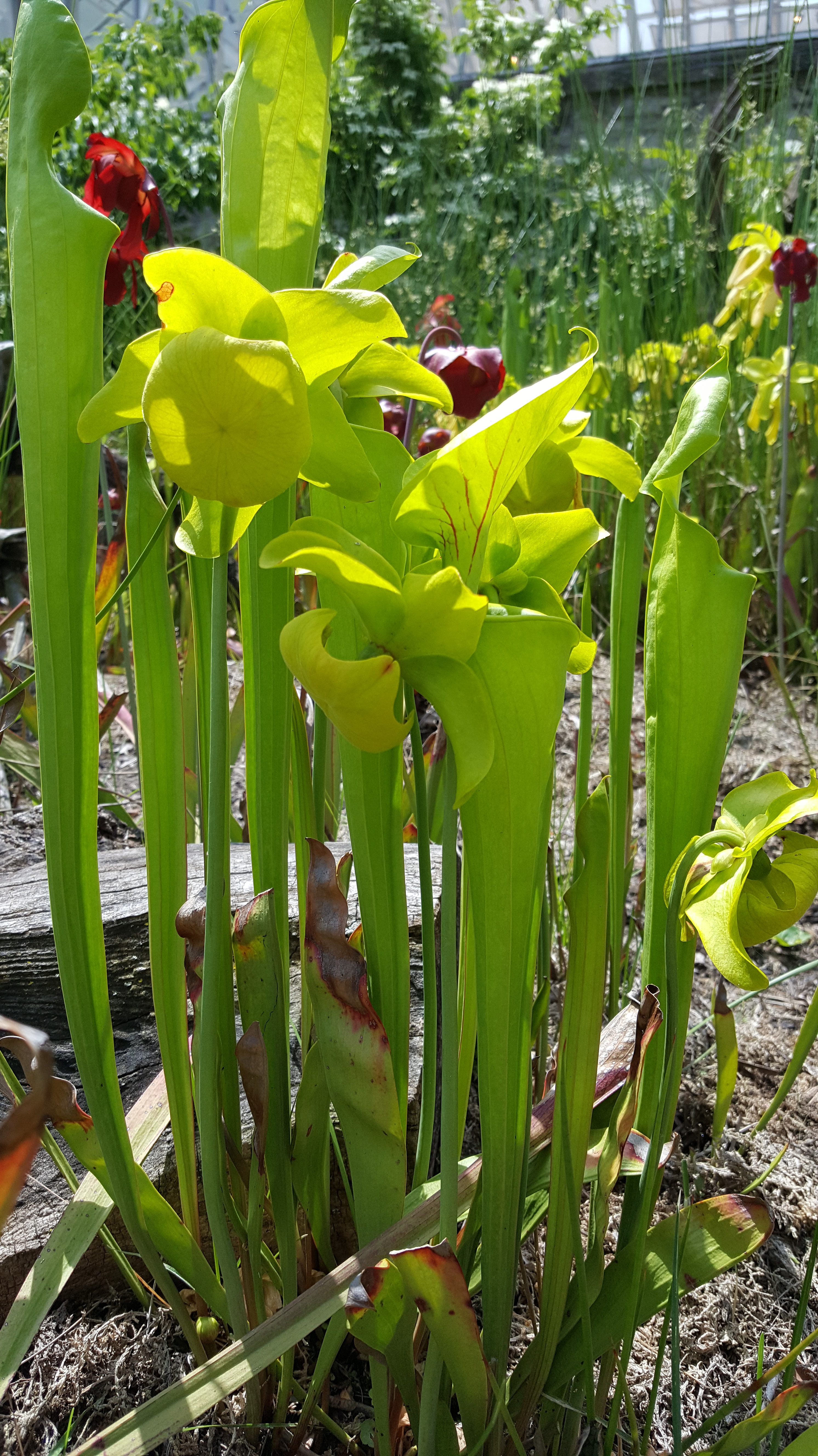
by GardenLover | Apr 22, 2016 | Gardens to Drive, Good eats, Trendspotting
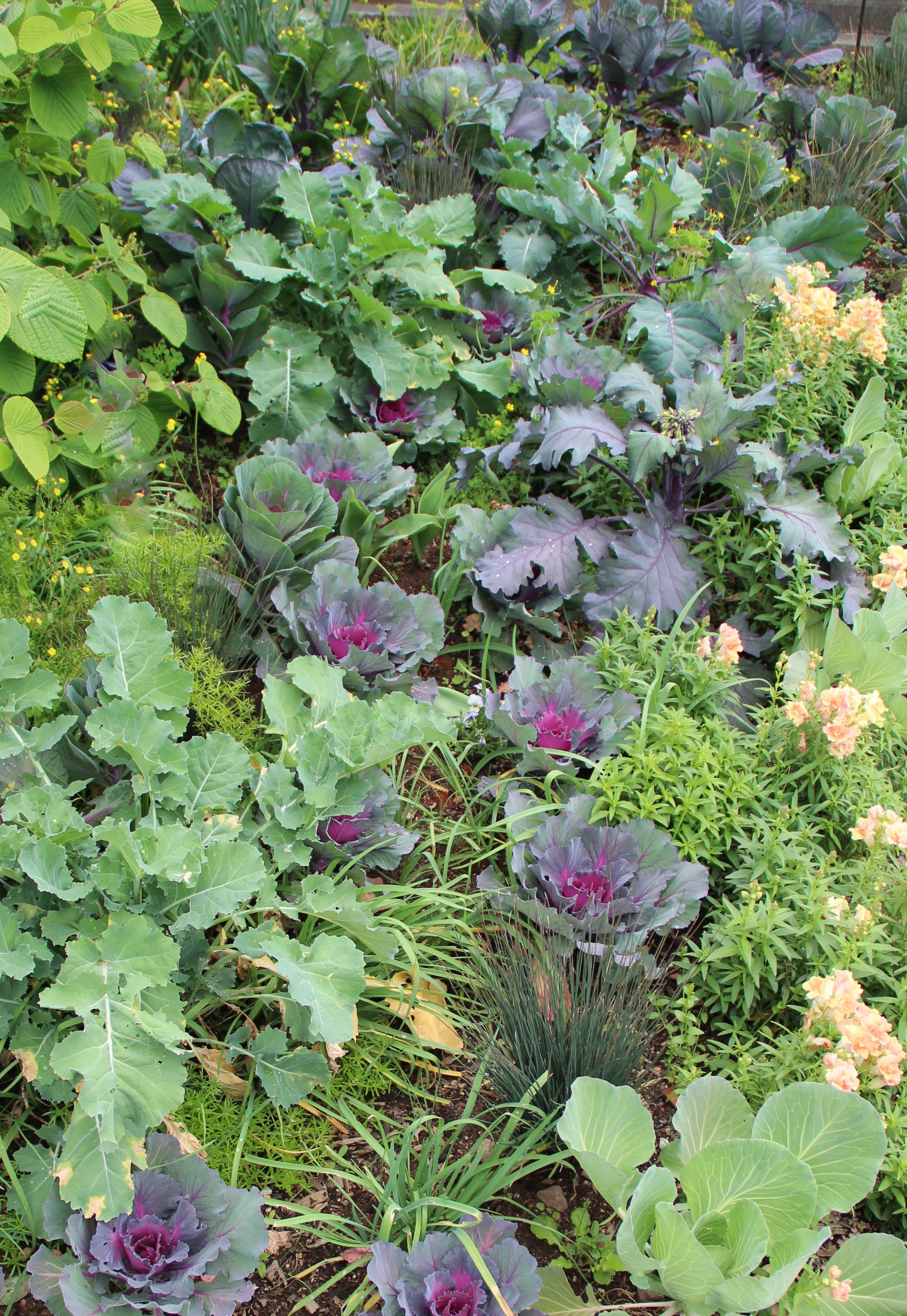
By Teresa Woodard
Yes, I’ve planted flowering kale to add fall color to borders and containers, but I had no idea how amazing brassicas — kales, cabbages, turnips, kohlrabi and mustards — could look in the landscape until last week when I visited the spring display gardens at the Riverbanks Zoo & Botanical Garden in Columbia, SC. Brassicas are best grown in cool seasons – spring and fall, so consider purchasing some plants to add this spring or planting some seeds in August for a fall show. Fellow blogger Deb Knapke will follow up this post with another on growing tips.
The Riverbanks’ spring display garden offers plenty of inspiration. Just check out these fanciful and edible leaves and clever planting combinations.
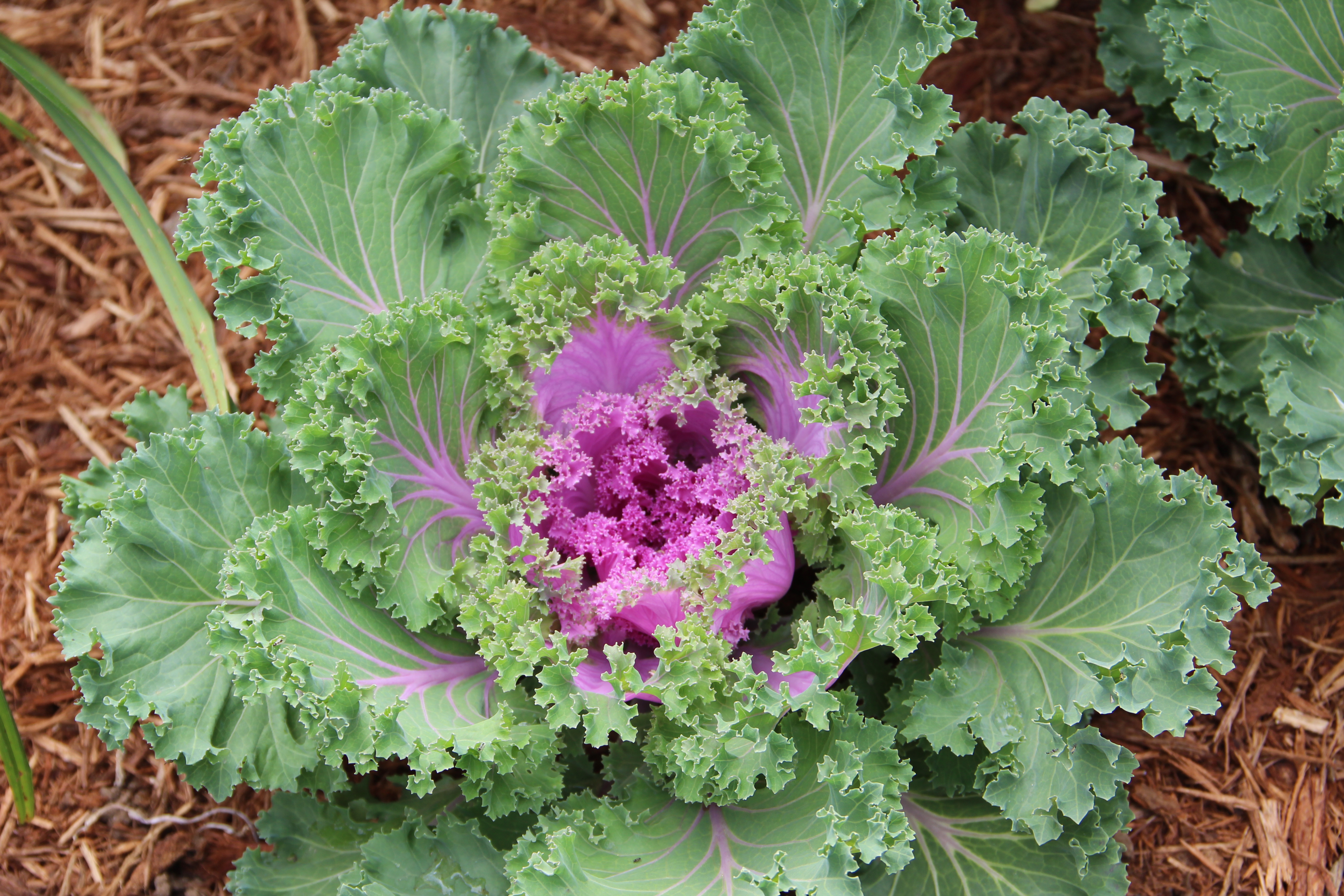
Ornamental Kale: Brassica oleracea (Acephala Group) ‘Peacock Red’
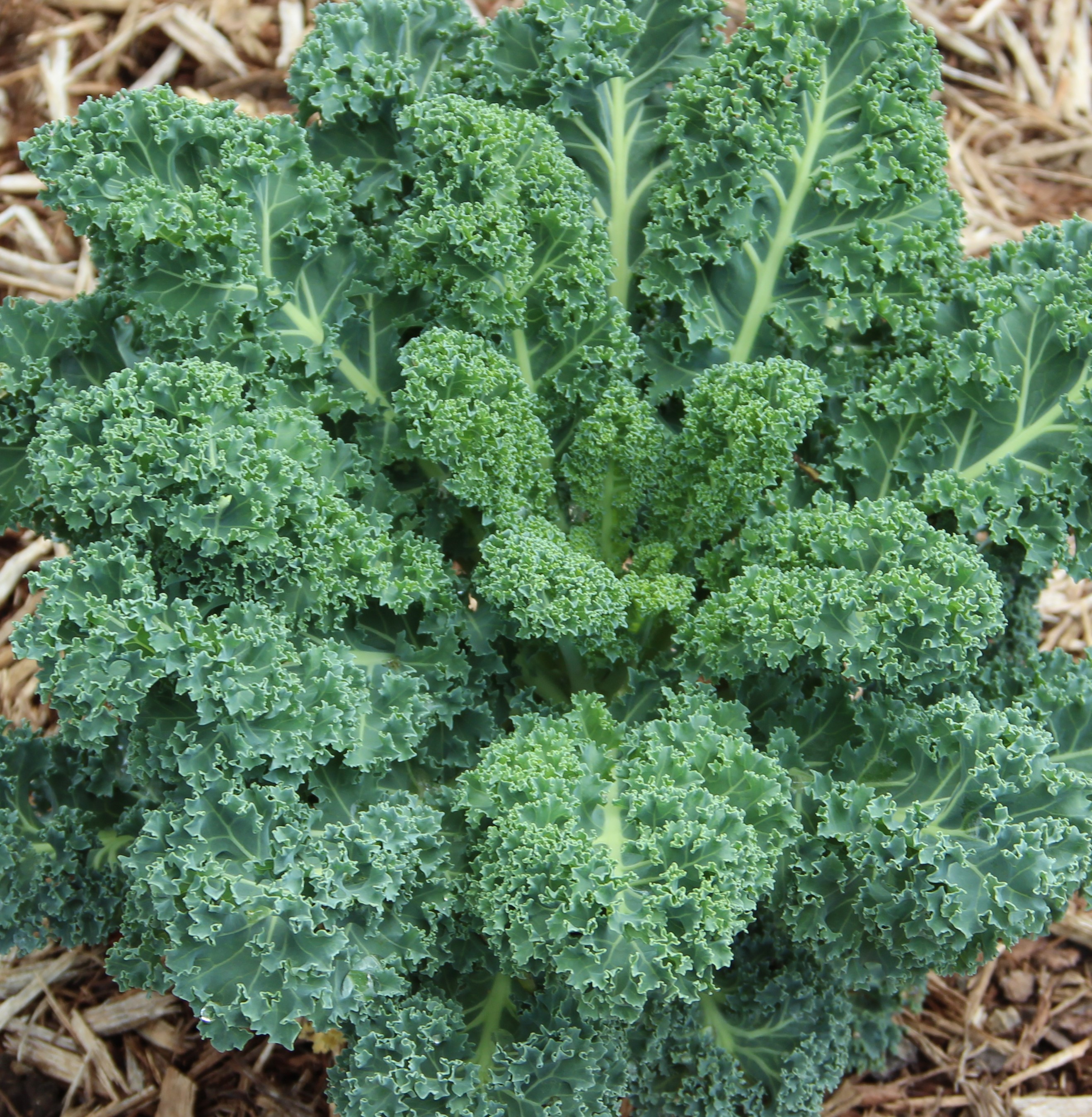
Curly Kale: Brassica oleracea (Acephala Group) ‘Starbor’
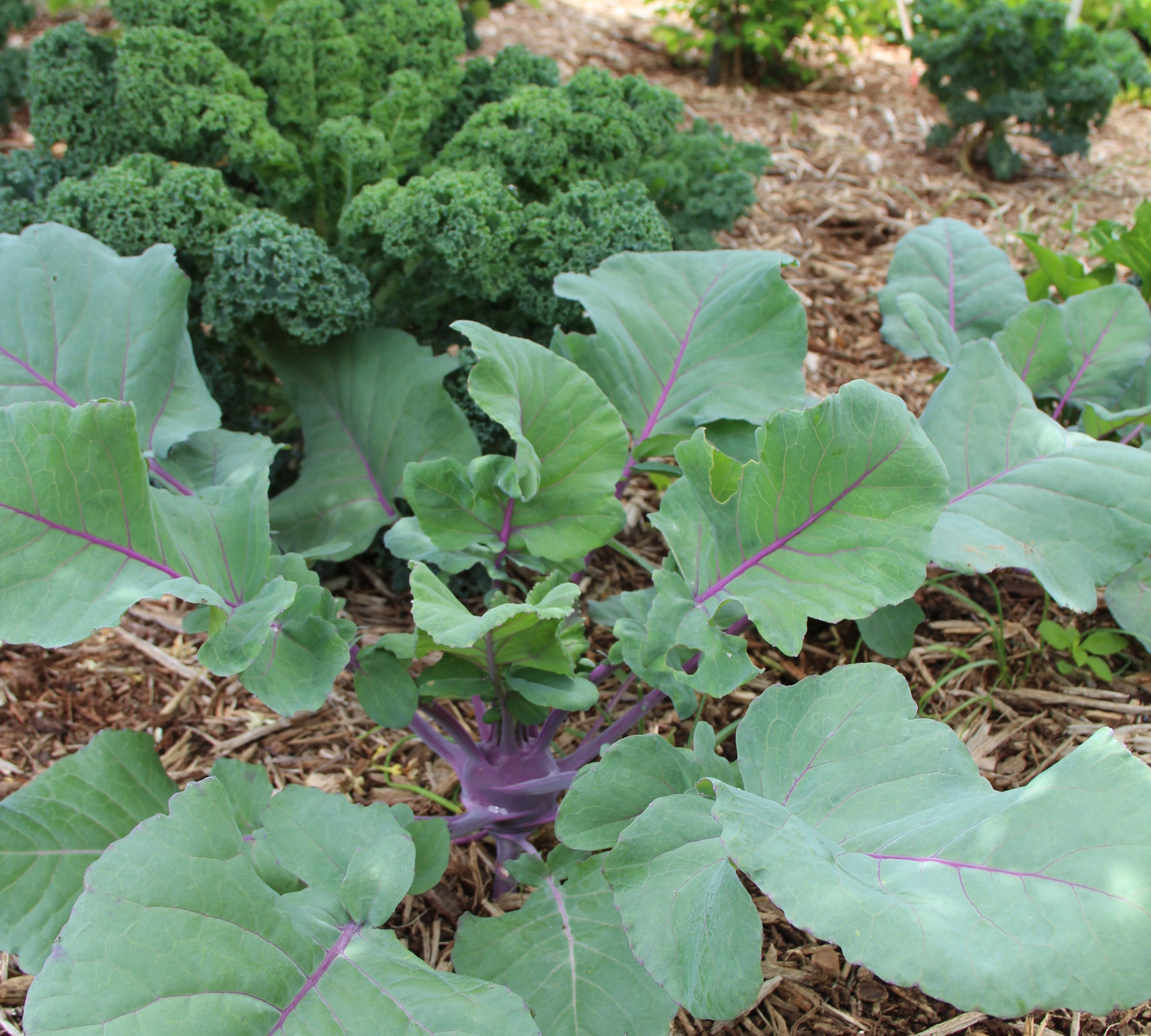
Kohlrabi: Brassica oleracea (Gongylodes Group) ‘Azur-Star’
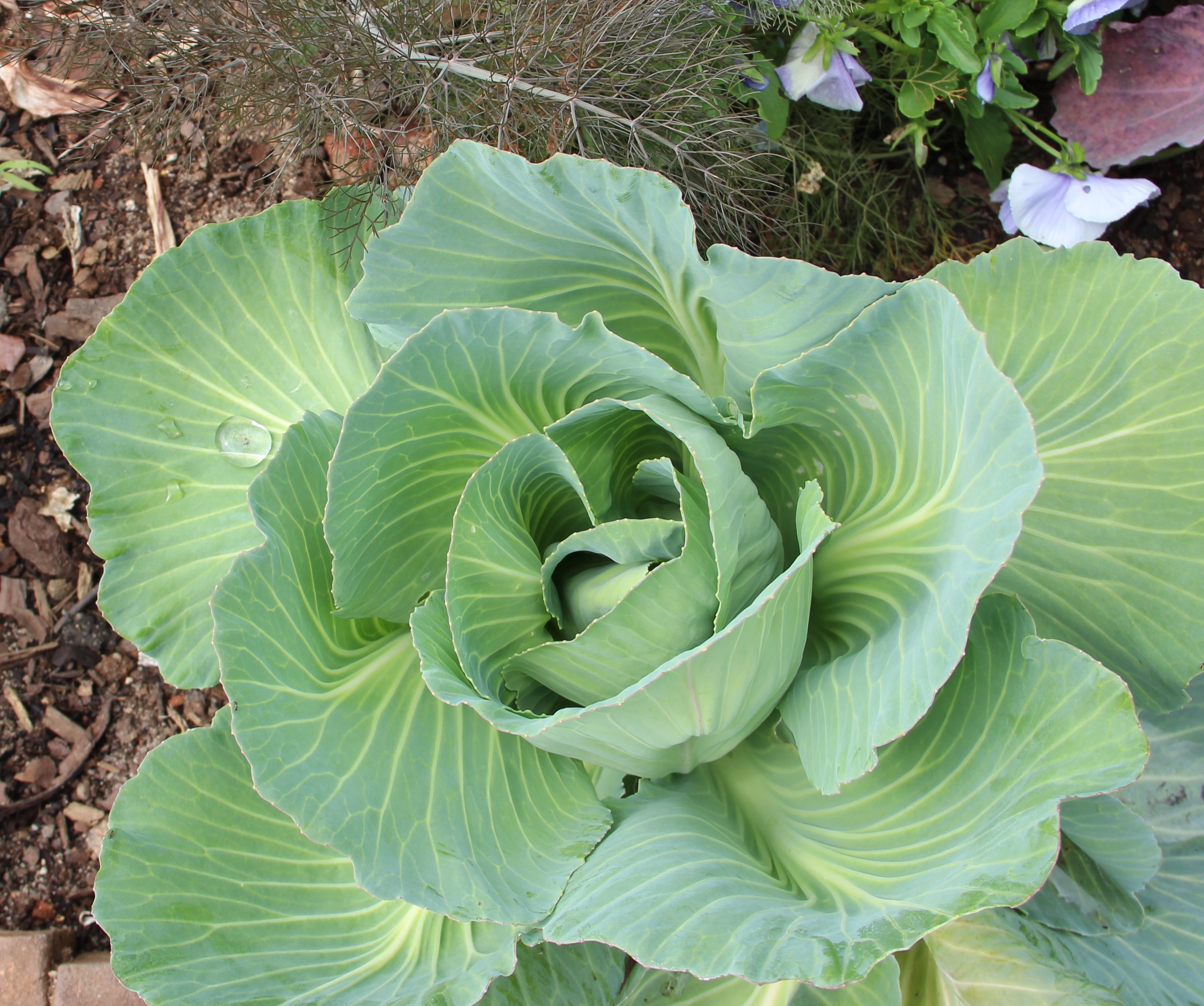
Cabbage: Brassica oleracea ‘OS Cross’
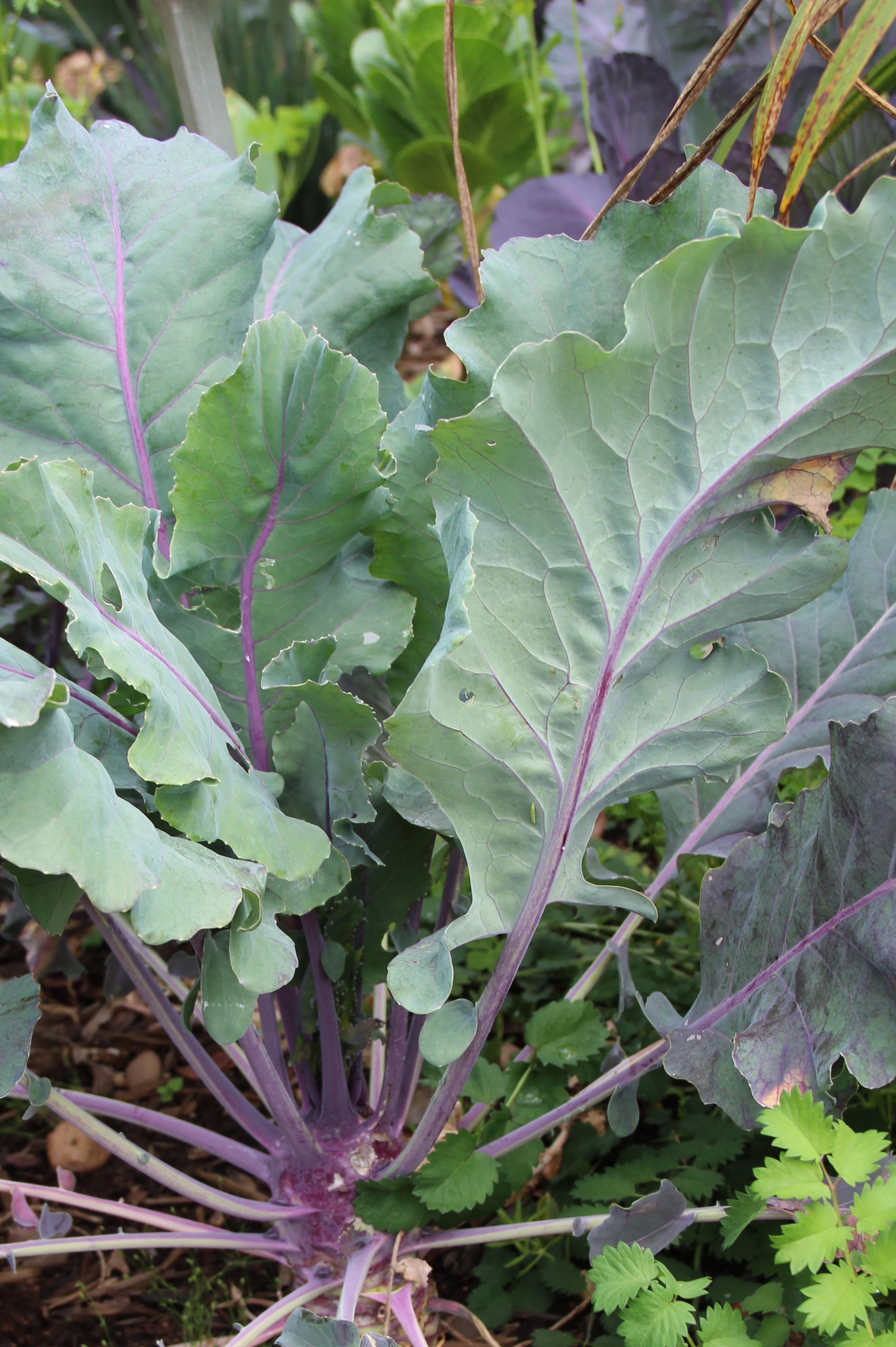
Kohlrabi: Brassica oleracea (Gongylodes Group) ‘Delicacy Purple’
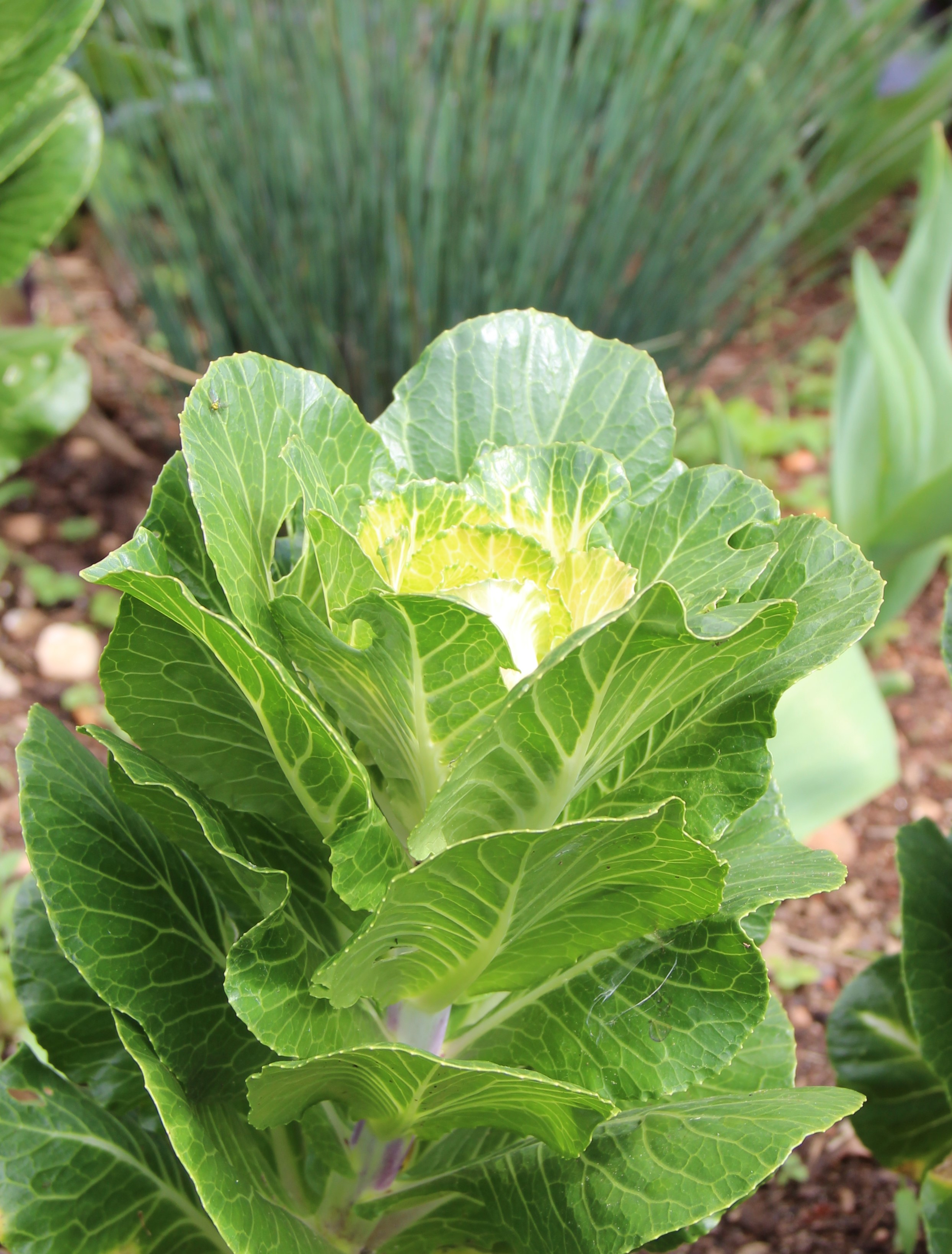
White ornamental kale: Try the Crane series for cut flower arrangements.
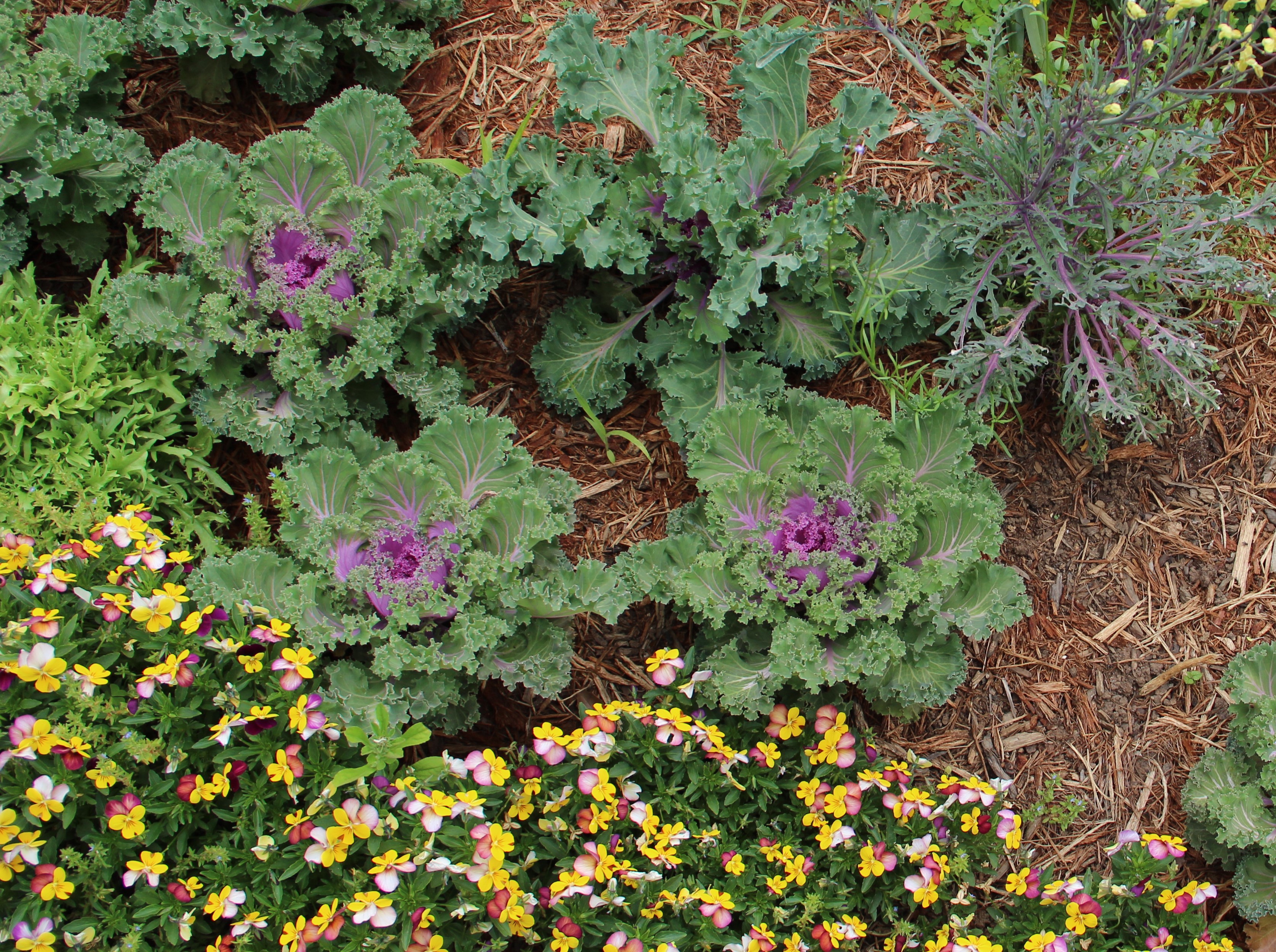
Upper right corner is Siberian Kale or Brassica napus (Pabularia Group) ‘Winter Red’
Giant Red Mustard produces a contrasting yellow flower.
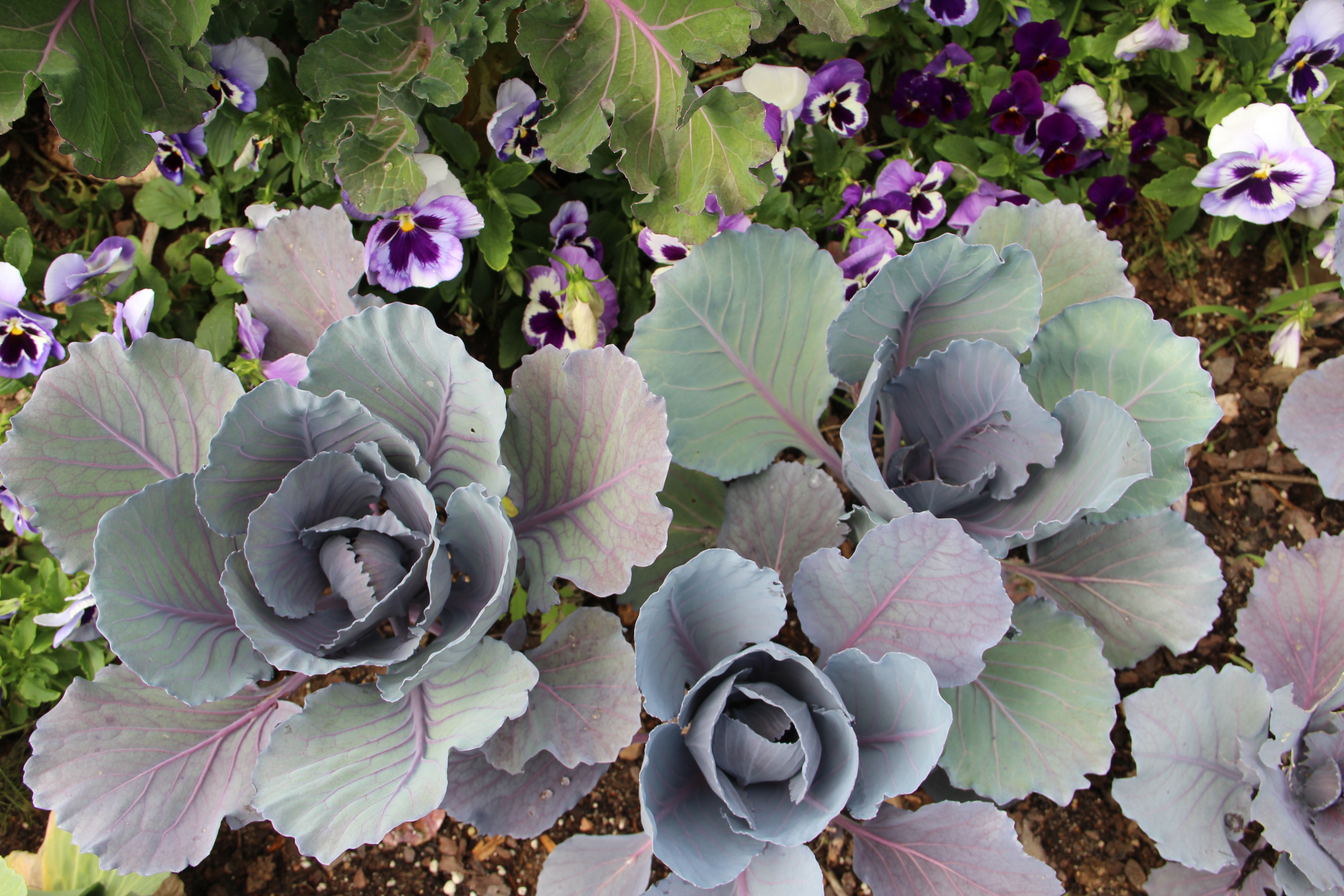
Cool season flowering plants like pansies and violas make great companion plants for brassicas.
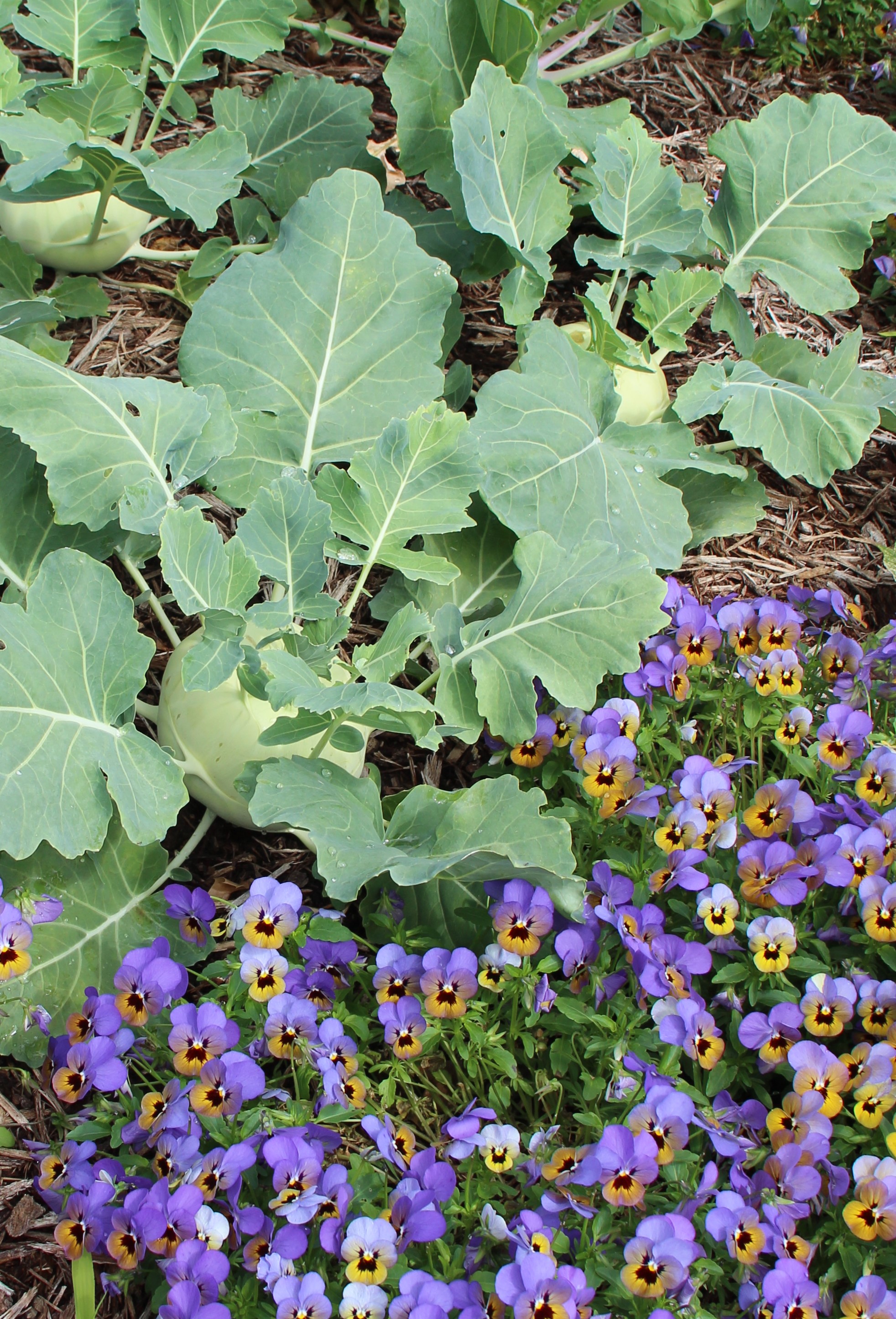
Kohlrabi paired with violas
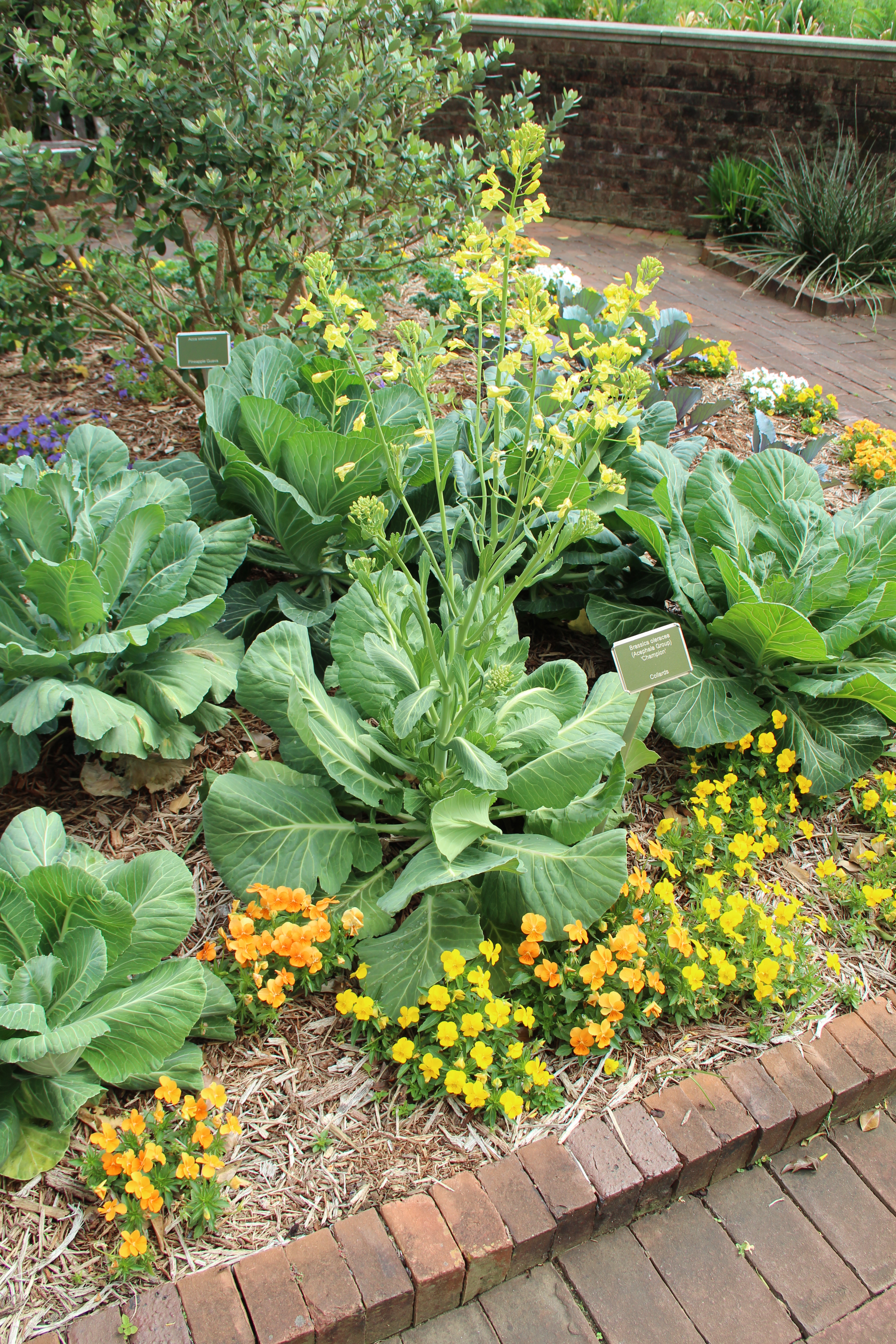
Collards take on more beauty as they flower here in yellow blooms.
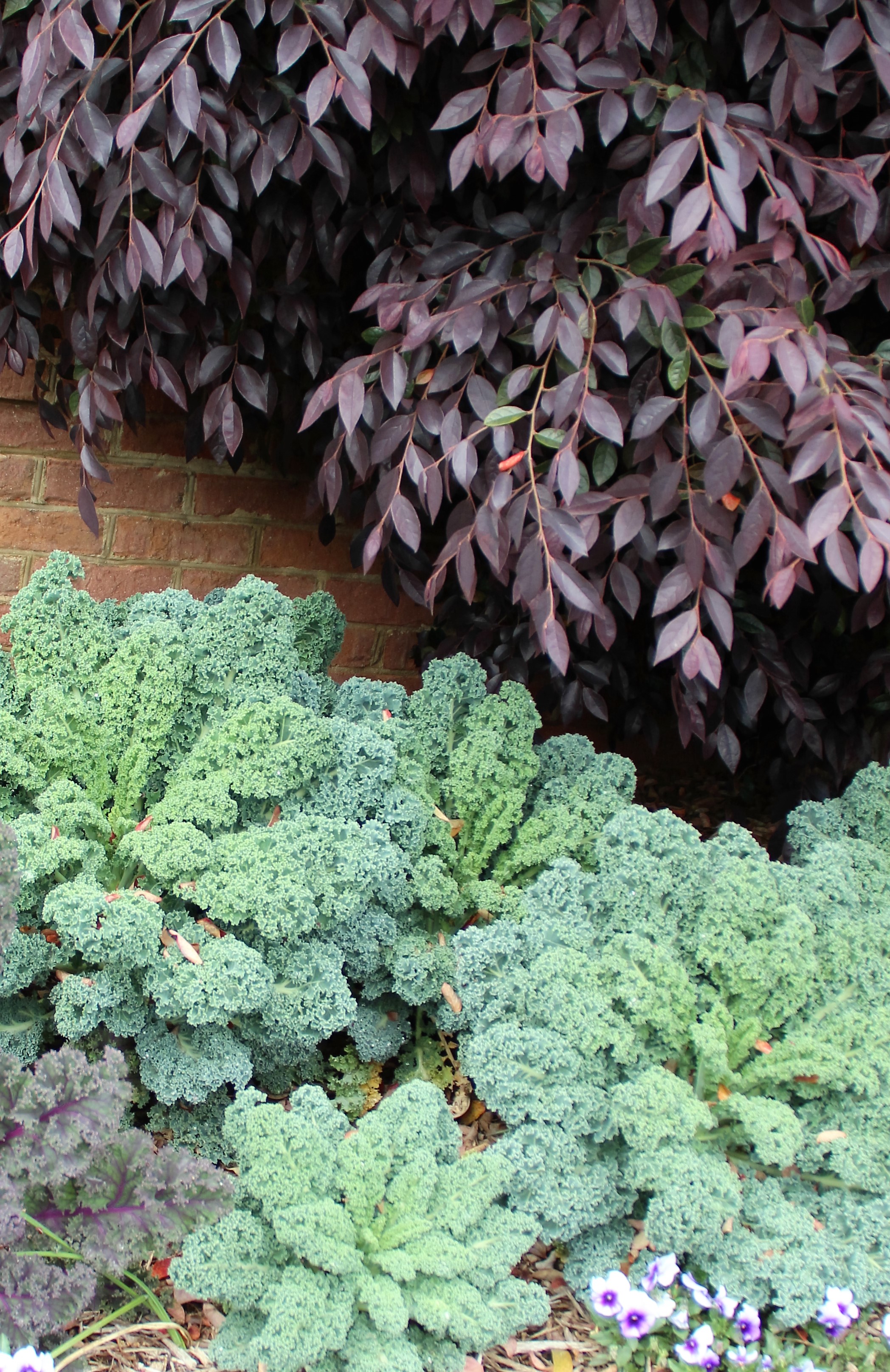
An planting of curly kale beneath a Chinese fringe tree
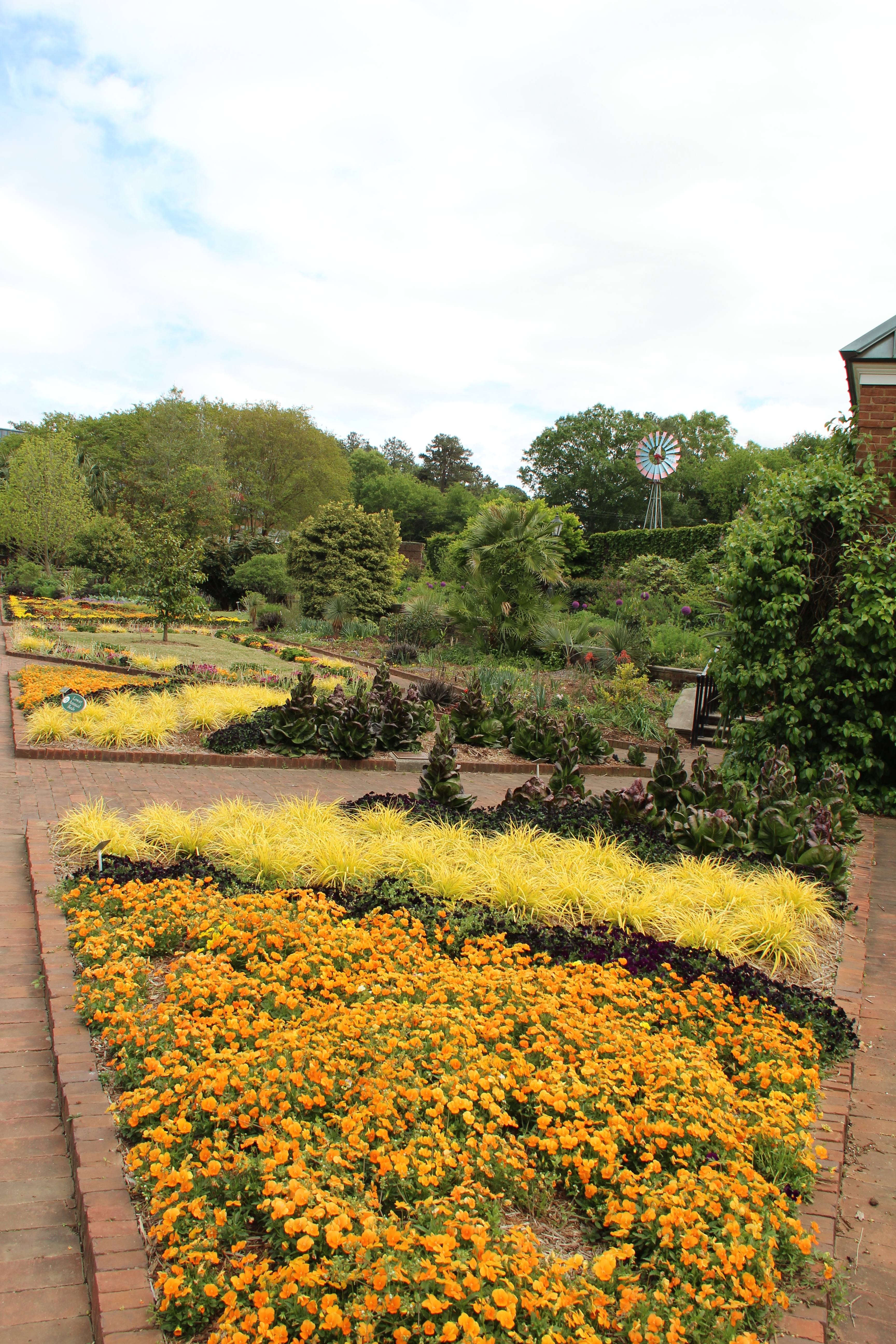
Visit Riverbanks Zoo & Botanical Gardens’ spring display in its 34,000-square-foot walled garden area.
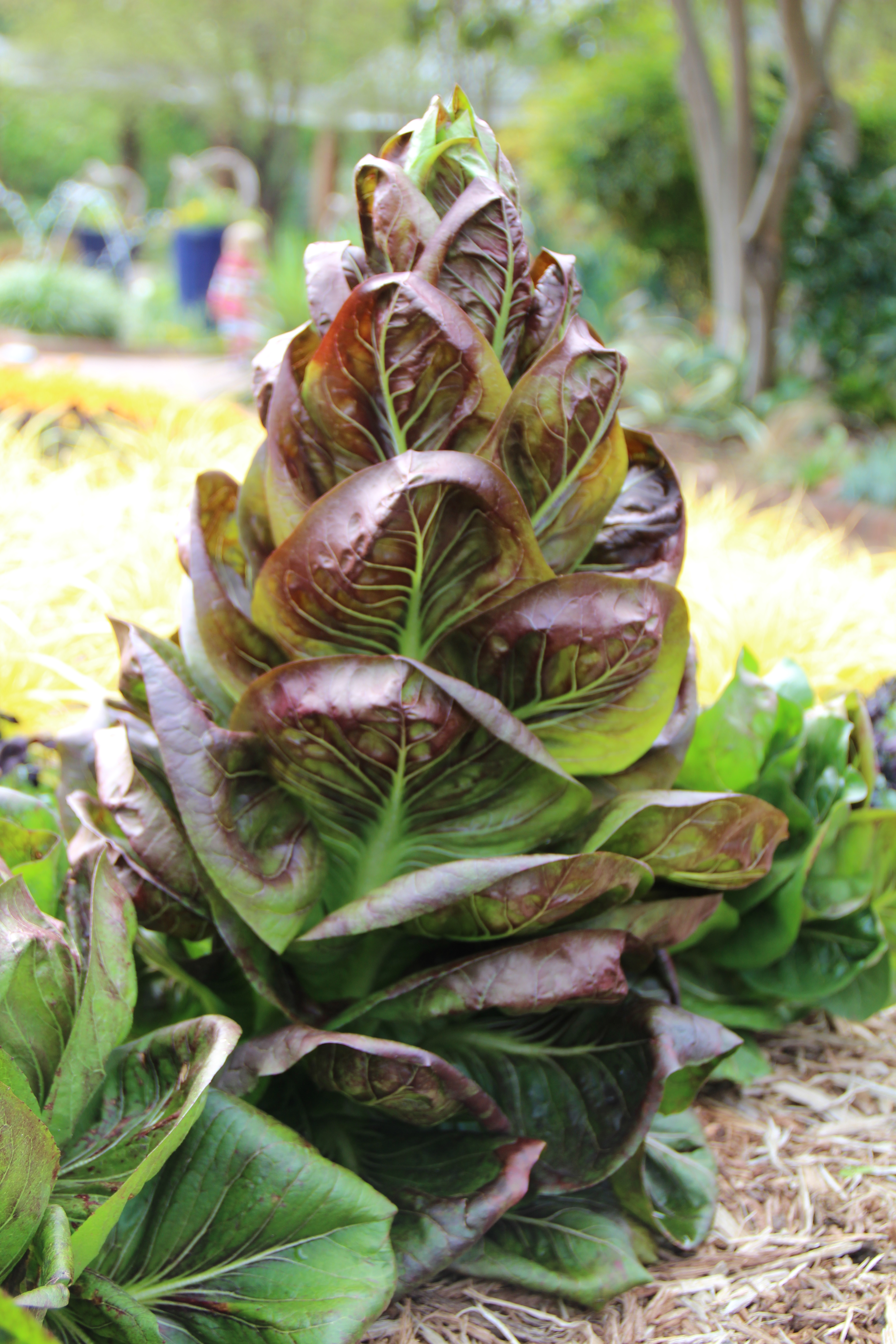
Radicchio Cichorium Intybus ‘Fiero’ (Not a brassica but a beautiful edible.)
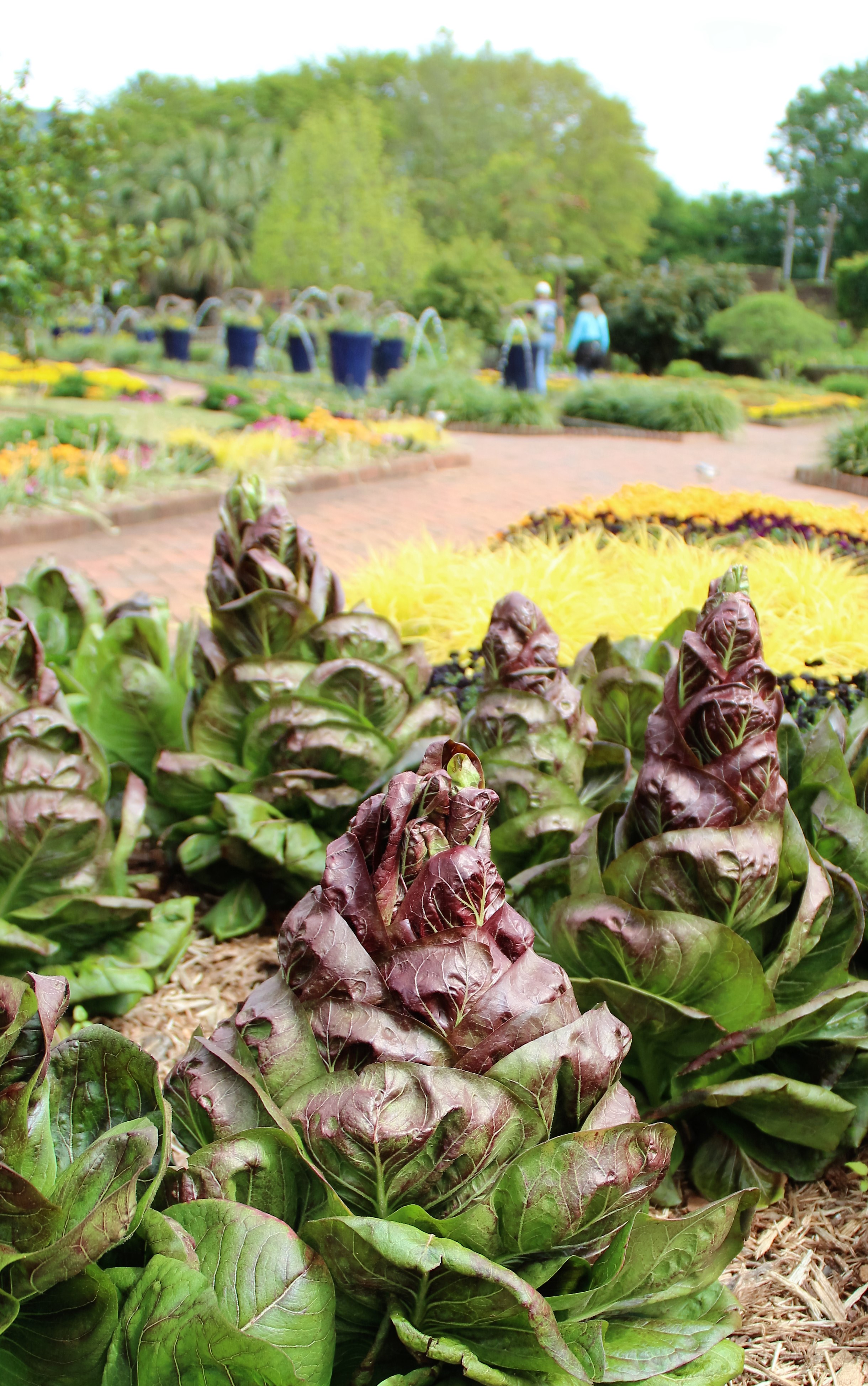
Radicchio add eye-catching conical shapes in the spring display garden.
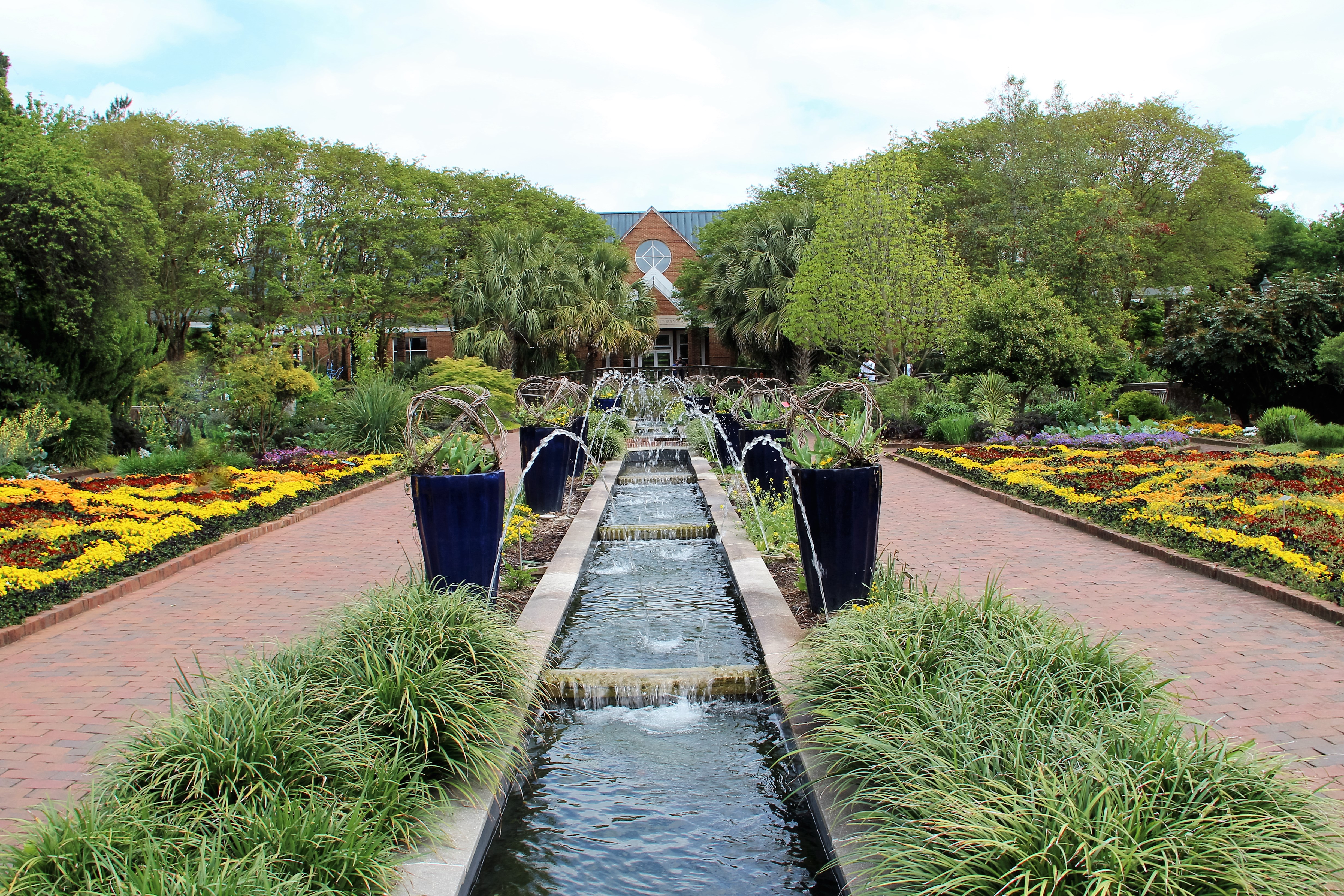
A 300-foot-long canal featuring cascades and pinwheel fountains serves as the focal point of the impressive spring display in the walled garden at Riverbanks Zoo & Botanical Garden.
by GardenLover | Jan 14, 2016 | Trendspotting
Bugs, Biophilia and Boldness
By Teresa Woodard
Hello, 2016! At Heartland Gardening, we ring in the new year with a trends round-up including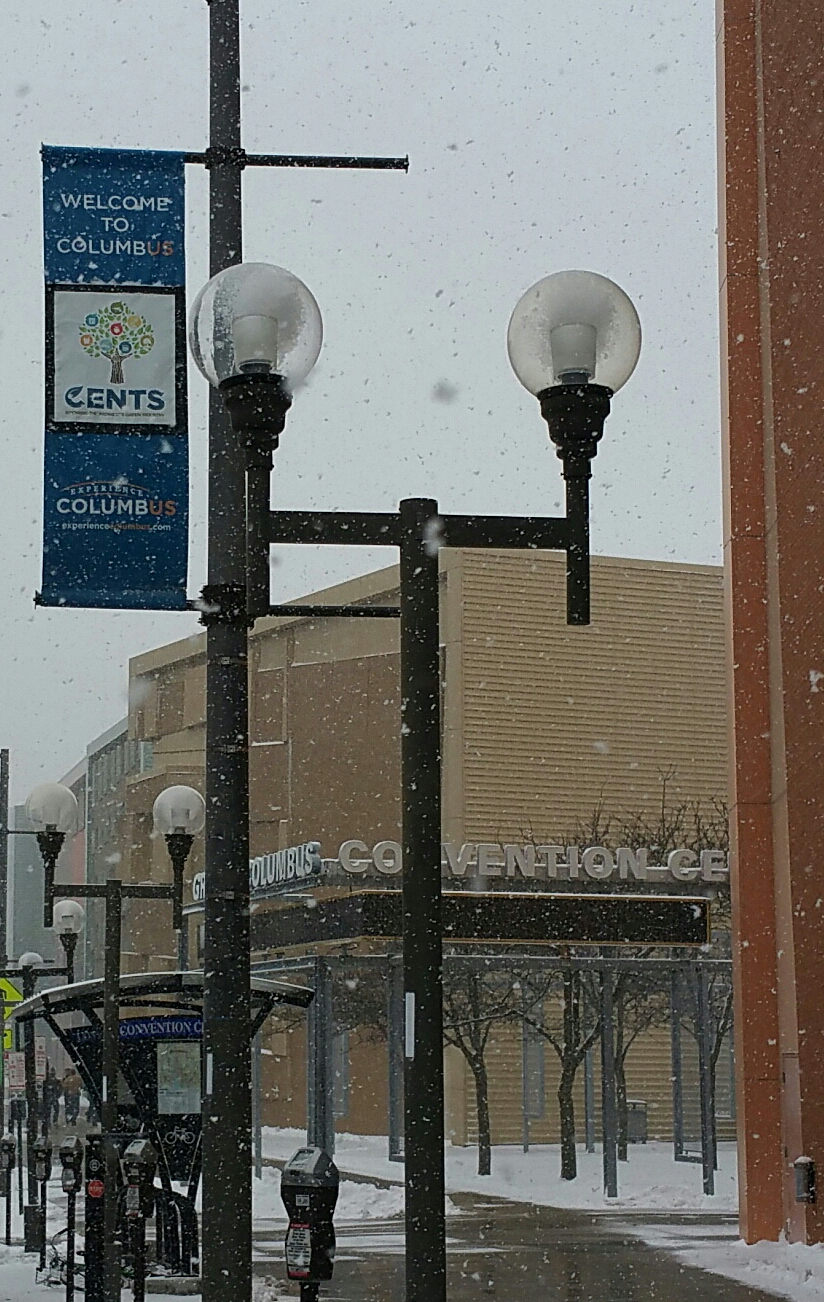 some highlights from this week’s CENTS convention (Central Environmental Nursery Tradeshow) at the Greater Columbus Convention Center in downtown Columbus.
some highlights from this week’s CENTS convention (Central Environmental Nursery Tradeshow) at the Greater Columbus Convention Center in downtown Columbus.
· Embracing bugs – Today, more than ever, gardeners are appreciating insects’ important roles not just as pollinators but also as decomposers and predators to manage insect populations. They’re adding plants to attract beneficial bugs and rethinking pesticide practices that can harm them. According to Bug Lady Suzanne Wainwright-Evans, beneficial bugs bring a $4.5 billion value to the green industry. She shared a link to helpful plant lists from Penn State’s pollinator trial gardens.
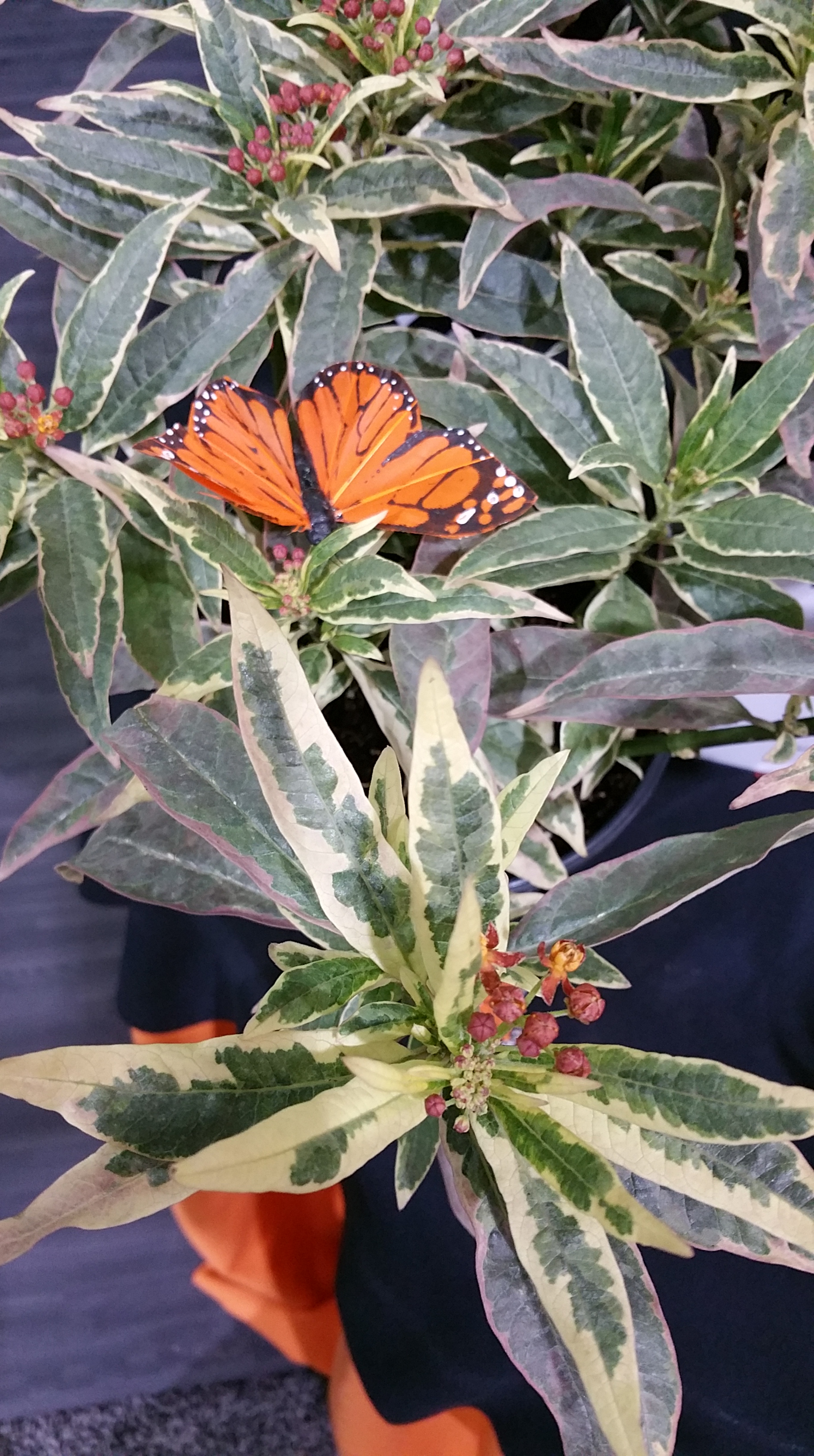
A new variegated milkweed (Asclepias ‘Monarch Promise’)
· Designing biophilic – Economist Charlie Hall says biophilic design is today’s hottest architectural trend. Architects and landscape designers are adopting biophilic design elements to bring nature’s healing qualities to today’s homes and landscapes. Think green roofs, green walls, natural lighting, water features and green infrastructure.
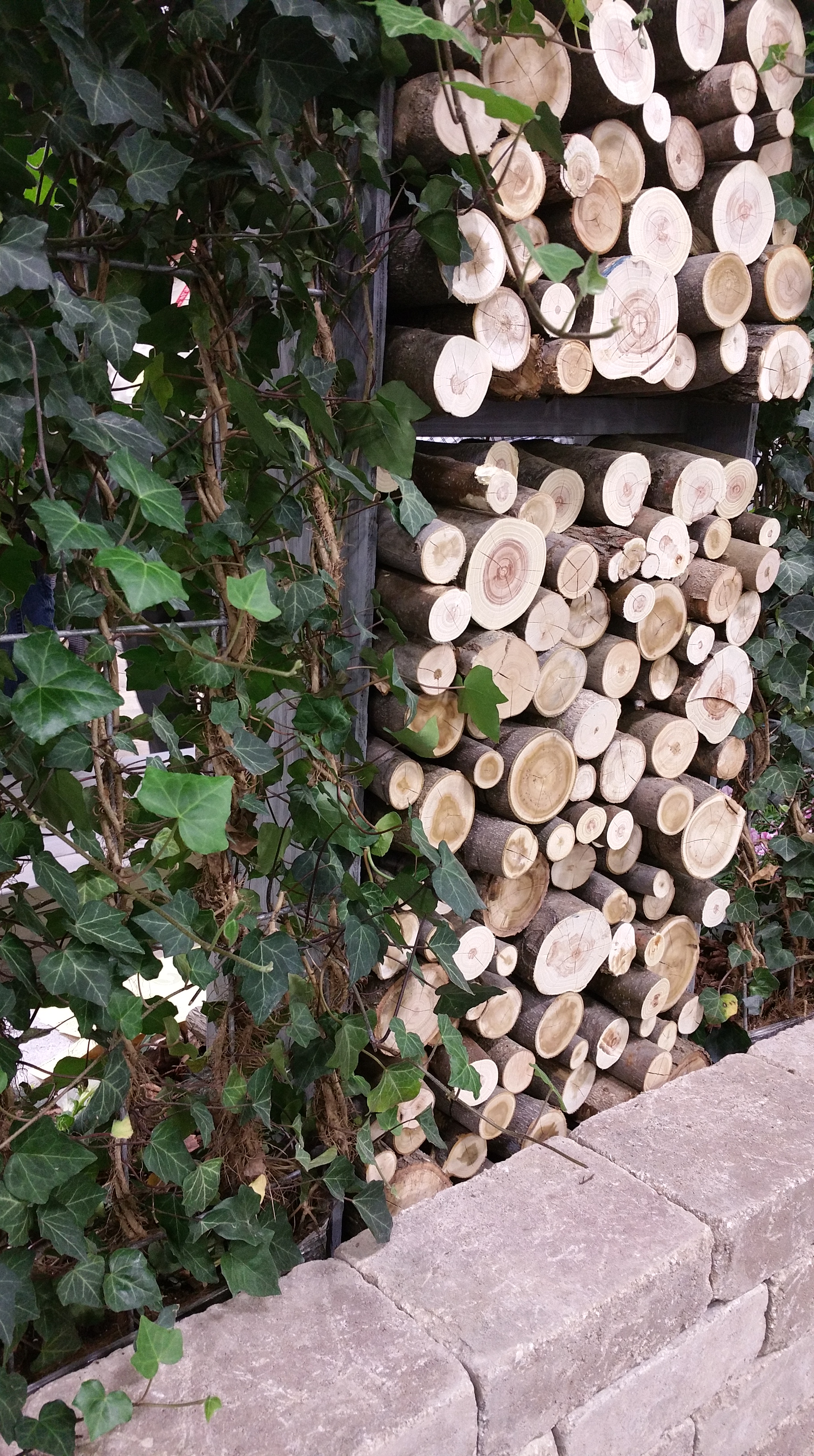
Biophilia design elements like green walls, green roofs and green infrastructure
· Changing demographics – Hall also says two changing demographic groups – Millennials (ages 18-34) and Baby Boomers (ages 51-69) will offer opportunities for the green industry. As the Millennials begin to buy homes, they will be adding landscapes, and as Baby Boomers age they will demand more landscape services to maintain their properties.

Economist Charles Hall at CENTS 2016
· Growing edibles – More and more nurseries are jumping on the edibles trend, so consumers will have even more options at their local garden centers. At the CENTS show, Debra Knapke presented on “Native Edibles” and said that adding plants that have multiple functions, edibility being one of them, is a way to build functional plant communities.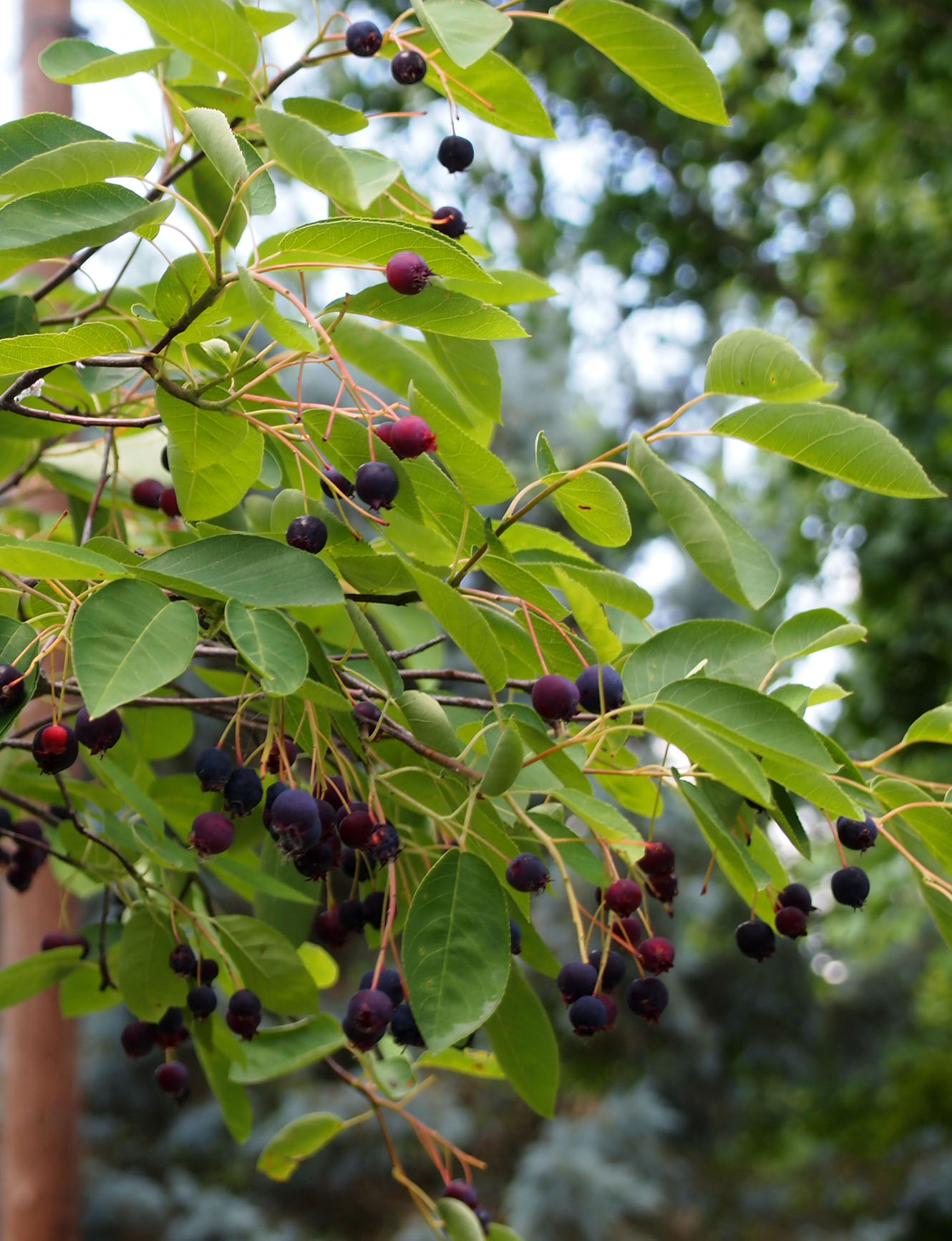
· Bold backyards — The Garden Media Group reports homeowners are taking a bolder approach to outdoor living. Customization, new lighting and sound options are driving the trend for these ultra-personalized backyards. Homeowners are moving away from subtle, minimalist aesthetics toward designs that heighten sensory appeal. At the CENTS show, we saw bold tropicals, striking succulents and beautiful porcelain outdoor tiles. In the color palette, orange and sangria continue to be popular colors. Pantone, the global color authority, recently announced its colors of the year for 2016: Rose Quartz and Serenity (muted shades of pink and blue). We’ll have to wait and see how these pale colors play out in the horticulture world in the next season or two.
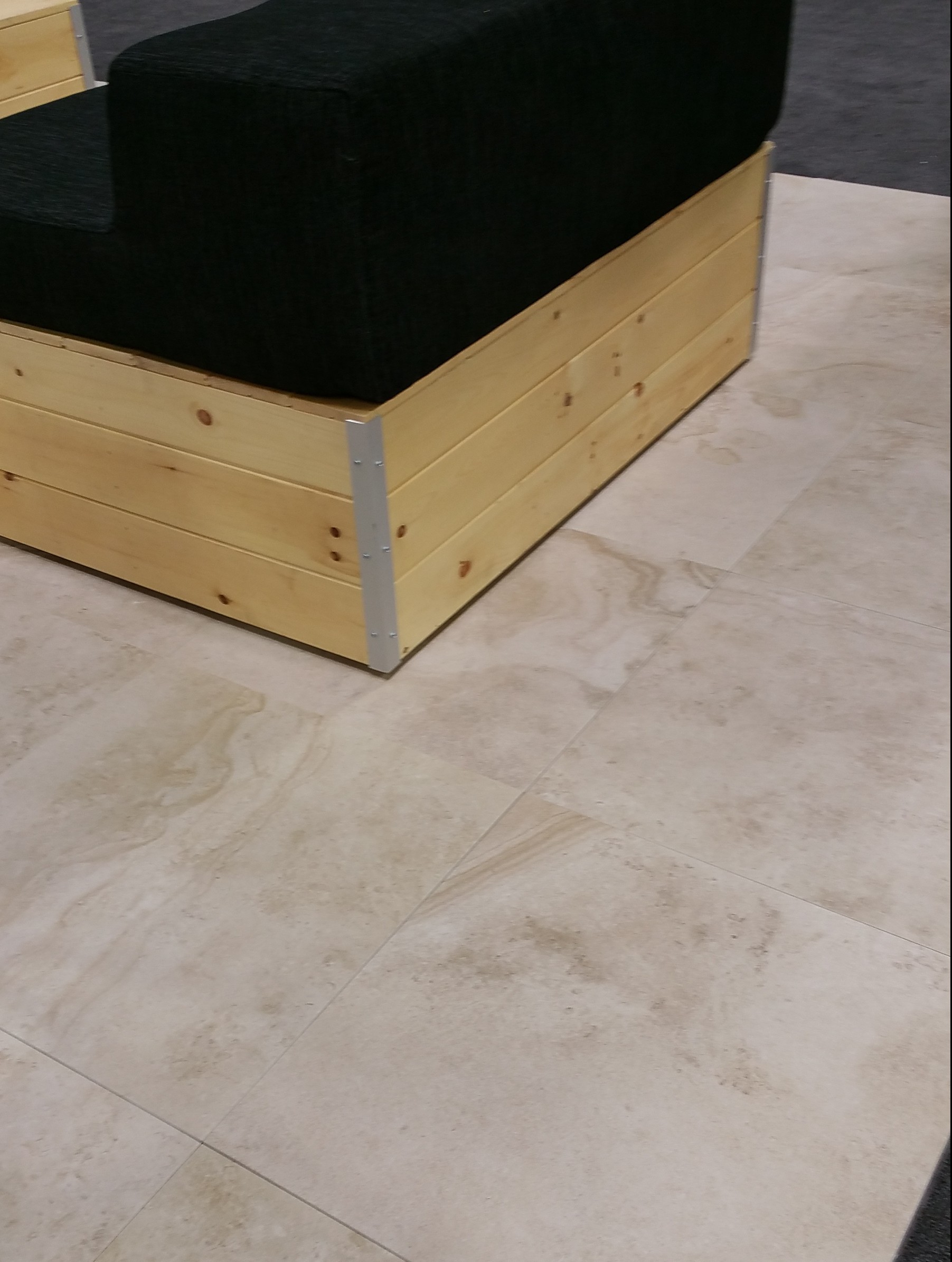
Porcelain outdoor tiles showcased at CENTS 2016
by GardenLover | Sep 8, 2015 | Trendspotting
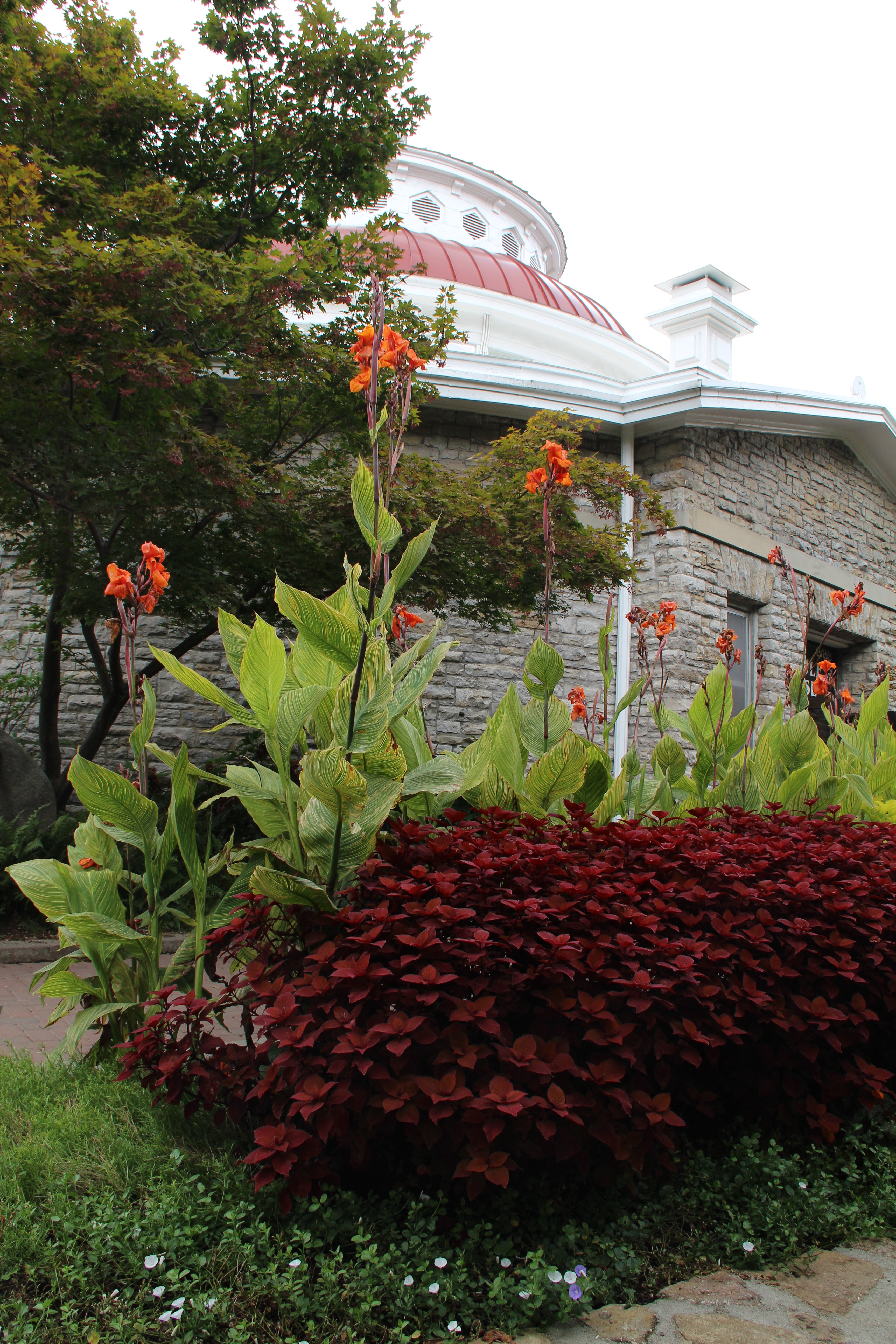
Each year, 15,000 annuals are planted at the Cincinnati Zoo & Botanical Gardens. Here, Canna ‘Bengal Tiger’ and Coleus ‘Keystone Kopper’ dress up the Reptile House.
Winning Plants for Summer Color
By Teresa Woodard
In the gardening world, annual plants are often the step-child to the perennial darlings. But Scott Beuerlein, horticulturalist at the Cincinnati Zoo & Botanical Gardens, opened my eyes to the virtues of annuals at the recent Plant Trials Day hosted at the beautifully landscaped zoo.
He says the colorful flowers can’t be beat for their “50 MPH wow”. They may only last for a season, but their color is nonstop for several months. Plus, they pack a lot of punch in container gardens, add traffic-stopping curb appeal to the landscape, build community pride in public spaces, bring joy to senior centers and hospitals, offer nectar and pollen to several pollinators, and even minimize weeds when densely planted.
Here are ten favorites at the zoo.
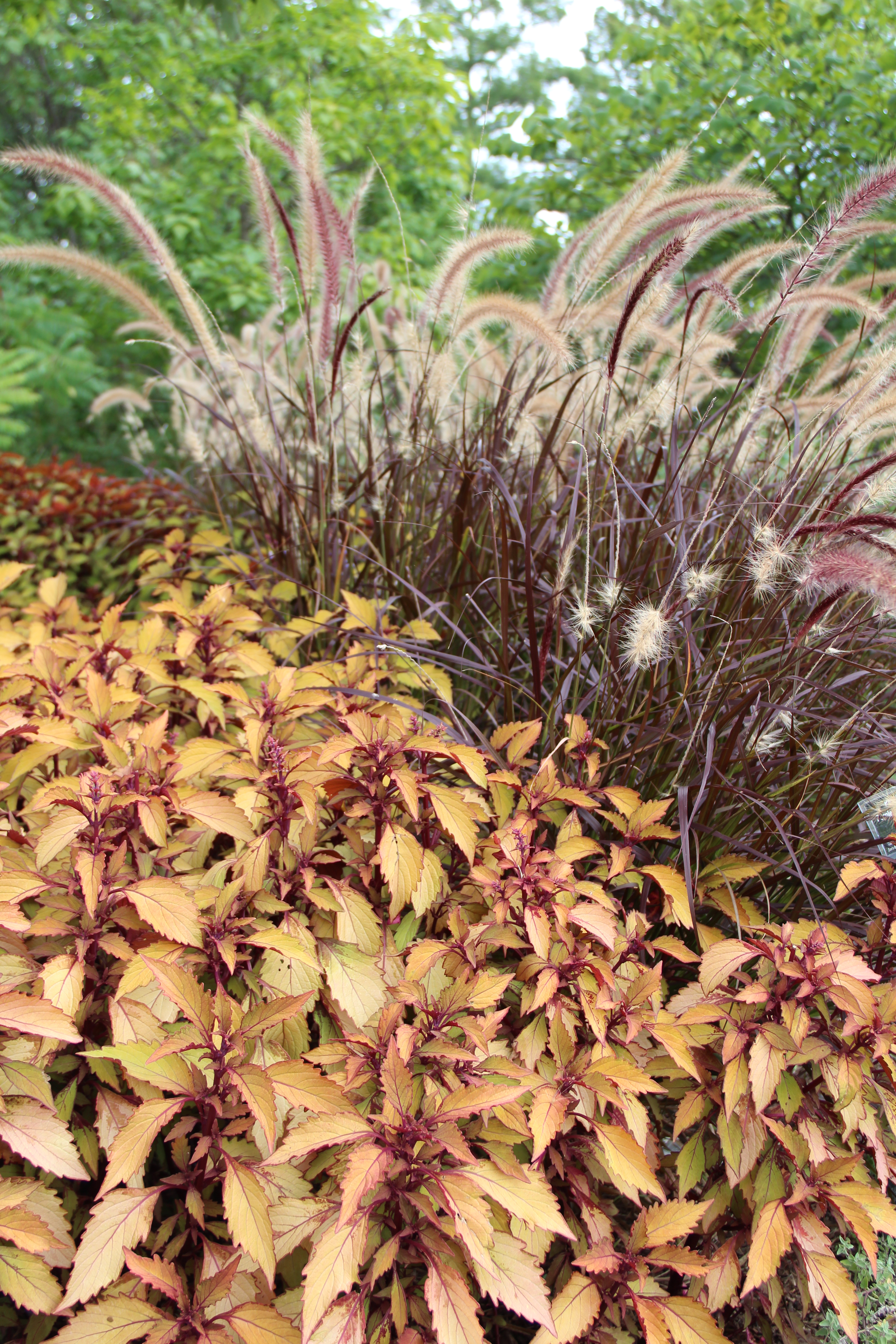
Pennisetum ‘Rubrum’ (purple fountain grass) and Flame Thrower Coleus ‘Spiced Curry’
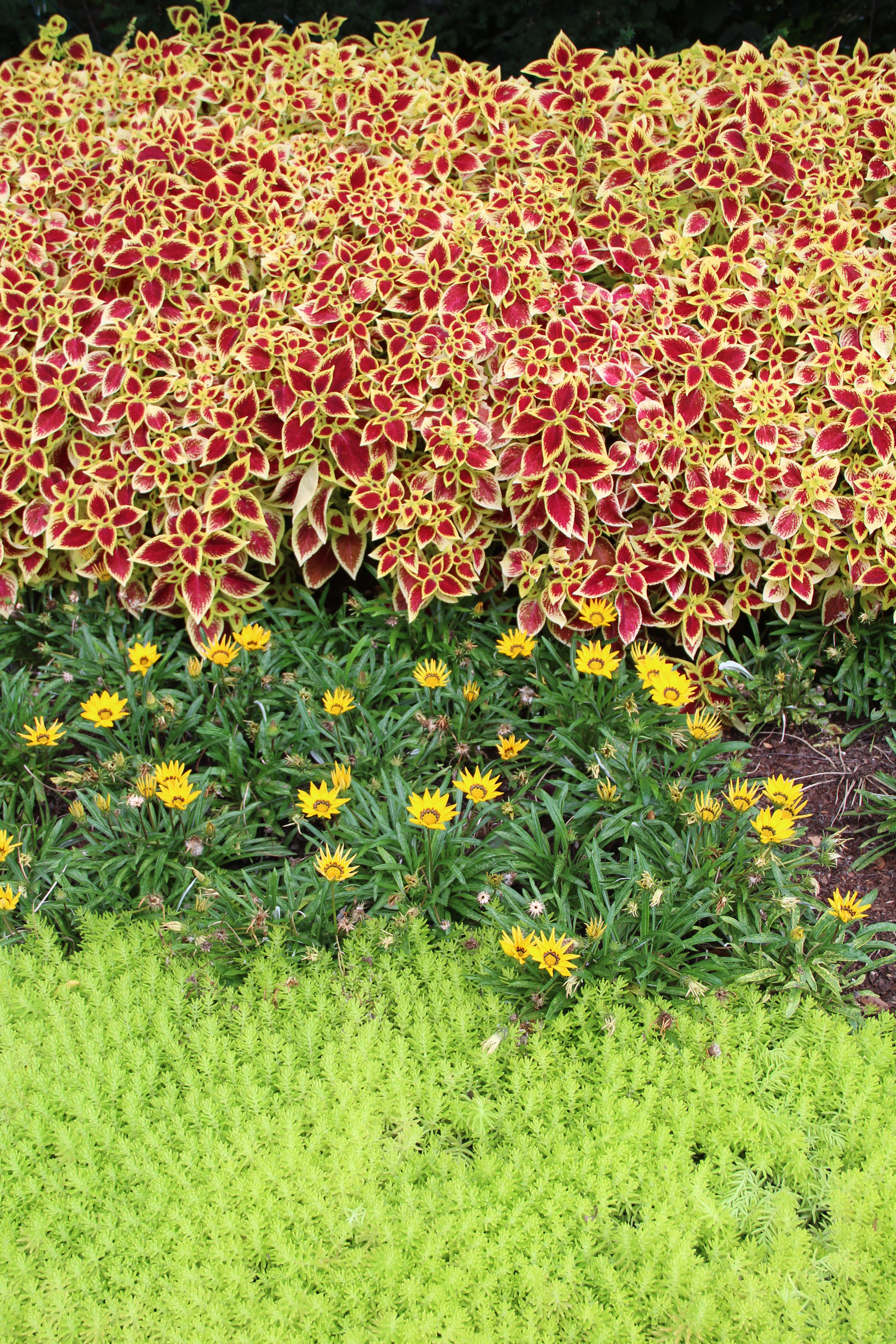
Coleus ‘Premium Sun Crimson Gold’ with Sedum ‘Lemon Coral’ and gazania.
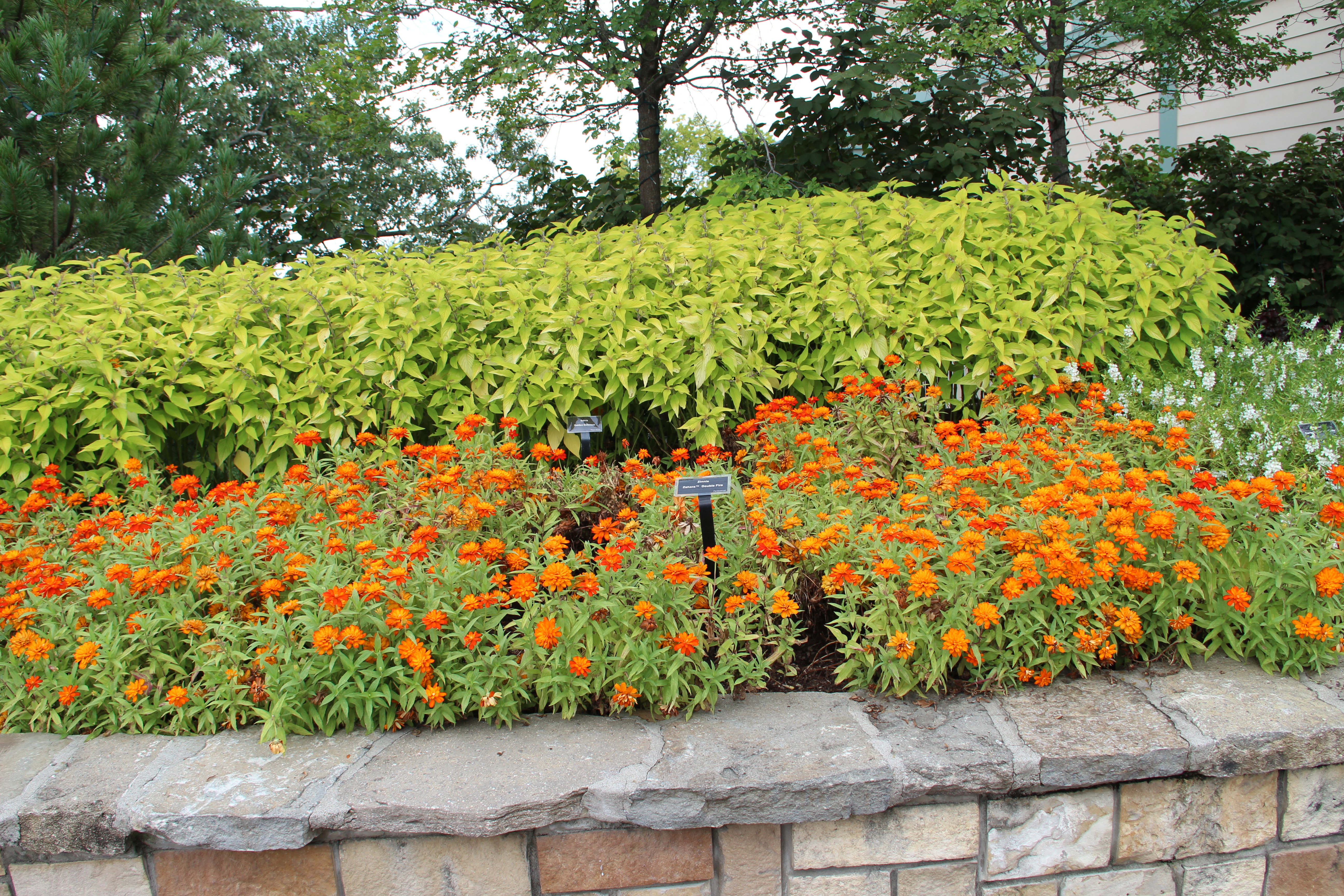
Salvia ‘Golden Delicious’ and Zinnia ‘Sahara Double Fire’
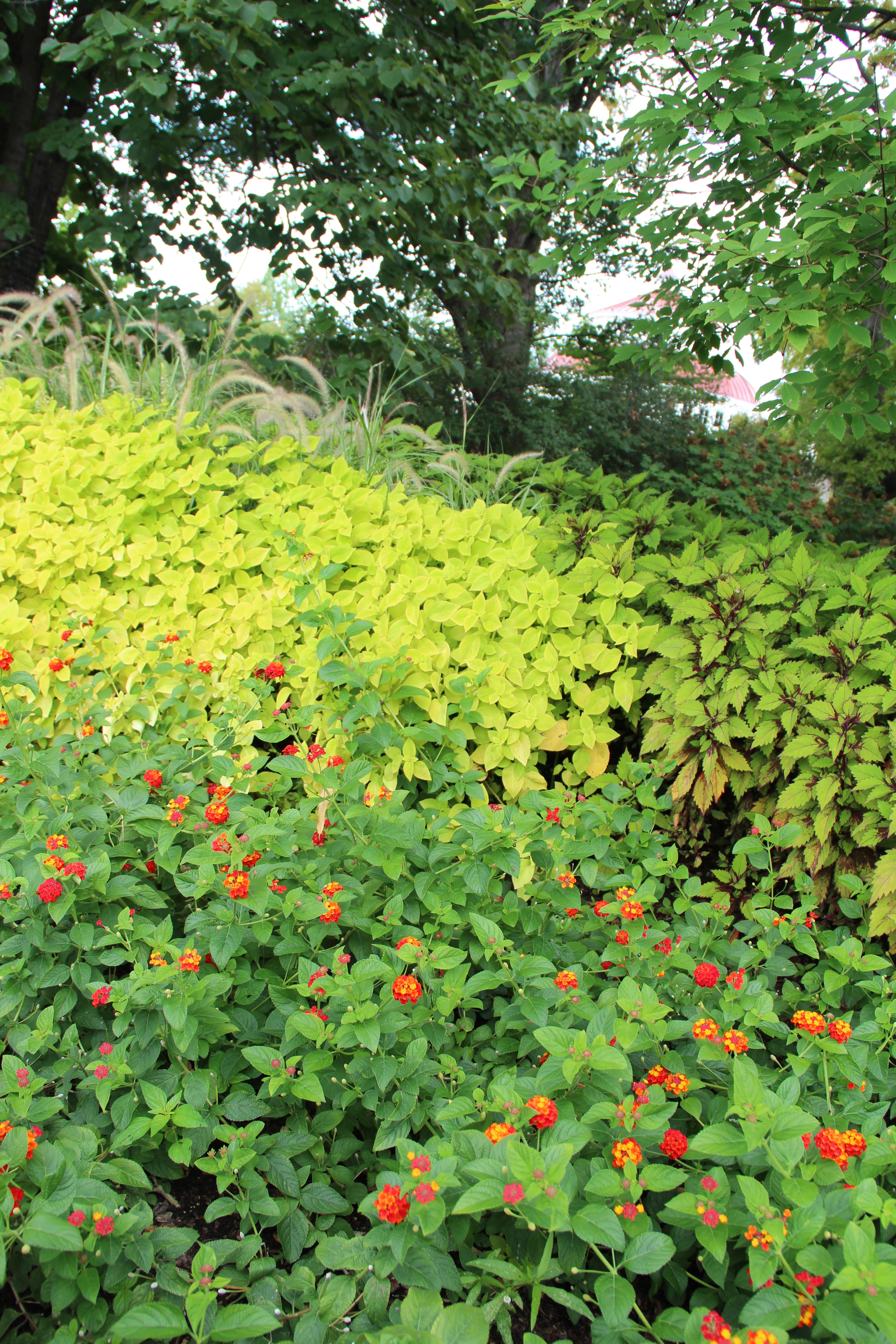
Coleus ‘Lime Time’ and Lantana ‘Luscious Citrus Blend’
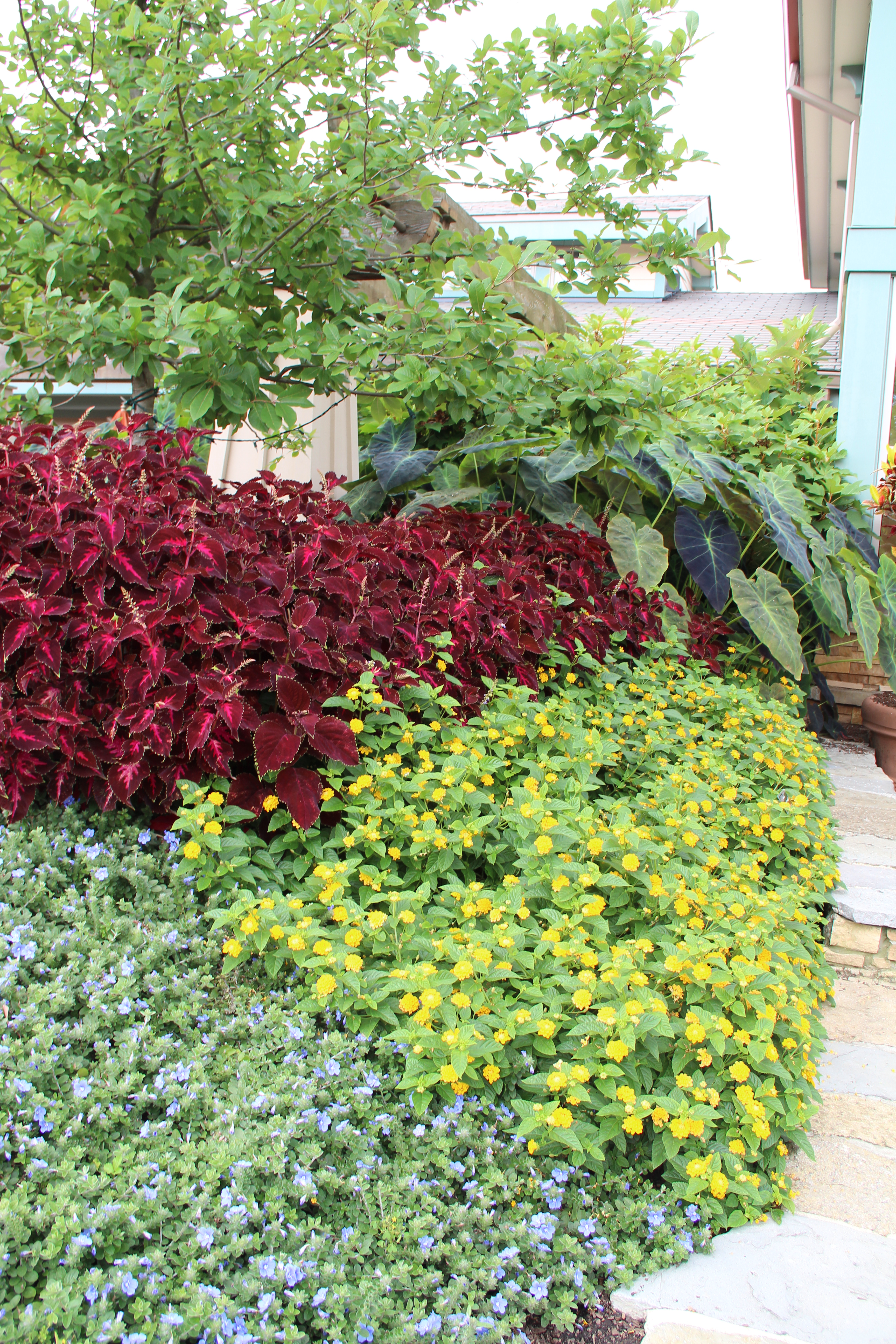
Coleus ‘Colorblaze Kingswood Torch’, Dwarf Morning Glory ‘Blue My Mind’ and Lantana ‘Little Lucky Pot of Gold’
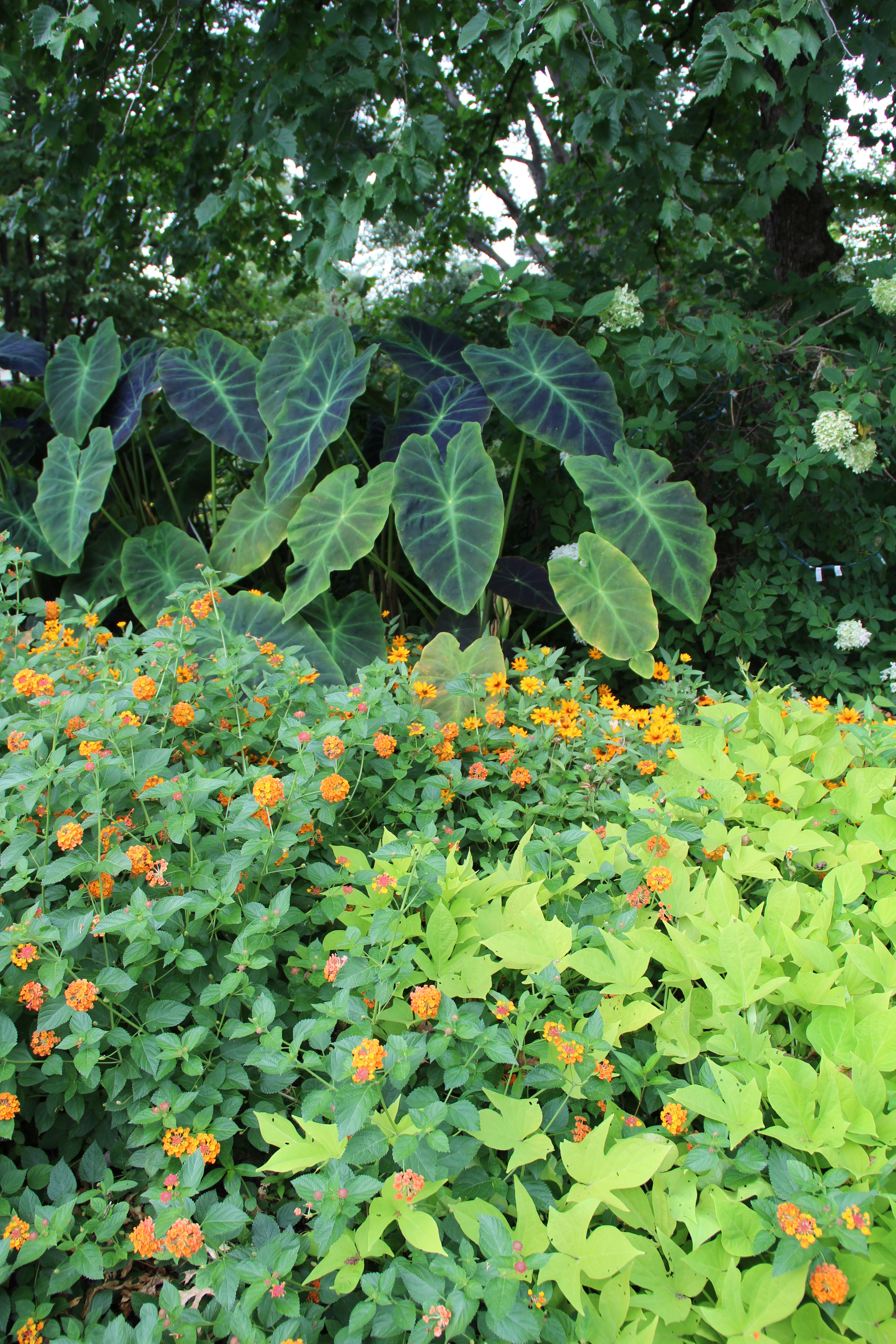
Colocasia, Lantana ‘Luscious Marmalade’ and Ipomoea ‘Sweet Caroline Light Green’ (sweet potato vine)
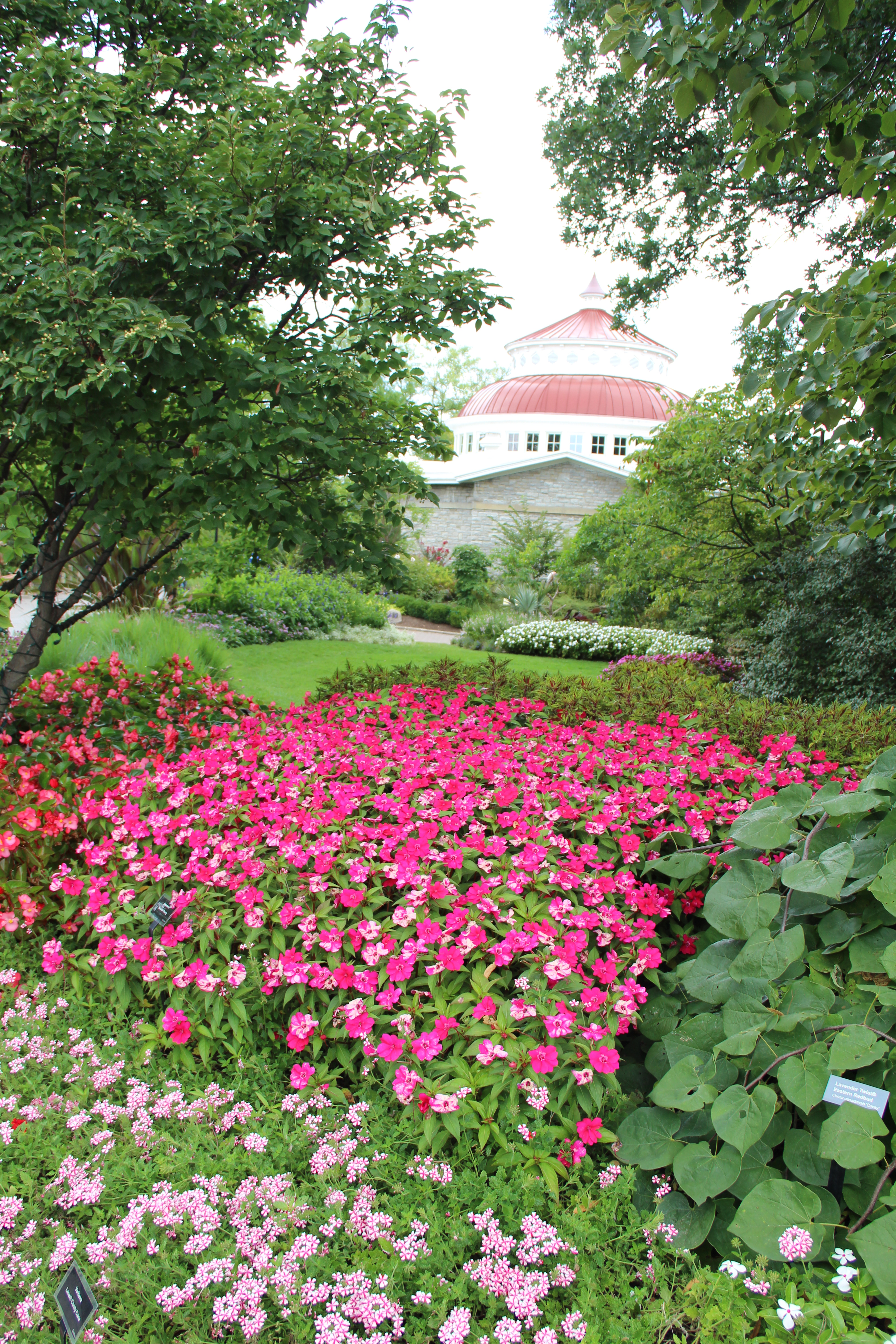
Impatiens ‘Bounce Cherry’ and Verbena ‘Lanai Candy Cane’
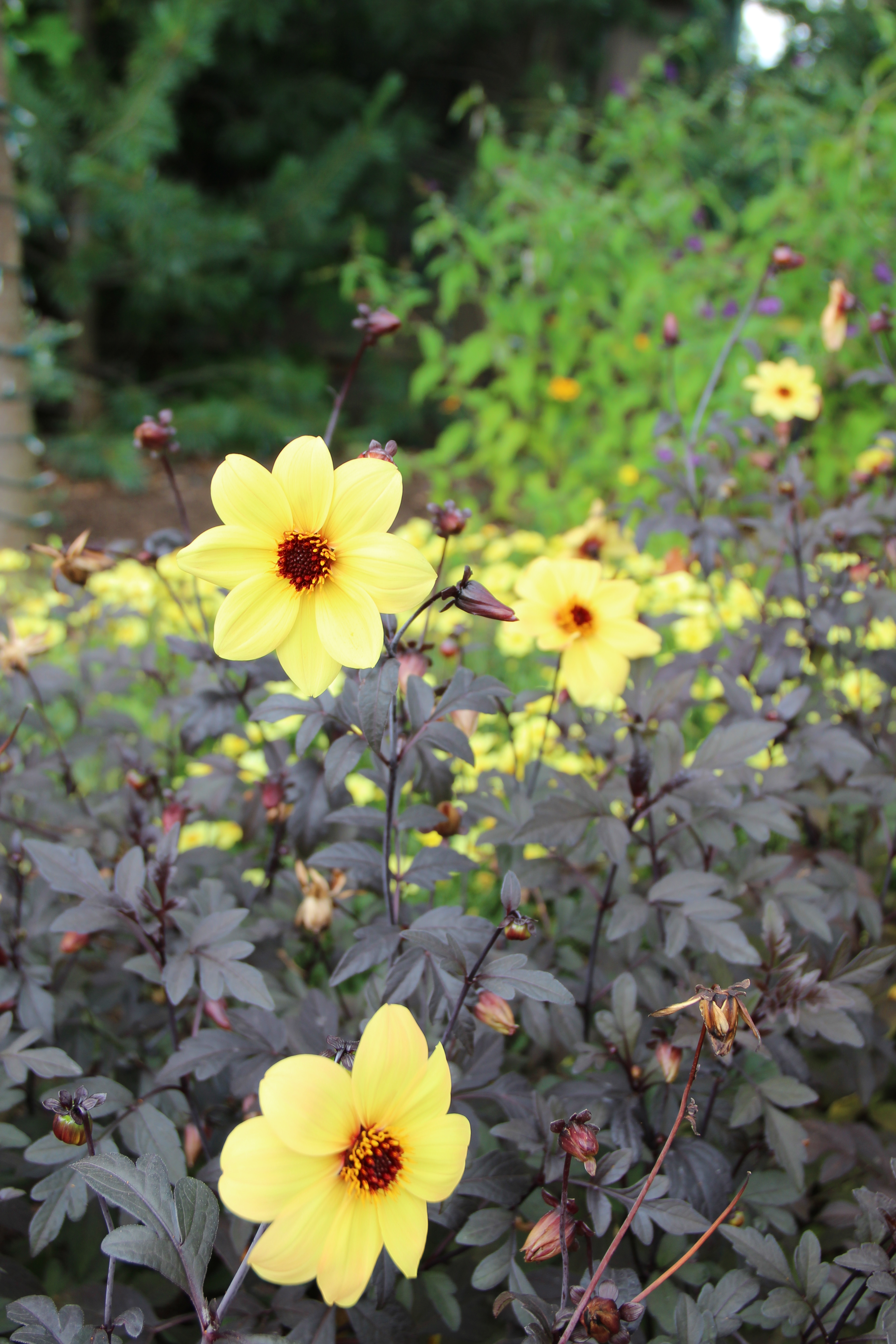
Dahlia ‘Mystic Illusion’
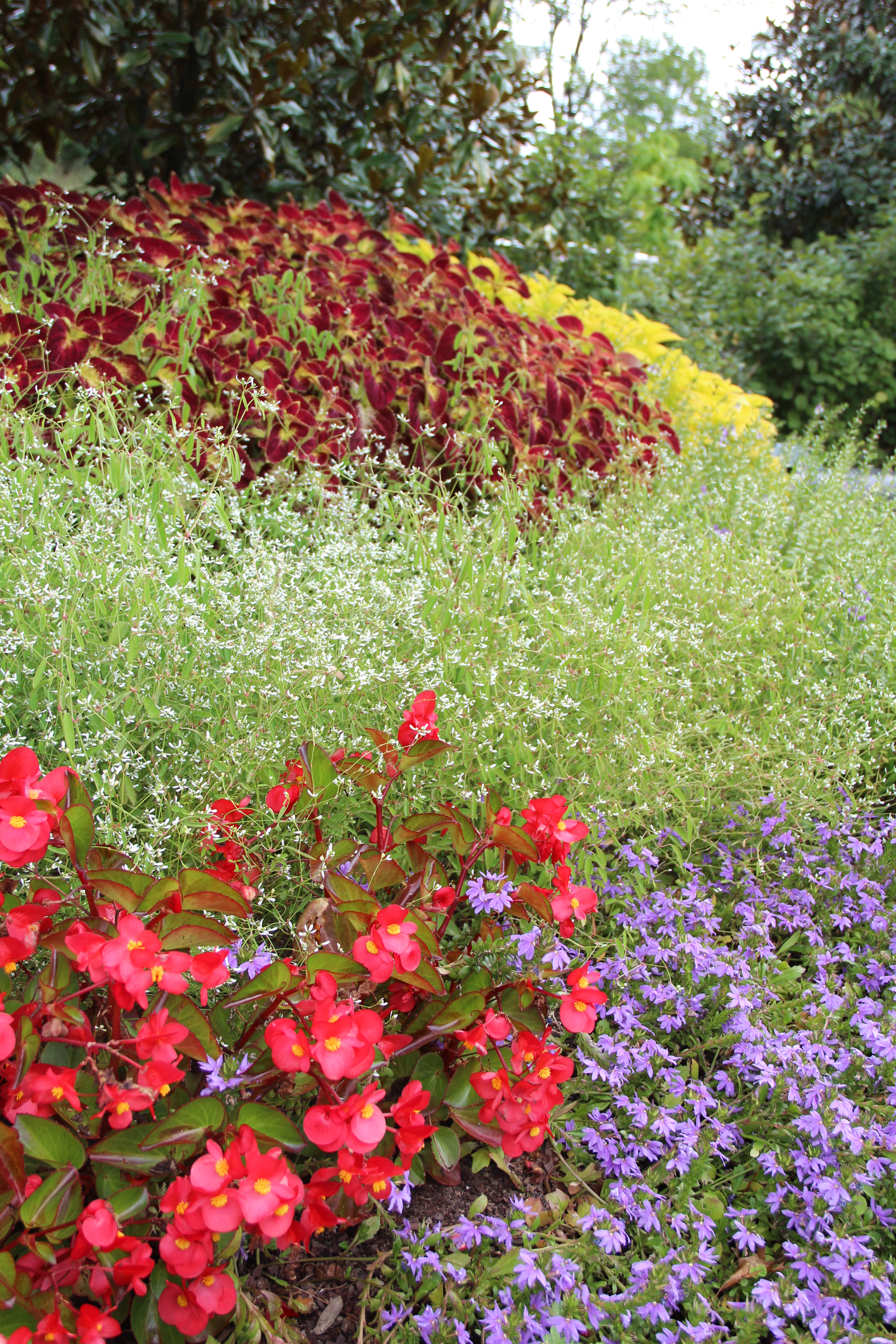
Coleus ‘Dipt in Wine’ and Euphorbia ‘Glitz’ with red begonias
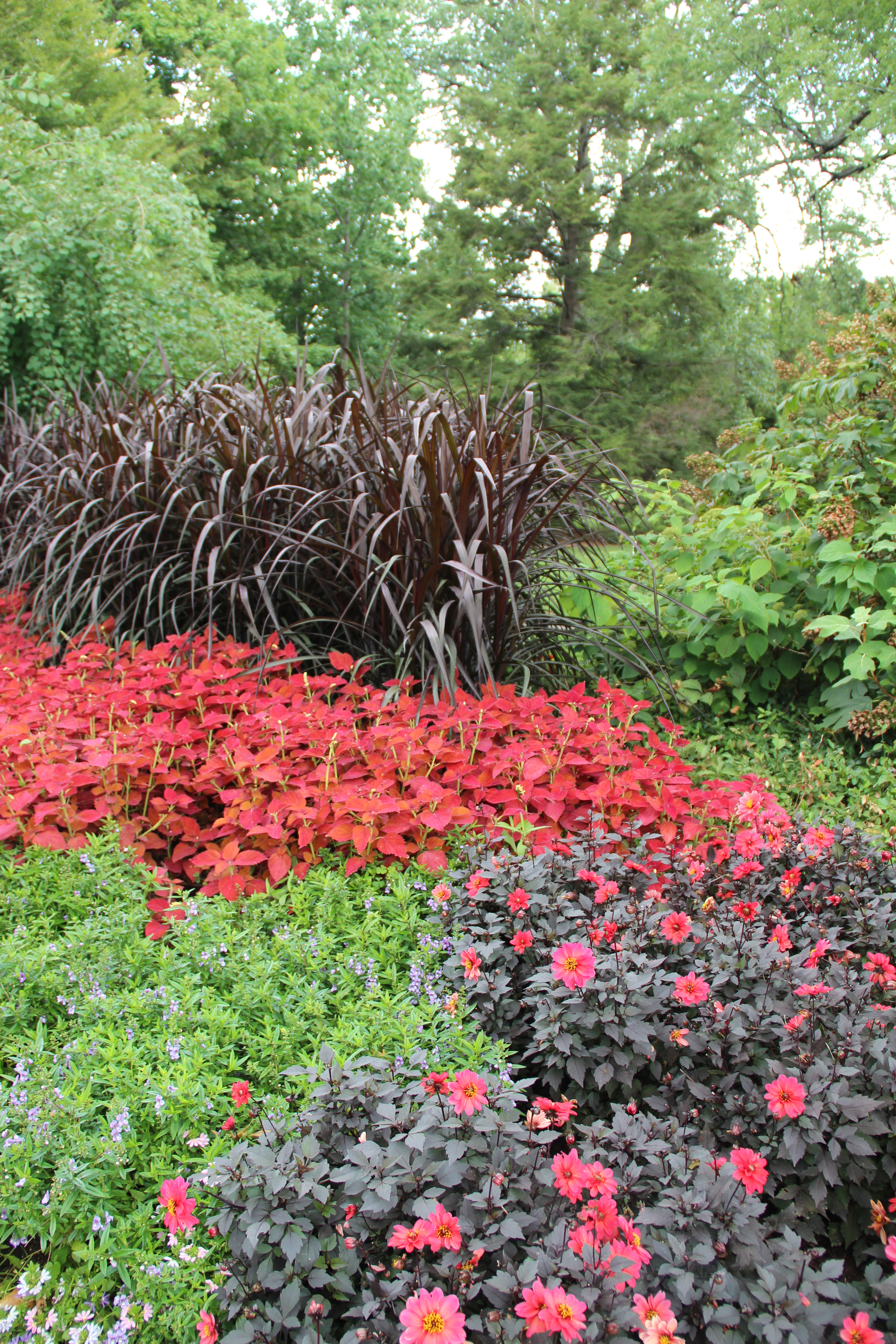
Pennisetum ‘Vertigo’ and Coleus ‘Alabama’ with dahlias.
 By Teresa Woodard
By Teresa Woodard








 Sages are among my favorite plants: gorgeous flowers, hummingbird and other pollinator attractors, herbal uses, and easy to grow. Above is one of the Brazilian sage species (Salvia guaranitica ‘Amistadt’). Its electric purple blooms call you from across the garden. An older sibling (below) is Black and Blue sage (Salvia guaranitica ‘Black and Blue’). When you grow this sage in your garden be prepared to be strafed by hummingbirds if you happen to be weeding when they wish to feed.
Sages are among my favorite plants: gorgeous flowers, hummingbird and other pollinator attractors, herbal uses, and easy to grow. Above is one of the Brazilian sage species (Salvia guaranitica ‘Amistadt’). Its electric purple blooms call you from across the garden. An older sibling (below) is Black and Blue sage (Salvia guaranitica ‘Black and Blue’). When you grow this sage in your garden be prepared to be strafed by hummingbirds if you happen to be weeding when they wish to feed.
 From time the time, the experts are stumped. This lovely little annual had many of us asking: “What is this?” When we found a docent who had the plant list and learned that we were looking at a large-flowered laurentia (Isotoma axillaris ‘Avant Garde White’), there were more than a few sheepish expressions. The flowers were approximately 1.5” in diameter – they are usually much smaller – and they danced in the breeze. And, another plant goes on the list for next year!
From time the time, the experts are stumped. This lovely little annual had many of us asking: “What is this?” When we found a docent who had the plant list and learned that we were looking at a large-flowered laurentia (Isotoma axillaris ‘Avant Garde White’), there were more than a few sheepish expressions. The flowers were approximately 1.5” in diameter – they are usually much smaller – and they danced in the breeze. And, another plant goes on the list for next year! Alliums are another useful plant in the garden. One downside is their excessive seeding. After three to four years, you may have only alliums in your garden. Enter some of the new hybrids that make few to no fertile seeds. Pink Planet allium (above) is one of those new hybrids; Millennium is another – Millennium allium is now in my garden. I will let you know about its fecundity.
Alliums are another useful plant in the garden. One downside is their excessive seeding. After three to four years, you may have only alliums in your garden. Enter some of the new hybrids that make few to no fertile seeds. Pink Planet allium (above) is one of those new hybrids; Millennium is another – Millennium allium is now in my garden. I will let you know about its fecundity. At Kelly and Kelly Nursery, we saw what patience and vision can achieve. Need a fence? Create a ginkgo espalier. If you start this project now, you can have this in 10 to 15 years, or so.
At Kelly and Kelly Nursery, we saw what patience and vision can achieve. Need a fence? Create a ginkgo espalier. If you start this project now, you can have this in 10 to 15 years, or so. I would be remiss if I didn’t include a picture from the edible garden at the Minnesota Landscape Arboretum. If you are looking for the tastiest crabapple for jams and jellies then Dolgo crabapple (Malus ‘Dolgo’) is your tree. What is the only difference between a crabapple and an apple? The diameter of a crabapple is two inches or less; an apple is larger than two inches.
I would be remiss if I didn’t include a picture from the edible garden at the Minnesota Landscape Arboretum. If you are looking for the tastiest crabapple for jams and jellies then Dolgo crabapple (Malus ‘Dolgo’) is your tree. What is the only difference between a crabapple and an apple? The diameter of a crabapple is two inches or less; an apple is larger than two inches. Not all of the plants we see are in pots or gardens. The Minnesota Landscape Arboretum has an extensive collection of rare books in its library. This gorgeous lily was hand-colored and sold in limited folios to those who could afford books back in 1542 — 50 years after Columbus sailed the ocean blue. (De Historia Stirpium, Leonhart Fuchs, 1542)
Not all of the plants we see are in pots or gardens. The Minnesota Landscape Arboretum has an extensive collection of rare books in its library. This gorgeous lily was hand-colored and sold in limited folios to those who could afford books back in 1542 — 50 years after Columbus sailed the ocean blue. (De Historia Stirpium, Leonhart Fuchs, 1542) Plants are the designer’s medium. We use the tools of line, form, texture and color to create borders, beds and vignettes. We make places of order, activity, privacy and repose. Here is a border that is peaceful and textural in nature.
Plants are the designer’s medium. We use the tools of line, form, texture and color to create borders, beds and vignettes. We make places of order, activity, privacy and repose. Here is a border that is peaceful and textural in nature.
 Being a plant addict is not a hopeless condition. There are times when something other than a plant grabs my attention. This green tree frog nestled in a ligularia leaf may have been one of the most photographed garden visitors on the garden tour. Of course we were discussing the perfect color harmony of the reddish-brown markings on the frog with the veins on the leaf. Get a bunch of designers together and what do you get? Endless discussions of color, form and texture in the garden!
Being a plant addict is not a hopeless condition. There are times when something other than a plant grabs my attention. This green tree frog nestled in a ligularia leaf may have been one of the most photographed garden visitors on the garden tour. Of course we were discussing the perfect color harmony of the reddish-brown markings on the frog with the veins on the leaf. Get a bunch of designers together and what do you get? Endless discussions of color, form and texture in the garden!
















 12)
12)

































